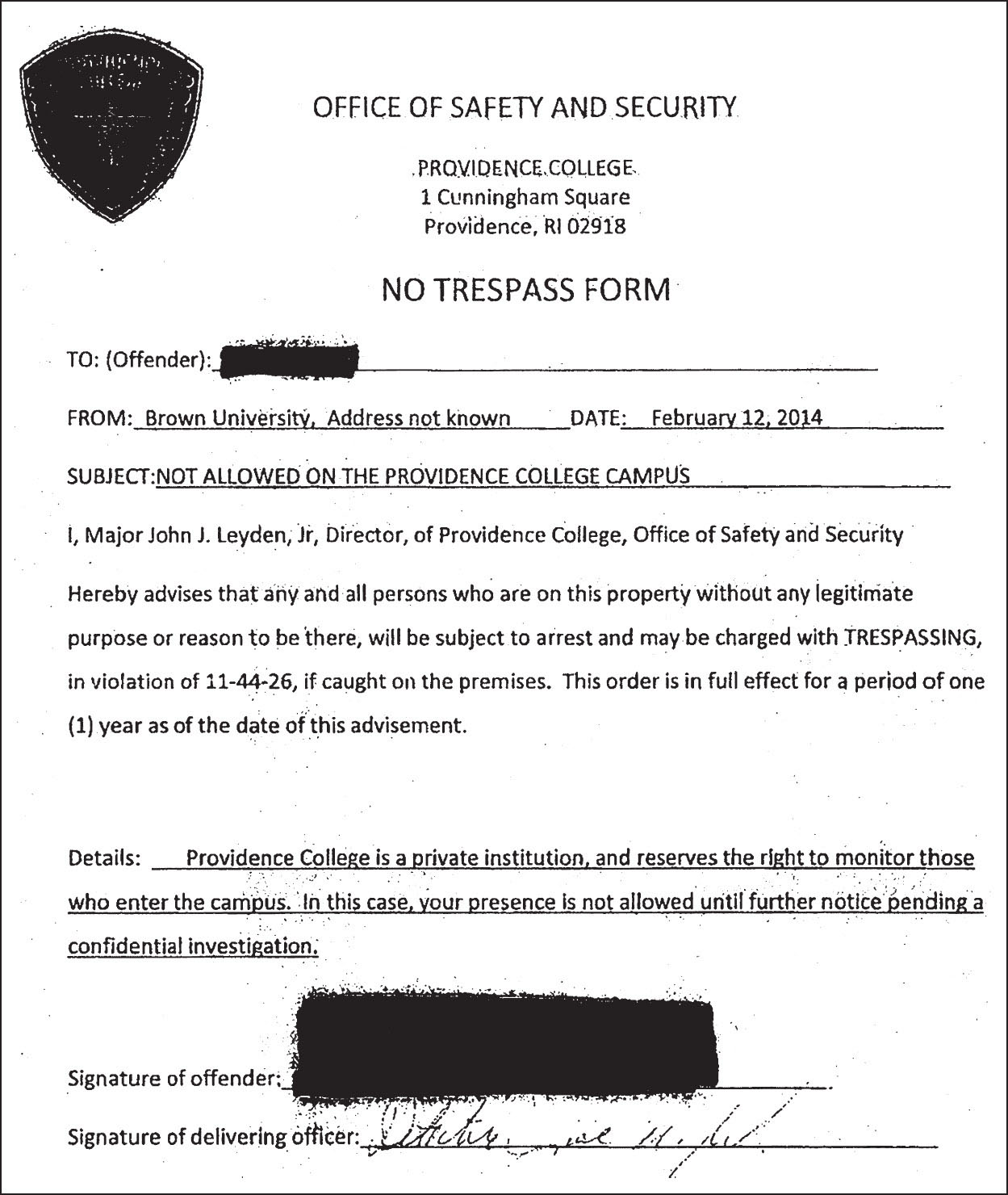42434 |
Professional Writing for Law Enforcement |
The old-school theory of report writing was to record as little information as possible. That way, the officer would only describe what happened while sitting on the stand, rather than have a written report misconstrued by readers. The fact is, however, that if the officer does not have the opportunity to testify in person, that leaves the written report as the officer’s only evidence available to the court. If it is not in the report, it did not happen. I heard this saying repeated time and again at the Rhode Island Municipal Police Academy as well as on the job at the Warwick Police Department, and still it resonates with me. The importance of having a well-organized and detailed report is critical in policing. The officer must write in such a way that it paints a detailed picture for the reader. A well-written report will give the case leverage and allow for the case to move expeditiously through the legal system.
—Nicholas Reay, Detective
What you will learn in this chapter:
• The types of writing and the writing process for police officers
• The attention to detail required for clear and precise writing
• An opportunity to comment and improve on actual documents from the field of policing
Did you know that cops write a lot? One patrol officer told us, “Like many people who go into law enforcement, I didn’t realize how much report writing actually occurs in police work. Wow, was I wrong. I never realized how articulate a cop must be in order to get through the work week!” Effective writing for law enforcement requires the utmost attention to detail. Police officers document a wide range of episodes and events, ranging from the routine, like traffic stops, to the serious and complicated, such as arriving on the scene of a domestic violence incident. For any event, afterward, sometimes long after, officers may be called to testify in a court of law about what they witnessed, and about the content of the official report. In this situation, the best record is the official 44record—it is important to document everything in writing. Forgetting happens quickly, especially when events unfold rapidly and unexpectedly. Do not attempt to rely on your memory of an event once you are in front of a judge. You certainly will not look credible on the witness stand if you are only vaguely able to recall details because you did not put them in your report. Also possible is that you cannot appear in court on a particular day, so the district attorney will have to rely solely on your written account in your absence.
Our legal system is designed to be oppositional (one side wins, one side loses), and defense attorneys will be looking to trip you up. If your written report has any lapses or inconsistences, and/or your testimony is inconsistent with your original report (hopefully one you wrote carefully and completely, and had time for a second or third draft), you, your report, and your testimony will lose credibility.
There is an art of observing, interviewing, interrogating, and then writing concisely about what we know. Effective policing requires that the officer understand the sociological aspects of the job. The effective professional must be able to objectively record the nature of social life and to write about the neighborhoods, the people, and the places that we may not have experienced growing up—but we must be aware of the biases that we may have learned growing up. Biases often skew observations and field work. The standard is: Report what you see, not what you think you see or what you infer.
When an event unfolds and you have responded, the need to document the event is critical and must be done as accurately as possible—without any personal biases if possible. Through observing and asking questions, the goal is to gain a window into the past and what led up to the event; the details of an official report must be recreated as if the individual reading your report, a prosecutor for example, has a story-like experience with your narrative, almost as if you were reading him or her an important scene. Be sure to take note of and capture anything and everything said by the people you speak with. It follows then that the better we are at observing and then asking questions in nonjudgmental language and nonverbal posturing, the more the event will be recovered in the narrative, which will become a permanent part of the official record.
Your job will be to write an official record of an event that is specific in detail, objective in voice, and well organized from the first to the last. An effective report will not just have the answer to, “How long have you lived at this address?” but will go into more depth as you try to elicit a more complete picture of the event by asking the witness a few more questions. By probing for basic information along with listening for follow-up leads, your report will be more complete. Write down as much as you can rather than waiting until the end of your shift. Be sure to have in your notes the kind of information that will allow you to recall with specificity and clarity the issue or crime at hand.
In other human service professions, the skill of active listening helps the worker ascertain the client’s perceptions of events, problems, relationships, perspectives, and options more accurately than a rigid set of interview questions. The active listener looks for clues for background information, various roles played by the participants, and an accurate account of the situation or event in question. Active listening involves hearing the words spoken for insights about the speaker’s involvement, as well as information he or she may be omitting. The active listener objectively and gently asks open-ended questions (“why,” “how,” “what do you mean”) to follow up on statements and put the speaker at ease. Active listening also involves reading body language (e.g., eye contact, placement of arms and hands, shuffling of feet) for signs of discomfort or uncertainty. Finally, the 45active listener uses his or her own words and body language to help the witness relate information as completely and accurately as possible.
You are engaged in qualitative interviewing when gathering information in the field. Like a good sociologist, the law enforcement officer must be a dispassionate investigator who directs respondents to explain who they are, what they know, and what they witnessed. Be aware that nearly everyone you meet will be intimidated by your presence. Interviews work best when you avoid confrontational words or behavior. Most people will want to answer your questions. Let them trust you.
Later, when producing the report, remember to avoid introducing any of your own experiences or commentary. Guide the respondents for detailed descriptions that are relevant. The goal is to learn as much information about an event to generate a full and complete, objective report. You should not have to rely on your memory should you be asked to appear in court and recount to a judge, prosecutor, or defense attorney details of a crime that did not appear in your report. Finally, the report needs to be written in a style that is neither sympathetic nor unsympathetic, but concerned with an accurate rendition of the event(s) as they unfolded.
Producing an official report may sound like an intimidating responsibility, and in a lot of ways it is. Reports live on as part of the permanent record. This also means they are a permanent record of our professional life on the job, too. If and when we must appear before a judge as a witness, it may be the thoroughness of our official report that makes the case, for a colleague and the prosecutor. On the other hand, a situation may arise where the court must release a dangerous individual based on the lack of specific information in a report. So, the message is clear: Get it right.
A report must link the actors and events, often referred to as a chain of evidence. By meticulous documentation of the crime scene, which can include taking photographs and video recordings, we reconstruct a chronology that is accurate. In addition to any physical evidence that may be present, the officer should also rely on interrogating individuals connected with the crime, noting their nonverbal cues (e.g., tone, pitch, inflection), and kinesics (body language) to support or confirm a suspect’s statements. This is also called behavioral evidence. With behavioral evidence, it is important to describe what we see, not what we think we see or perceive.
The Federal Bureau of Investigation reports that only 47% of violent crime and 18% of all property crime is cleared (U.S. Department of Justice, 2010). The clearance rate is based on so-called solvability factors. These factors are anything that can affect the probability of successfully concluding the case (e.g., presence of witnesses, physical evidence) and the clearance rate relies heavily on detailed, meticulous note taking throughout all phases of an investigation. Clearance rates are also dependent on the relationship justice professionals have with the community. We know that practicing mindfulness, objectivity, and cultural competency skills can go a long way in creating an environment in which people will trust the police and provide important information that can help solve a case. This point cannot be overstated!
To draft a narrative of events with coherence and detail we must rely on our notes, which must help us write a coherent, well-detailed narrative—complete with dialogue and “key quotes” by the witness(es). Our task is to jot down notes quickly and completely, and in accurate order. By organizing our notes first we will have an outline of the report as a result. This is a must-have skill.
46EXERCISE
Record or stream any 5-minute segment of a TV police drama, such as Law and Order, in which a crime is portrayed. Turn it off and write a one-paragraph narrative of the event. Return to the episode and watch it again. See how well you captured the action and chronology. Then watch the TV detectives’ language as they talked about “perps” to each other, and interviewed witnesses. Critique the officers’ behaviors.
The example that follows is an original police report of a domestic assault. Names and locations have been changed to maintain anonymity and confidentiality. As you read the original police report, assess its quality: Do you have enough information to make sense of the incident? Are elements missing? What might be better explained? When you have finished reading this first draft, see how many writing errors you can identify and correct. We list 20 corrected errors at the end of the exercise.
 Beginning Level Original Police Report
Beginning Level Original Police Report
On Saturday afternoon I was responding to a call. Reported to incident. Shouting and screaming in the street. Neighbors outside. A couple pushing and shoving. Later identified couple as married. Stephanie and Leon. Leon ran when I got out of the car looking guilty. Stephanie approached car. I called dispatch for back up. A while later Officer Pitt responded and we approached Stephanie, now yelling at Leon. Officer Pitt send neighbors away. I approached the two and told them to shut up. They kept screaming so I unclipped my Taser and instructed them to shut up. Stephanie said Leon had hit her and her son. Where was her son? Leon denied hitting her or her son. Was it his son? Was it your son, I asked him. Leon did not answer. When did he hit you, I asked her. The woman did not respond. I noticed what looked like a black and blue bruise forming around one of the womans eyes. Leon had a scratch on his forearm. I asked him how he got it. He did not respond. Leon went into the house and Stephanie followed. Officer Pitt returned to the station. I knocked on the front door, no response. A young child looked through the window and waved. Time of response, approximately 20 minutes. Officer Pitt took statements from neighbors.
EXERCISE Beginning Level Report Reading
What questions would you ask if you were the officer at the scene after reading the original police report? Is the original police report objective? Can you find any examples of the officer’s judgment embedded in the language?
Assess how precise and clear the information presented is. Could it be better? How? Does the report make sense? Is it in the form of a story, with a beginning, middle, end, and so on? Is there dialogue and does it have “key quotes?” Do you have enough information? What is missing from this brief report?
Breakout Writing Assignment Beginning Level Report Revision
Revise the beginning original police report using complete sentences, correct grammar, punctuation, and proper paragraphing. Fill in missing information. Is it possible to revise this report with the information found in this beginning draft?
47 Revised Draft With Corrections and Explanations
Revised Draft With Corrections and Explanations
On Saturday afternoon I responded to a call. ![]()
![]() I noticed people shouting and screaming in the street,
I noticed people shouting and screaming in the street, ![]() neighbors outside,
neighbors outside, ![]() and a couple pushing and shoving.
and a couple pushing and shoving. ![]() Later, I identified the couple as married, Stephanie and Leon.
Later, I identified the couple as married, Stephanie and Leon. ![]() Leon ran when I got out of the cruiser.
Leon ran when I got out of the cruiser. ![]() Stephanie approached the
Stephanie approached the ![]() cruiser. I called dispatch for back up. A while later, Officer Pitt responded and we approached Stephanie, who was now yelling at Leon.
cruiser. I called dispatch for back up. A while later, Officer Pitt responded and we approached Stephanie, who was now yelling at Leon. ![]() Officer Pitt sent neighbors away.
Officer Pitt sent neighbors away. ![]() I approached Stephanie and Leon, and told them to be quiet.
I approached Stephanie and Leon, and told them to be quiet. ![]() They kept screaming, so I unclipped my Taser and again instructed them to be quiet
They kept screaming, so I unclipped my Taser and again instructed them to be quiet ![]() . Stephanie said Leon had hit her and her son. Her son was not at the scene.
. Stephanie said Leon had hit her and her son. Her son was not at the scene. ![]() Leon denied hitting her or her son.
Leon denied hitting her or her son. ![]() “Was it your son?” I asked him.
“Was it your son?” I asked him. ![]() Leon did not answer. “When did he hit you?” I asked her.
Leon did not answer. “When did he hit you?” I asked her. ![]() Stephanie did not respond.
Stephanie did not respond. ![]() I noticed what looked like a black and blue bruise forming around one of her eyes.
I noticed what looked like a black and blue bruise forming around one of her eyes. ![]() Leon had a scratch on his forearm. I asked him how he got it. He did not respond. Leon went into the house and Stephanie followed. Officer Pitt returned to the station. I knocked on the front door; there was no response.
Leon had a scratch on his forearm. I asked him how he got it. He did not respond. Leon went into the house and Stephanie followed. Officer Pitt returned to the station. I knocked on the front door; there was no response. ![]() A young child looked through the window and waved. Total time of response was approximately 20 minutes.
A young child looked through the window and waved. Total time of response was approximately 20 minutes. ![]() Officer Pitt took statements from neighbors.
Officer Pitt took statements from neighbors.
Corrections for First Draft
1. |
Wrong tense, this should be simple past tense. |
2. |
Incomplete sentence and unclear thought – deleted |
3.–5. |
Three incomplete sentences (no verbs) combined into one complete sentence. |
6. |
Incomplete sentences combined into one complete sentence. |
7. |
“Looking guilty” is a misplaced modifier because it should be placed as close as possible to Leon, the person it describes. More important, “looking guilty” is subjective and judgmental, and not supported with empirical evidence. We took it out. |
8. |
Direct article, “the” was missing. |
9. |
Missing comma; “who was” added for clarity. |
10. |
Wrong tense – “send” should be past tense, “sent.” |
11. |
The sentence was too informal, judgmental, and vague. We added more specific and less pejorative language (you could keep “shut up” in quotes to more accurately describe the episode, but you risk appearing unprofessional.) |
12. |
We inserted “again” for clarity, and changed “shut up” to “quiet down,” as above, with the same caveats. Do you really want to report yourself as saying “shut up”? Should you have said it in the first place? |
13. |
The rhetorical question, “where is her son” does not belong in an objective report. Instead, we used the nonjudgmental statement that the son was not there. |
14. |
As above, rhetorical questions do not belong in reports. |
15.–16. |
Quote marks should be placed around quotes. |
17. |
“Stephanie” is more precise than “the woman.” |
18. |
“Her” is clearer than “the woman.” |
19. |
Semicolon and second complete thought are better sentence structure than dangling phrase, “no answer.” |
20. |
Incomplete sentence (no verb) |
48Here is a more advanced level of report writing.
 Advanced Level Original Police Report
Advanced Level Original Police Report
On 23Aug15 at approximately 1128hrs., Tonya responded to the police station, accompanied by her mother, (3/10/91). Tonya explained to Dispatcher Pinette that while she was moving some of her personal belongings out of her and Jeffrey’s apartment, located at 70 West Park Place. Jeffrey came home and blocked her in. Dispatcher Pinette took down the information and then asked Tonya to wait in the station lobby for a police officer. Moments later, Officer Bergeron met with Tonya, and obtained more information, for which he later forwarded to me. Officer Bergeron then responded to 70 West Park Place, accompanied by Tonya and her mother Lorie. I was dispatched at that time. Upon arrival, Officer Bergeron informed me that during his interview with Tonya, she stated that she has been in a dating relationship with Jeffrey for about 1 year, and that they have lived together for most of that time, constituting the Domestic criteria. However, Tonya ended her relationship with Jeffrey today, and decided to move back in with her mother. While Tonya was gathering up her belongings, Jeffrey came home, blocked her car in, and began to argue with her over money owed to him for Tonya’s car. Tonya stated that she attempted to call her mother to ask her to help. She said that Jeffrey took the phone out of her hands and stomped on it. In addition, Tonya told Officer Bergeron that Jeffrey slapped her during the course of the argument. Once I received this information from Officer Bergeron, I asked Tonya why Jeffrey took the phone away from her and broke it, and she replied, “I don’t know, probably because I was calling for my mom to come down.” I then asked, “How exactly did he break the phone?” Tonya replied that he just grabbed it and smashed it. I asked Tonya for her phone number, and she replied, “Well, I’ll give you my mom’s number because Jeffrey just broke my phone.” During the interview, I noticed that Tonya had a red mark on her face, and so I asked her what caused the red mark. At first, Tonya put her head down and said, “O, I’ve just been crying a lot.” However, I informed Tonya that I was aware she told Officer Bergeron that Jeffrey had slapped her, and she replied, “Yea, but it was just this time and it wasn’t a big deal.” Tonya said that it wasn’t a big deal and just wanted “to get my stuff and leave.” Based on the totality of the circumstances, corroborated by Tonya’s statements and the red mark on her face, probable cause was established that a Domestic Assault, a Domestic Failure to Relinquish the Telephone, and Domestic Vandalism had occurred. I asked Tonya if she wanted to file a complaint but she said no, that she just wanted to retrieve her belongings and leave. I then explained to her that per State Domestic Law, an arrest was mandatory upon probable cause that a crime occurred between people in a domestic relationship.”
What improvements can you recommend? We made twelve corrections and improvements.
49 Advanced Level Original Police Report With Errors and Corrections Noted
Advanced Level Original Police Report With Errors and Corrections Noted
This reports an incident of domestic assault. ![]() On 23Aug15 at approximately 1128hrs., Tonya responded to the police station, accompanied by her mother.
On 23Aug15 at approximately 1128hrs., Tonya responded to the police station, accompanied by her mother. ![]() Tonya explained to Dispatcher Pinette that while she was moving some of her personal belongings from 70 West Park Place, an apartment she shared with Jeffrey, he came home and blocked her car with his.
Tonya explained to Dispatcher Pinette that while she was moving some of her personal belongings from 70 West Park Place, an apartment she shared with Jeffrey, he came home and blocked her car with his. ![]() Dispatcher Pinette took down the information and then asked Tonya to wait in the station lobby for a police officer. Moments later, Officer Bergeron met with Tonya, and obtained more information, which he later forwarded to me.
Dispatcher Pinette took down the information and then asked Tonya to wait in the station lobby for a police officer. Moments later, Officer Bergeron met with Tonya, and obtained more information, which he later forwarded to me. ![]() Officer Bergeron then responded to 70 West Park Place, accompanied by Tonya and her mother Lorie. I was dispatched at that time. Upon arrival, Officer Bergeron informed me that during his interview with Tonya, she stated that she has been in a dating relationship with Jeffrey for about 1 year, and that they have lived together for most of that time, constituting the Domestic criterion.
Officer Bergeron then responded to 70 West Park Place, accompanied by Tonya and her mother Lorie. I was dispatched at that time. Upon arrival, Officer Bergeron informed me that during his interview with Tonya, she stated that she has been in a dating relationship with Jeffrey for about 1 year, and that they have lived together for most of that time, constituting the Domestic criterion. ![]() However, Tonya ended her relationship with Jeffrey today, and decided to move back in with her mother. While Tonya was gathering her belongings, Jeffrey came home, blocked in her car, and began to argue with her over money owed to him for Tonya’s car.
However, Tonya ended her relationship with Jeffrey today, and decided to move back in with her mother. While Tonya was gathering her belongings, Jeffrey came home, blocked in her car, and began to argue with her over money owed to him for Tonya’s car. ![]() Tonya stated that she attempted to call her mother to ask her to help. She said that Jeffrey took the phone and stomped on it. In addition, Tonya told Officer Bergeron that Jeffrey slapped her during the course of the argument. Once I received this information from Officer Bergeron, I asked Tonya why Jeffrey took the phone away from her and broke it, and she replied, “I don’t know, probably because I was calling for my mom to come down.” I then asked, “How exactly did he break the phone?” Tonya replied that he just grabbed it and smashed it. I asked Tonya for her phone number, and she replied, “Well, I’ll give you my mom’s number because Jeffrey just broke my phone.” During the interview, I noticed that Tonya had a red mark on her face, so I asked her what caused the red mark.
Tonya stated that she attempted to call her mother to ask her to help. She said that Jeffrey took the phone and stomped on it. In addition, Tonya told Officer Bergeron that Jeffrey slapped her during the course of the argument. Once I received this information from Officer Bergeron, I asked Tonya why Jeffrey took the phone away from her and broke it, and she replied, “I don’t know, probably because I was calling for my mom to come down.” I then asked, “How exactly did he break the phone?” Tonya replied that he just grabbed it and smashed it. I asked Tonya for her phone number, and she replied, “Well, I’ll give you my mom’s number because Jeffrey just broke my phone.” During the interview, I noticed that Tonya had a red mark on her face, so I asked her what caused the red mark. ![]() At first, Tonya put her head down and said, “Oh, I’ve just been crying a lot.”
At first, Tonya put her head down and said, “Oh, I’ve just been crying a lot.” ![]() However, I informed Tonya that I was aware she told Officer Bergeron that Jeffrey had slapped her, and she replied, “Yeah, but it was just this time and it wasn’t a big deal.”
However, I informed Tonya that I was aware she told Officer Bergeron that Jeffrey had slapped her, and she replied, “Yeah, but it was just this time and it wasn’t a big deal.” ![]() Tonya said that it wasn’t a big deal and just wanted “to get my stuff and leave.”
Tonya said that it wasn’t a big deal and just wanted “to get my stuff and leave.” ![]() Based on the totality of the circumstances, corroborated by Tonya’s statements and the red mark on her face, probable cause was established that a Domestic Assault, a Domestic Failure to Relinquish the Telephone, and Domestic Vandalism had occurred. I asked Tonya if she wanted to file a complaint. She said no, that she just wanted to retrieve her belongings and leave.
Based on the totality of the circumstances, corroborated by Tonya’s statements and the red mark on her face, probable cause was established that a Domestic Assault, a Domestic Failure to Relinquish the Telephone, and Domestic Vandalism had occurred. I asked Tonya if she wanted to file a complaint. She said no, that she just wanted to retrieve her belongings and leave. ![]() I then explained to her that per Rhode Island Domestic Law, an arrest was mandatory upon probable cause that a crime occurred between people in a domestic relationship.
I then explained to her that per Rhode Island Domestic Law, an arrest was mandatory upon probable cause that a crime occurred between people in a domestic relationship. ![]()
Explanations
1. Incomplete sentence
2. Comma before dependent clause, “accompanied by her mother”
3. Information rearranged for clarity and brevity; incomplete sentence (no verb) corrected by inserting a comma and connecting a dependent clause with an independent clause to create one complete sentence; “blocked her car with his” is more precise than “blocked her in.”
4. “Which,” not “for which”
5. “Criterion” is singular, and should not be capitalized.
6. ”Up” is unnecessary; “blocked in” is preferable because the modifier, “in,” is directly beside “blocked,” the word it modifies, instead of three words away (misplaced modifier).
7. “And so” is redundant; use only the most appropriate conjunction.
8. Incorrect word usage: “Oh,” not “O”
9. Incorrect word usage: “Yeah” not “yea” (meaning to vote yes)
10. Punctuation error: period belongs before close-quote mark.
11. Comma-splice creates a run-on sentence. We converted to two sentences.
12. Close quote mark floating alone; there is no open-quote mark.
50EXERCISE Final Draft
We have now been through two drafts of an advanced report. We have addressed basic writing issues and comprehension, but some questions remain before submitting the report for review.
What questions would you ask if you were the officer at the scene after reading the previous report? Is it objective? Can you find any examples of the officer’s judgment embedded in the language? Assess the precision and clarity of the information. Could it be better? How? Does the report make sense? Is it in the form of a story, with a beginning, middle, end, and so on? Is there dialogue and does it have “key quotes?” Do you have enough information?
51Here is an advanced revised police report of the same episode. Note the differences from the original police reports as well as you can. The questions that follow will help you become aware of simple corrections in your own writing that will greatly improve both content and form.
 Advanced Level Revised Police Report
Advanced Level Revised Police Report
On 23 August 2015 at approximately 11:28 a.m., ![]() Tonya Smith (2/21/93) entered the police station, accompanied by her mother, Laura Damien, to report an incident that occurred between Tonya and her ex-boyfriend, Jeffrey Rose (3/10/91).
Tonya Smith (2/21/93) entered the police station, accompanied by her mother, Laura Damien, to report an incident that occurred between Tonya and her ex-boyfriend, Jeffrey Rose (3/10/91). ![]() Tonya appeared to be crying and had tissues in her hand. She explained to Dispatcher Pinette that while she was trying to move some of her personal belongings out of the apartment she shared with Jeffrey Rose, located at 70 West Park Place, Jeffrey came home and parked his car directly behind hers in the driveway,
Tonya appeared to be crying and had tissues in her hand. She explained to Dispatcher Pinette that while she was trying to move some of her personal belongings out of the apartment she shared with Jeffrey Rose, located at 70 West Park Place, Jeffrey came home and parked his car directly behind hers in the driveway, ![]() which blocked her car. She wanted to leave but could not, as a result. Dispatcher Pinette wrote down this information and then asked Tonya and her mother to wait in the station lobby for a police officer. Within 15 minutes,
which blocked her car. She wanted to leave but could not, as a result. Dispatcher Pinette wrote down this information and then asked Tonya and her mother to wait in the station lobby for a police officer. Within 15 minutes, ![]() Officer Bergeron met with Tonya and obtained more information, which he later forwarded to me. Officer Bergeron then responded to 70 West Park Place, accompanied by Tonya and her mother, Laura Damien. I was dispatched at that time. When I arrived, Officer Bergeron was in the driveway and had just finished interviewing Jeffery Rose, whom he asked to wait briefly upstairs. Officer Bergeron informed me that Tonya had been in a dating relationship with Jeffrey for 13 months and that they have lived together for most of that time. This information constitutes Domestic criterion.
Officer Bergeron met with Tonya and obtained more information, which he later forwarded to me. Officer Bergeron then responded to 70 West Park Place, accompanied by Tonya and her mother, Laura Damien. I was dispatched at that time. When I arrived, Officer Bergeron was in the driveway and had just finished interviewing Jeffery Rose, whom he asked to wait briefly upstairs. Officer Bergeron informed me that Tonya had been in a dating relationship with Jeffrey for 13 months and that they have lived together for most of that time. This information constitutes Domestic criterion. ![]() Tonya told Officer Bergeron that she ended her domestic relationship with Jeffrey today, and was attempting to move back with her mother. She did not say why she was ending the relationship. I asked her, “Why are you moving back in with your mother?,” and she did not answer. Tonya said that while she was packing her belongings in her car, Jeffrey came home and parked his car directly behind hers, blocking her in the driveway. Tonya said Jeffrey refused to move the car, and they began to argue over money. Jeffrey claims Tonya owes him for a new tire he paid for and installed on Tonya’s car last month. Tonya claims that she does not owe Jeffrey any money for the new tire because she said that she paid more than her share of the cable bill, and they had agreed to call it even. Tonya stated that she attempted to call her mother to come to the apartment to help her pack, but Jeffrey grabbed her phone from her hands, threw it on the ground and stomped on it, cracking the screen and rendering it useless.
Tonya told Officer Bergeron that she ended her domestic relationship with Jeffrey today, and was attempting to move back with her mother. She did not say why she was ending the relationship. I asked her, “Why are you moving back in with your mother?,” and she did not answer. Tonya said that while she was packing her belongings in her car, Jeffrey came home and parked his car directly behind hers, blocking her in the driveway. Tonya said Jeffrey refused to move the car, and they began to argue over money. Jeffrey claims Tonya owes him for a new tire he paid for and installed on Tonya’s car last month. Tonya claims that she does not owe Jeffrey any money for the new tire because she said that she paid more than her share of the cable bill, and they had agreed to call it even. Tonya stated that she attempted to call her mother to come to the apartment to help her pack, but Jeffrey grabbed her phone from her hands, threw it on the ground and stomped on it, cracking the screen and rendering it useless. ![]() Tonya said Jeffrey 52accused her of trying to sneak away while he was at work. Once I received this information from Officer Bergeron, I asked Tonya why Jeffrey took the phone and broke it, and she replied, “I don’t know, probably because I was calling for my mom to come down.” I then asked, “How exactly did he break the phone?”
Tonya said Jeffrey 52accused her of trying to sneak away while he was at work. Once I received this information from Officer Bergeron, I asked Tonya why Jeffrey took the phone and broke it, and she replied, “I don’t know, probably because I was calling for my mom to come down.” I then asked, “How exactly did he break the phone?” ![]() Tonya replied, “He just grabbed it out of my hand, threw it on the ground, and stomped on it with his foot.”
Tonya replied, “He just grabbed it out of my hand, threw it on the ground, and stomped on it with his foot.” ![]() I asked Tonya how she was able to call her mother if her phone was broken, and she said that Jeffrey had agreed to let her use his. I asked her, “When did he let you use his phone?” She replied, “Right after he said he was sorry and apologized. Then he handed me his phone to call my mom.” I asked her, “What did he apologize for?” She replied, “Breaking my phone, I guess.” When I asked her for her phone number in case we needed any more information, she replied, “Well, I’ll give you my mom’s number because Jeffrey just broke my phone.” During the interview, I noticed a red mark on the left side of Tonya’s face, extending across her left cheek to the corner of her mouth. I asked her what caused the red mark and whether she needed medical attention. Tonya put her head own and said, “Oh, I’ve just been crying a lot.” I informed her that I had already spoken with Officer Bergeron and that I knew that she had told him that Jeffrey had slapped her. She replied, “Yeah, but it was just this time and it wasn’t a big deal.”
I asked Tonya how she was able to call her mother if her phone was broken, and she said that Jeffrey had agreed to let her use his. I asked her, “When did he let you use his phone?” She replied, “Right after he said he was sorry and apologized. Then he handed me his phone to call my mom.” I asked her, “What did he apologize for?” She replied, “Breaking my phone, I guess.” When I asked her for her phone number in case we needed any more information, she replied, “Well, I’ll give you my mom’s number because Jeffrey just broke my phone.” During the interview, I noticed a red mark on the left side of Tonya’s face, extending across her left cheek to the corner of her mouth. I asked her what caused the red mark and whether she needed medical attention. Tonya put her head own and said, “Oh, I’ve just been crying a lot.” I informed her that I had already spoken with Officer Bergeron and that I knew that she had told him that Jeffrey had slapped her. She replied, “Yeah, but it was just this time and it wasn’t a big deal.” ![]() I asked Tonya if Jeffrey hits her often, and she said, “No, he just slapped me today but it wasn’t a big deal. I just want to get my stuff and leave.” Based on the totality of the circumstances and corroborated by Tonya’s statements, including the red mark on her face, probable cause is established that a Domestic Assault, a Domestic Failure to Relinquish the Telephone, and Domestic Vandalism has occurred.
I asked Tonya if Jeffrey hits her often, and she said, “No, he just slapped me today but it wasn’t a big deal. I just want to get my stuff and leave.” Based on the totality of the circumstances and corroborated by Tonya’s statements, including the red mark on her face, probable cause is established that a Domestic Assault, a Domestic Failure to Relinquish the Telephone, and Domestic Vandalism has occurred. ![]() I asked Tonya if she wanted to file a complaint but she said no, that she just wanted to retrieve her belongings and go to her mother’s house. I then explained to her that per state Domestic Law, an arrest was mandatory upon probable cause that a crime occurred between people in a domestic relationship.
I asked Tonya if she wanted to file a complaint but she said no, that she just wanted to retrieve her belongings and go to her mother’s house. I then explained to her that per state Domestic Law, an arrest was mandatory upon probable cause that a crime occurred between people in a domestic relationship.
Explanation of Additional Corrections in the Final Report
1. Very important! You must report the episode’s date and time precisely!
2. The full names of all people involved need to be in the report.
3. Beware of writing in “shorthand” or using jargon. You may use professional shorthand in your notes, but make sure to spell it out in your official report. The original report needed more description of precisely what “blocking in” meant and how it prevented Tonya from leaving in her car.
4. Accurately reporting on time and timing is crucial: Make sure your official report is as specific as possible when describing the time and timing of reported events. The revised report included a more precise timeframe, “within 15 minutes.”
5. Word usage: “criterion” is singular; “criteria” is plural; “whether” is preferable to “if.”
6. In order to make the vandalism charge, the original report needed more description of how the phone came to be destroyed, in order to charge Mr. Rose with vandalism.
7. Do your best to follow standard grammar, sentence construction, especially, the appropriate use of commas, and periods. Write in complete sentences.
8. Use “active voice” rather than passive voice whenever possible. Consider this sentence from the final report: During the interview, I noticed a red mark on the left side of Tonya’s face, extending across her left cheek to the corner of her mouth. The passive voice version would be: During the interview, a red mark on the left side of Tonya’s face was observed, extending across her left cheek to the corner of her mouth. See the glossary for a complete description with examples of how the active and passive writing styles differ. In short, the active voice makes it clear who did what to whom—the passive voice is often unclear and lacks specific information about who was responsible for the action being described, as in “the ball was thrown.” This is the passive voice because the sentence doesn’t say who threw the ball. In the final report, the language specifies that the officer observed the bruise. This is the active voice. Use the active voice whenever possible.
9. The revised report used more specific information as a result of follow-up questions pertaining to the domestic assault charge.
10. The revised report provided more specific information about the red mark on Tonya’s face and reported that the office asked whether medical assistance was required.
53Explanation
The previous version was a good rough draft. It may appear that the previous version was acceptable, however, we made some additional improvements. Although there is no perfect official report, these examples illustrate how essential information that would very probably result in charges was lacking in the original report because it was either not detailed enough or information was absent altogether.
Here is a practice exercise to try in class.
EXERCISE
Below are some details from an arrest report and Witness Statement for a driving under the influence (DUI). Try your best to put these facts in narrative form. Two citations were issued, one for speeding and one for DUI. The actual police report and witness statement that held up in court can be found in the supplemental materials for this chapter.
Name: O’Reilly, Patrick
DOB: 3/12/75
BODY: Skinny
HAIR: Brown
COMPLEXION: Fair
EYES: Brown
WEIGHT: 225
ETHNICITY: Not Hispanic
PLACE OF BIRTH: MA
LICENSE Number: XX918
OFFICER’S NOTES:
7 Oct 2015 0118hrs
Blue BMW, high rate of speed
cruiser lights and siren activated, driver does not pull over
Stopped after 9 telephones
Called for back up
Driver gave license and registration
Eyes blood shot, glassy. Alcohol smell
Driver admitted to a few at “The Doll House”
Driver says did not stop sooner because did not hear siren or see lights
Verbal insults. “This is bullshit.”
Field sobriety test - Checked for HGN (Horizontal Gaze Nystagmus)
Probable cause - unequal pupil tracking, broke heel to toe stance, took wrong number of steps, did not turn properly, used hands for balance, swayed while walking
2 breathalizer tests: two tests were in agreement. One was a BAC of .235 and one of .239. Tests were notarized.
At station: 15 min. mandatory observation period. No belching, no vomit
Verbal insult to female officer. “Honey” and “Sweetheart”
Kept trying to make us feel bad. Talked about his children and how he would no longer be able to pay for his kids’ schools. Kept saying, “You’ve got the wrong guy.”
54Read him “Rights for Use at Station” form and if he wished to submit to a chemical test. He agreed because he said he did not believe he was drunk.
2 Citations for speed 11+ over the speed limit and for Driving Under the Influence.
Witness statement (of police officer) sent District Court
Most police reports require good writing skills, and the typical length is one to three pages, depending on the type of call. The chaos of a scene needs to be delivered in a report that is clear, concise, and factual. It must be done quickly, keeping in mind that it will be read by lawyers and judges and even appellate judges possibly many years later. You need a lot of details. You need to incorporate what you saw and what people said. You need to know the elements of the crime and whether or not the elements of the crime were met by the specific case. Depending on the situation you might need to include the way you felt during the call. Were you afraid for your safety? Were you concerned for the victim so you had to kick in a door because she was screaming for help? Did you talk to the wife at the door and she said she was fine, but the look on her face was fearful and you believed that she was being held against her will or that her husband had just assaulted her? There is a lot to consider and write about. There are a lot of moving parts.
—Mike Martufi, Patrol Officer and Adjunct Professor
Conclusion
Effective writing for the law enforcement profession requires a keen eye, a keen ear, an investigator’s curiosity and instincts, and a dispassionate authorial voice that informs the official report with precision. The ideal official report reconstructs a crime scene almost like a documentary film. Take complete and accurate notes. Keep your notes and later recall of the events in as close to chronological order as possible. Write the report soon after the event and with as much detail as possible. Competent writing requires multiple drafts, but for peace officers there is rarely time for a rough draft; instead, the officer returns to the station and types into a form on the computer, and it is often the final version. Use your notes as a rough draft. Organize them into a narrative order as best you can while you take them. This will save you time later. Conscientious note taking in the field is critical.
Once you complete and enter the report, it goes to the commanding officer for review. Officers say this is typically where they experience a lot of stress with their job; getting reports right and approved by their commanding officer requires a credible report and solid writing skills. The certifying officer will then be able to send your report on to the next person and the next step in the process: An arrest warrant may be issued.
Words need proper formatting like officers need uniforms. That is why detailed, grammatically correct sentences indicate professionalism. It does not take long for chiefs 55of police, district attorneys and judges to learn who wrote the reports that reach their desks and whose work can be counted on to help win a conviction. The quality of an official report can make or break a district attorney’s willingness to move forward with charges or dismiss a case altogether.
It should be clear by now that the role of the patrol officer who conducts the preliminary investigation is integral to the entire criminal justice process. For any legal resolution to the criminal investigation, the courts depend upon the officer who initially documents the crime scene and helps to gather evidence related to the crime. The quality of writing is indispensable to the process and will result in effectively closing a case.
Reference
U.S. Department of Justice. (2010). Crime in the United States. Retrieved from https://ucr.fbi.gov/crime-in-the-u.s/2010/crime-in-the-u.s.-2010/tables/10tbl26.xls
56Field Documents
Following are some actual documents, edited to protect confidentiality.
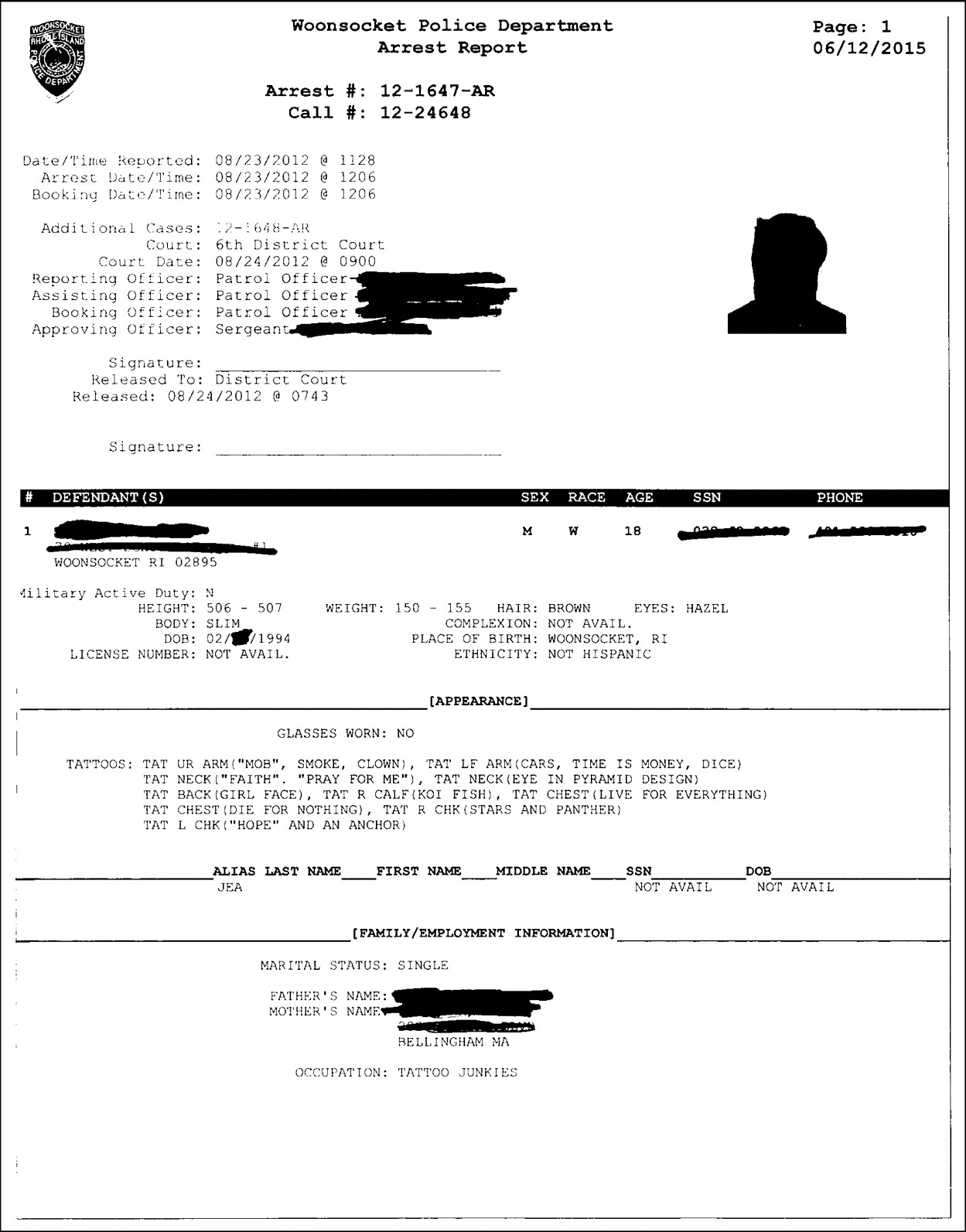
57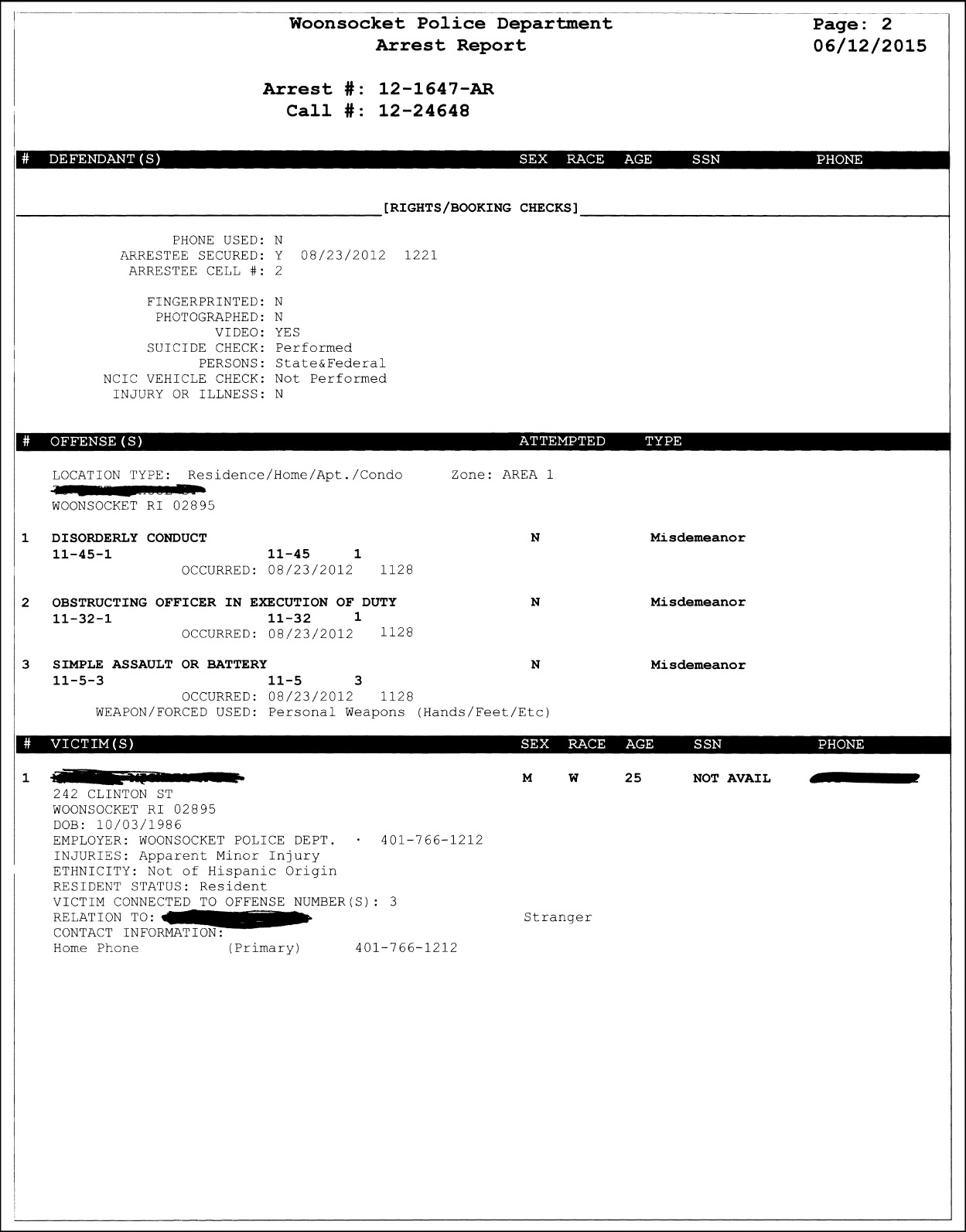
58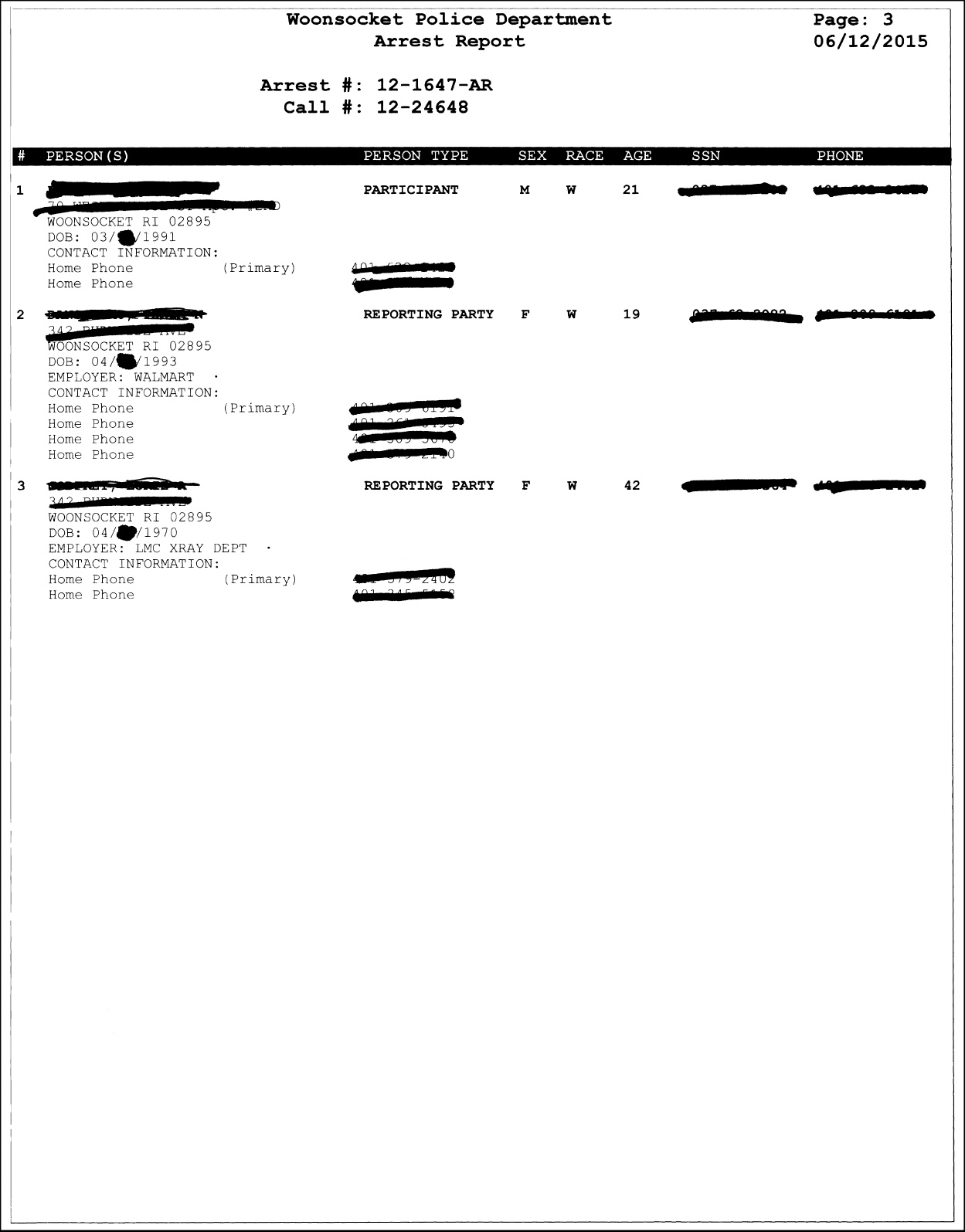
59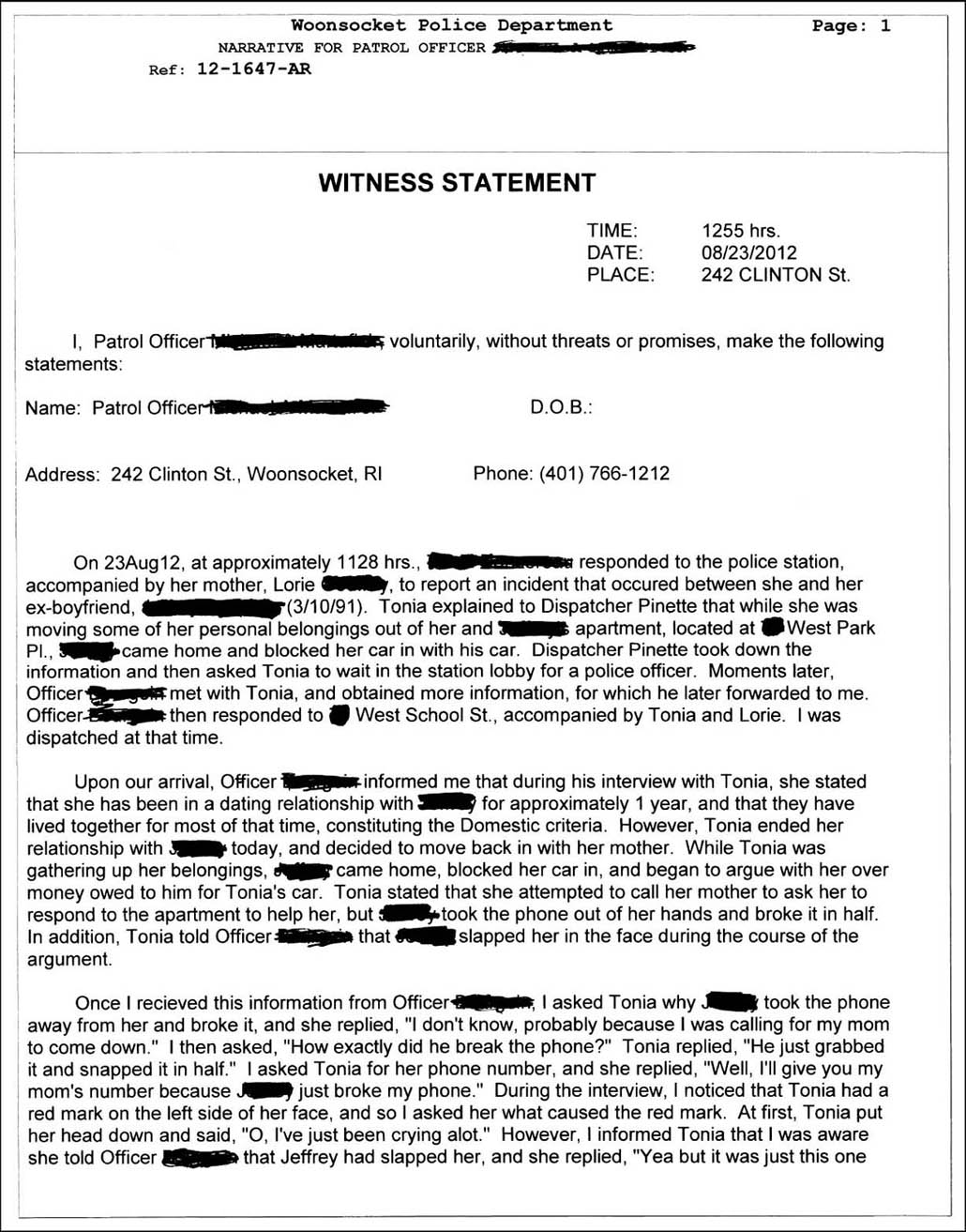
60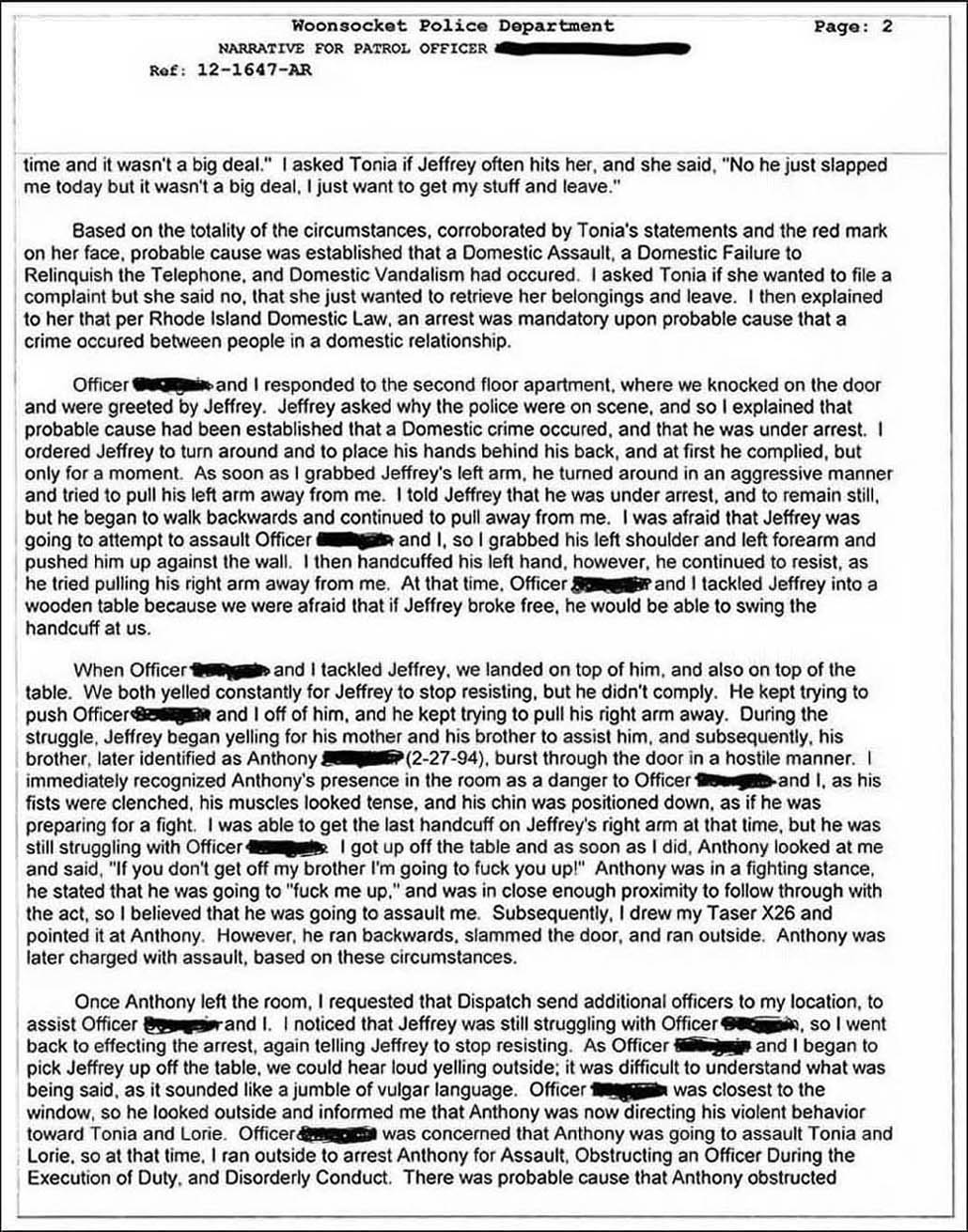
61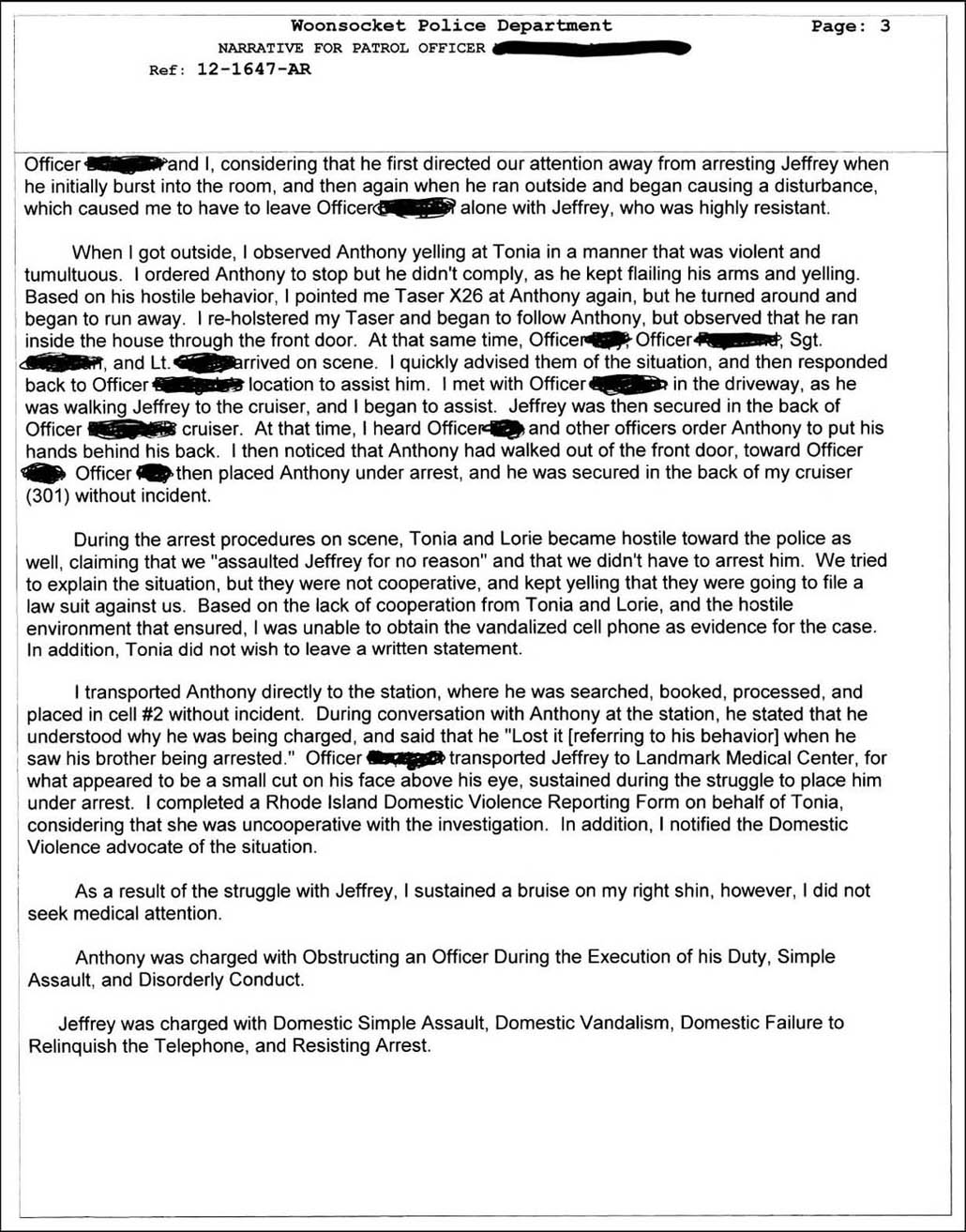
62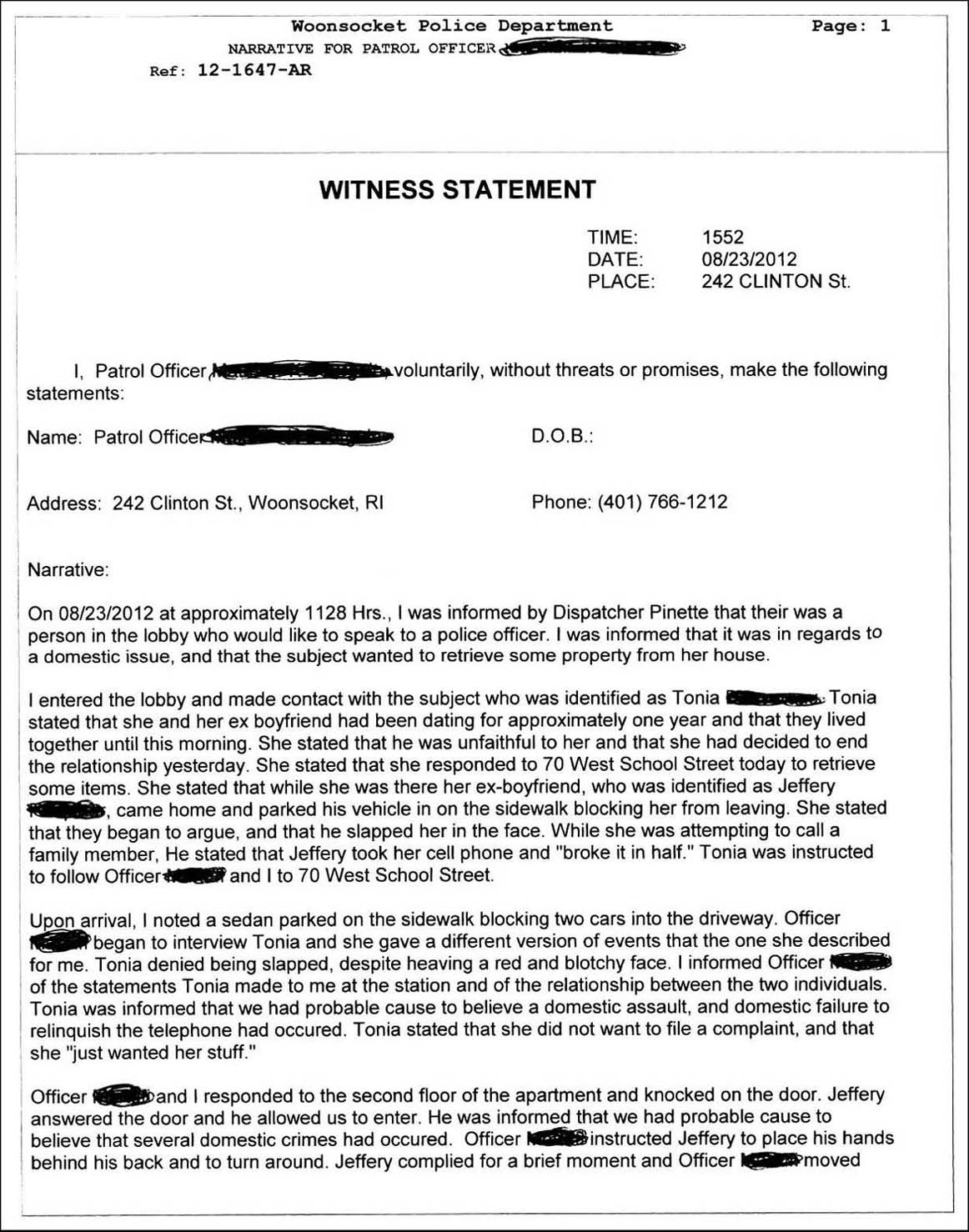
63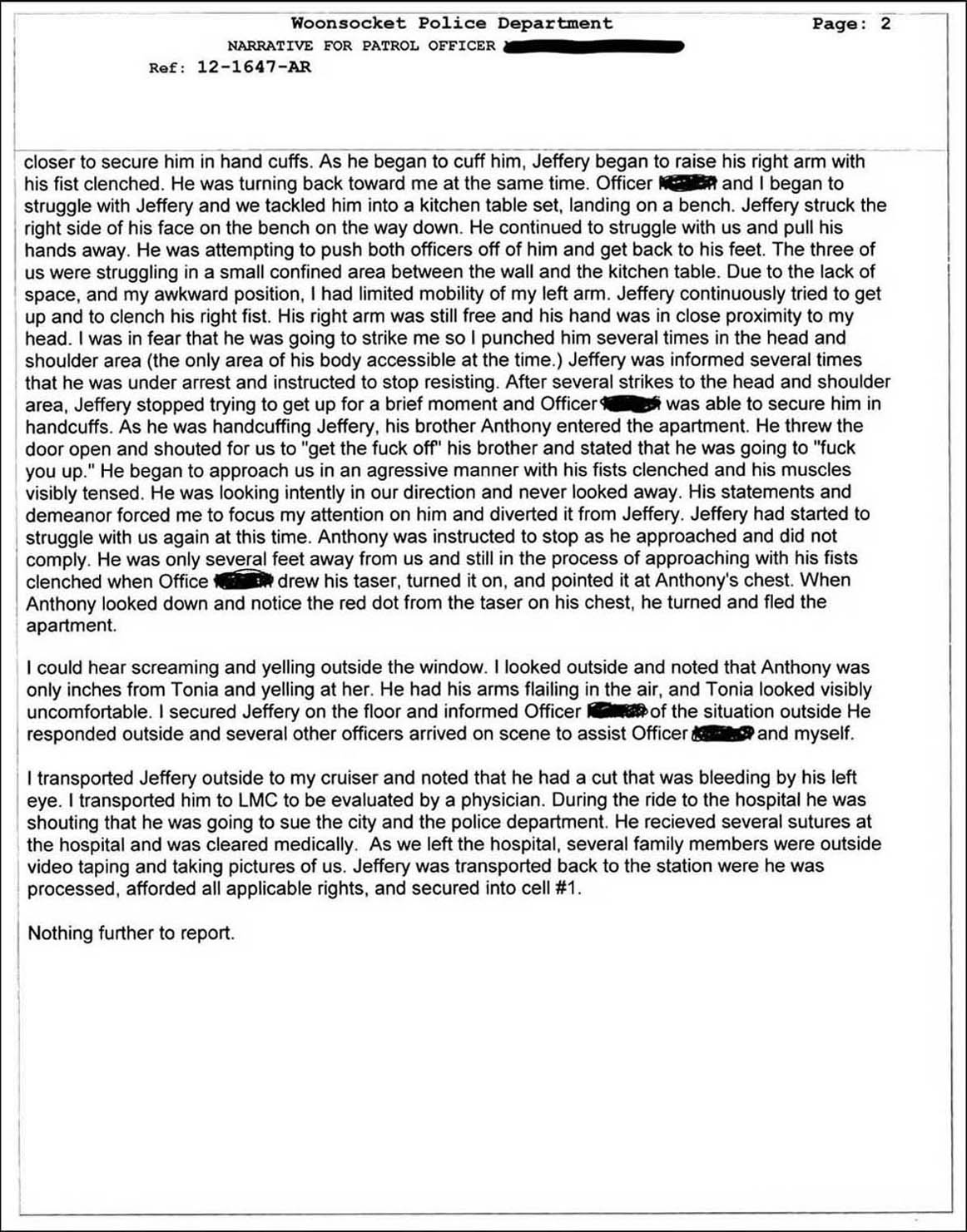
64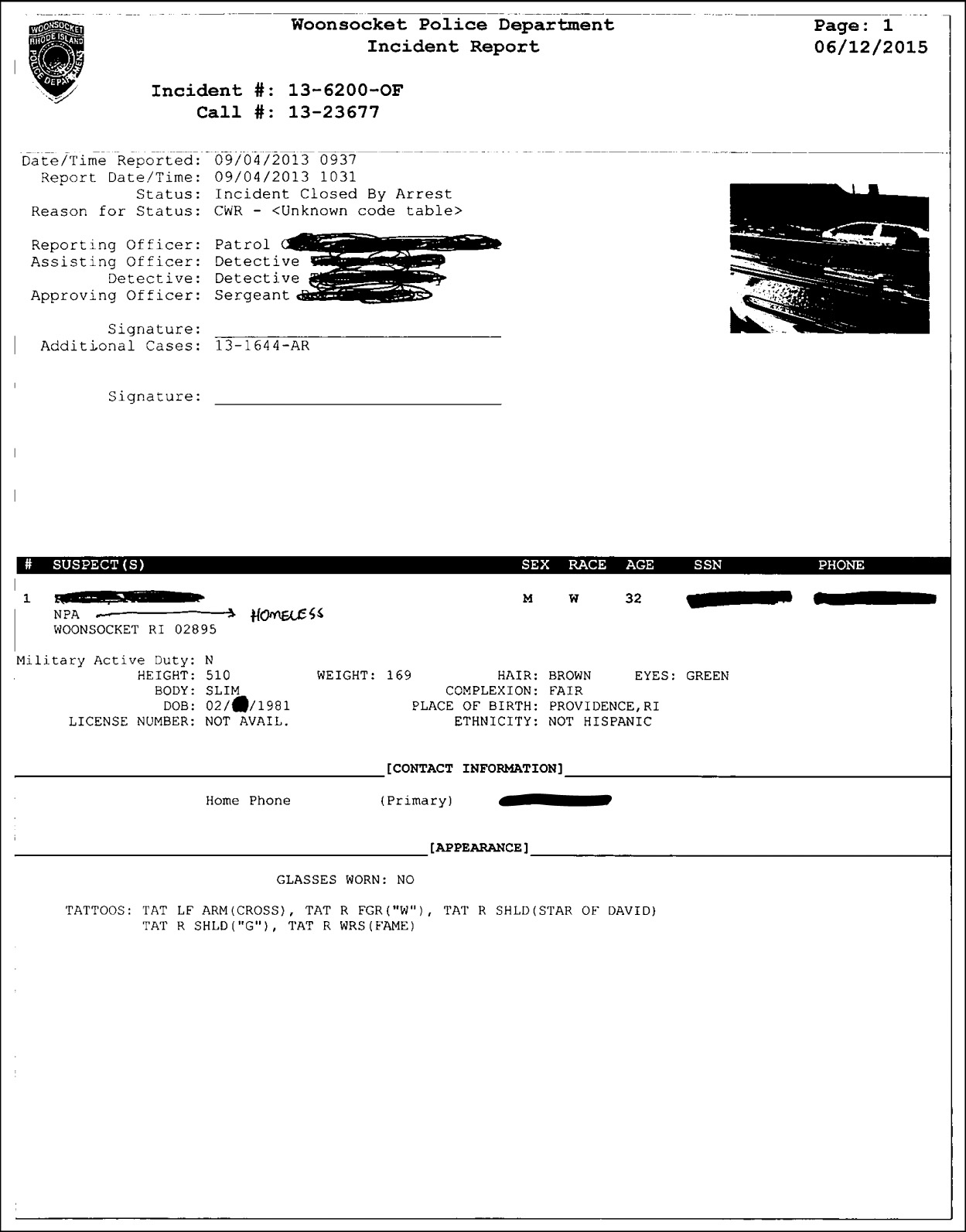
65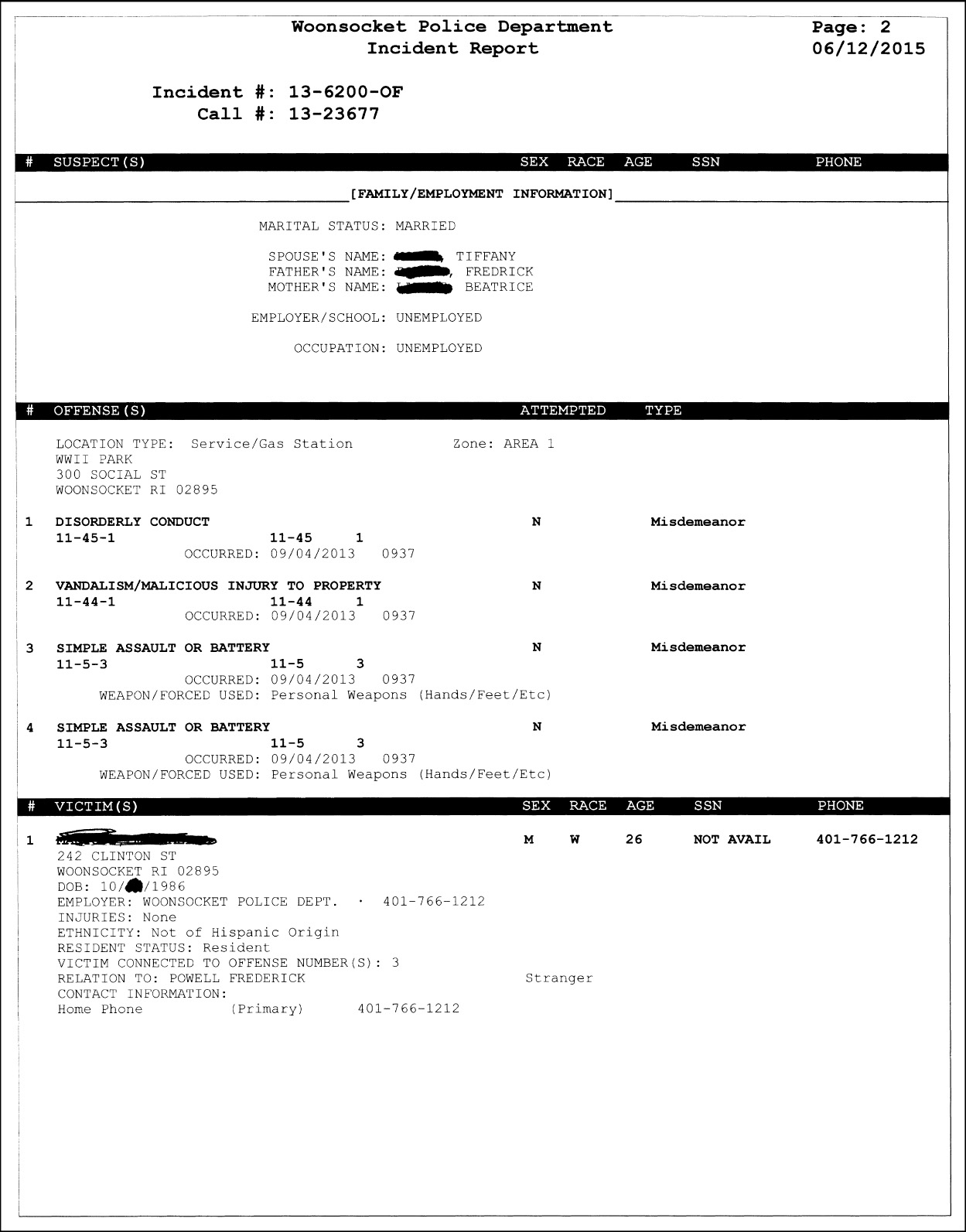
66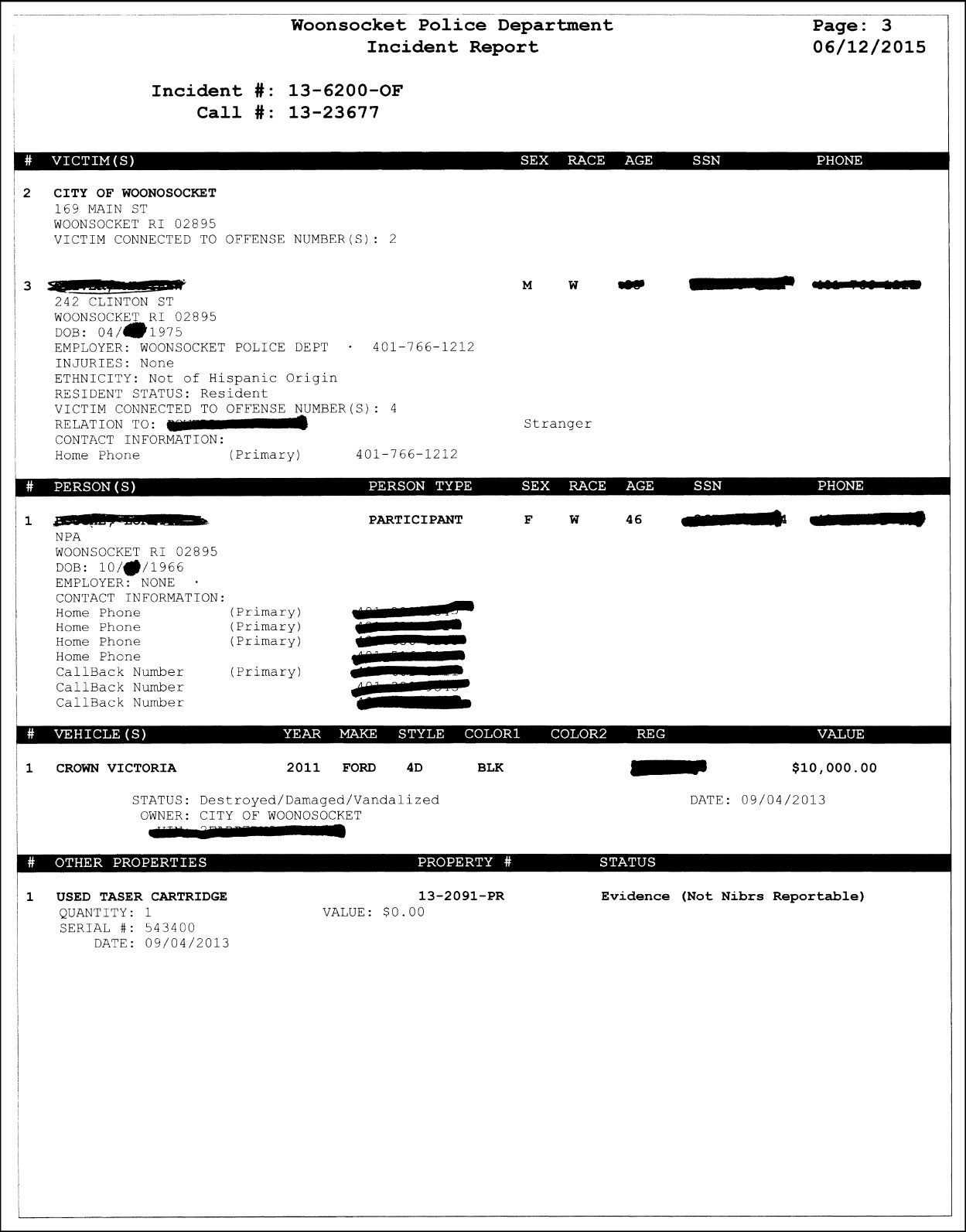
67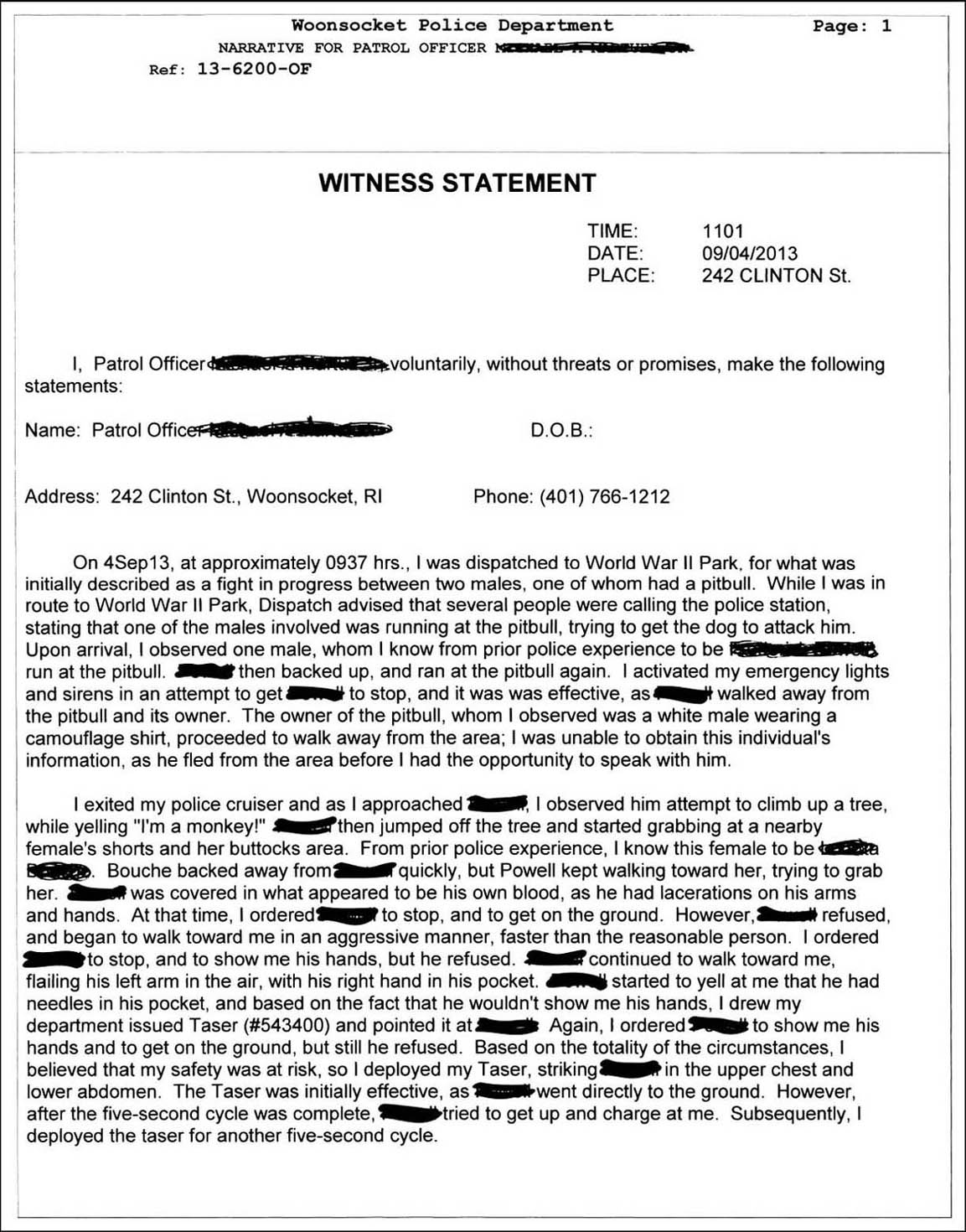
68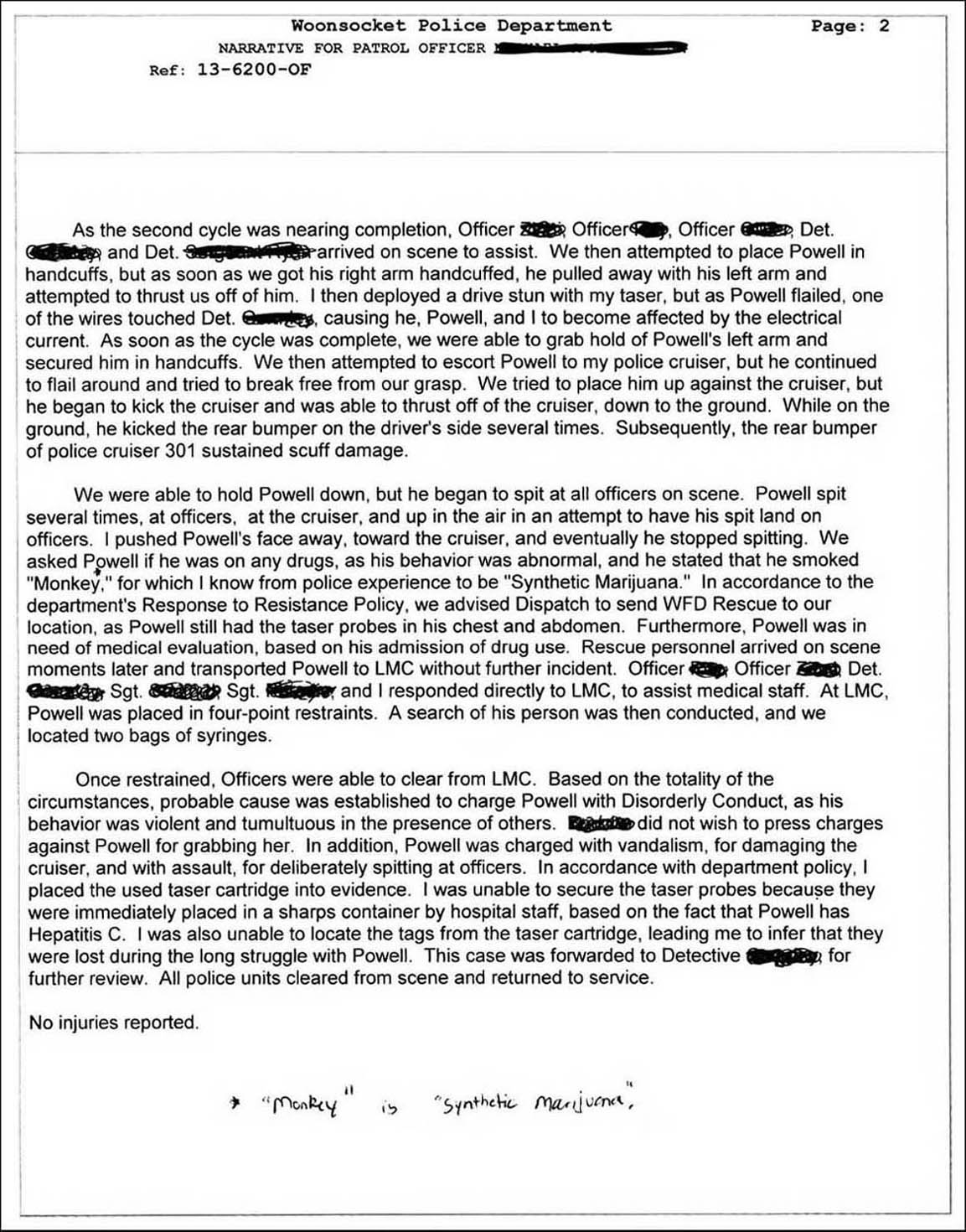
69
70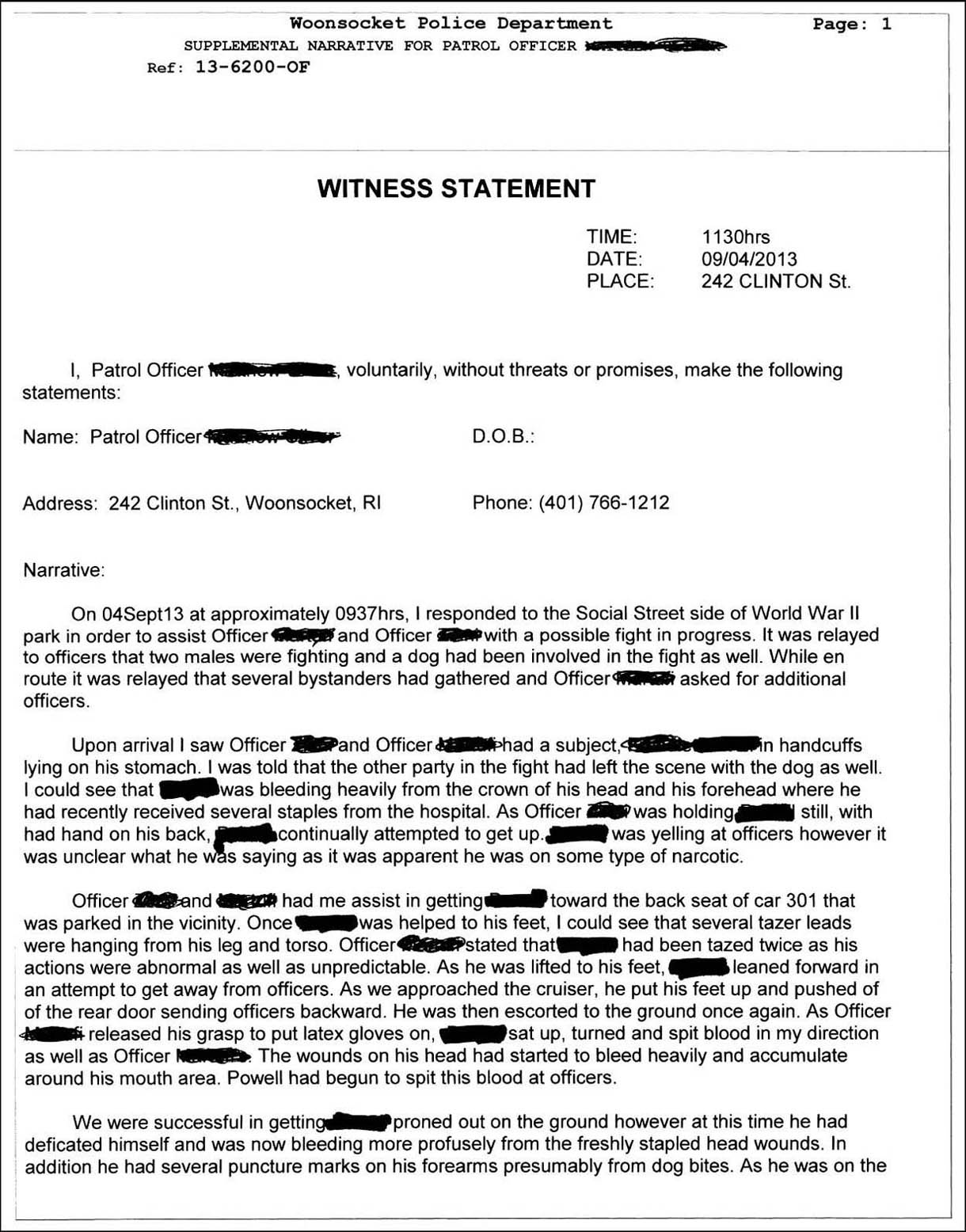
71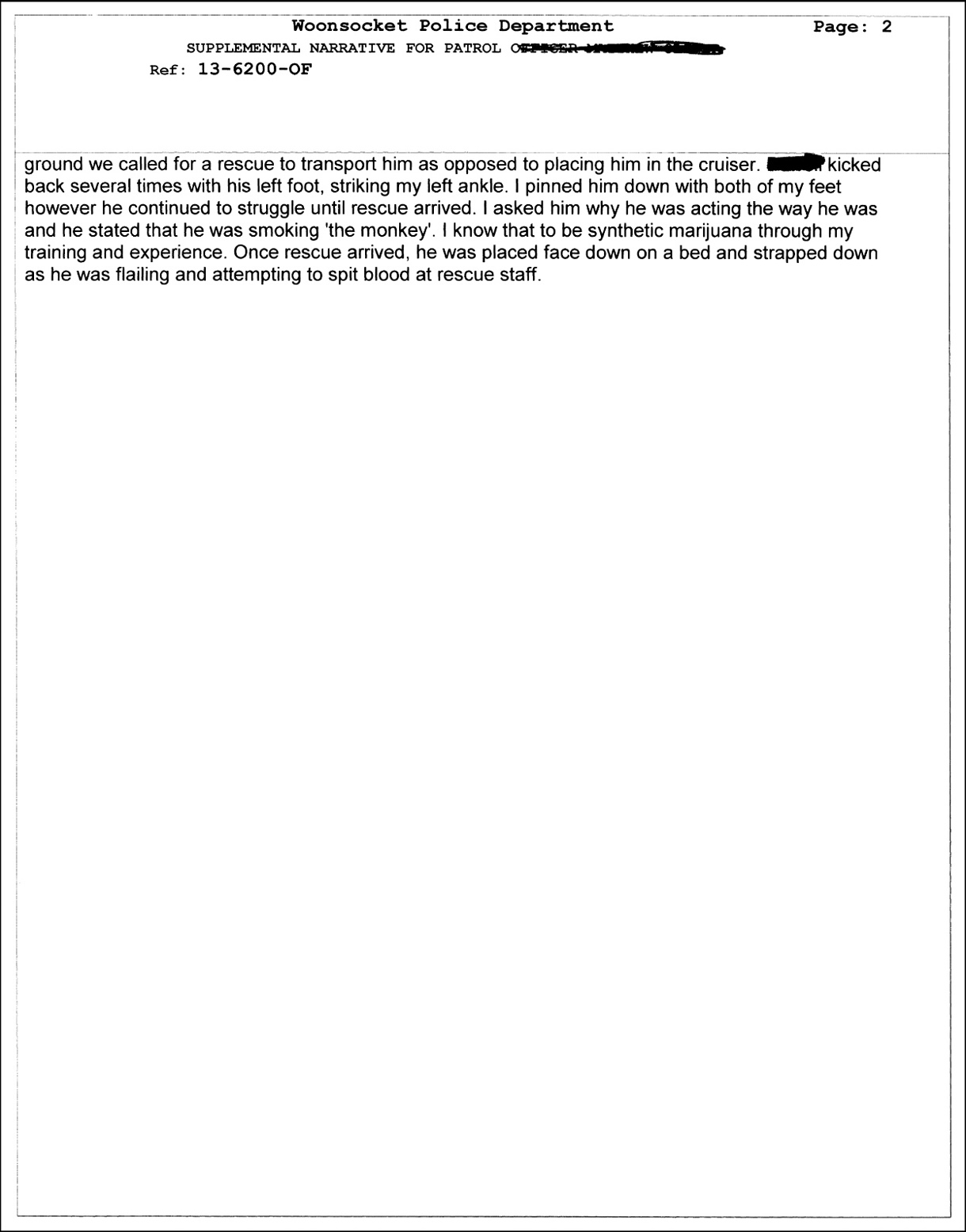
72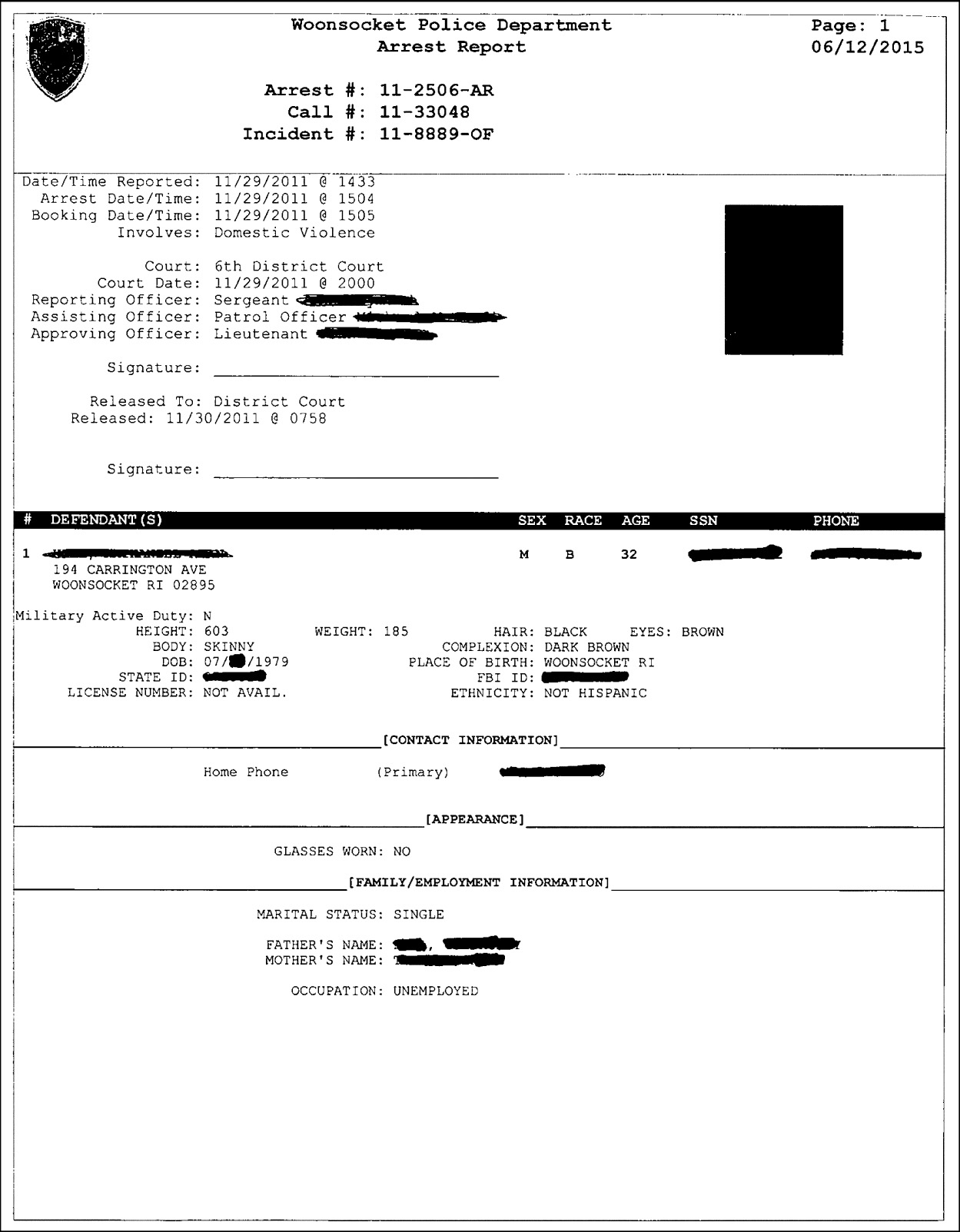
73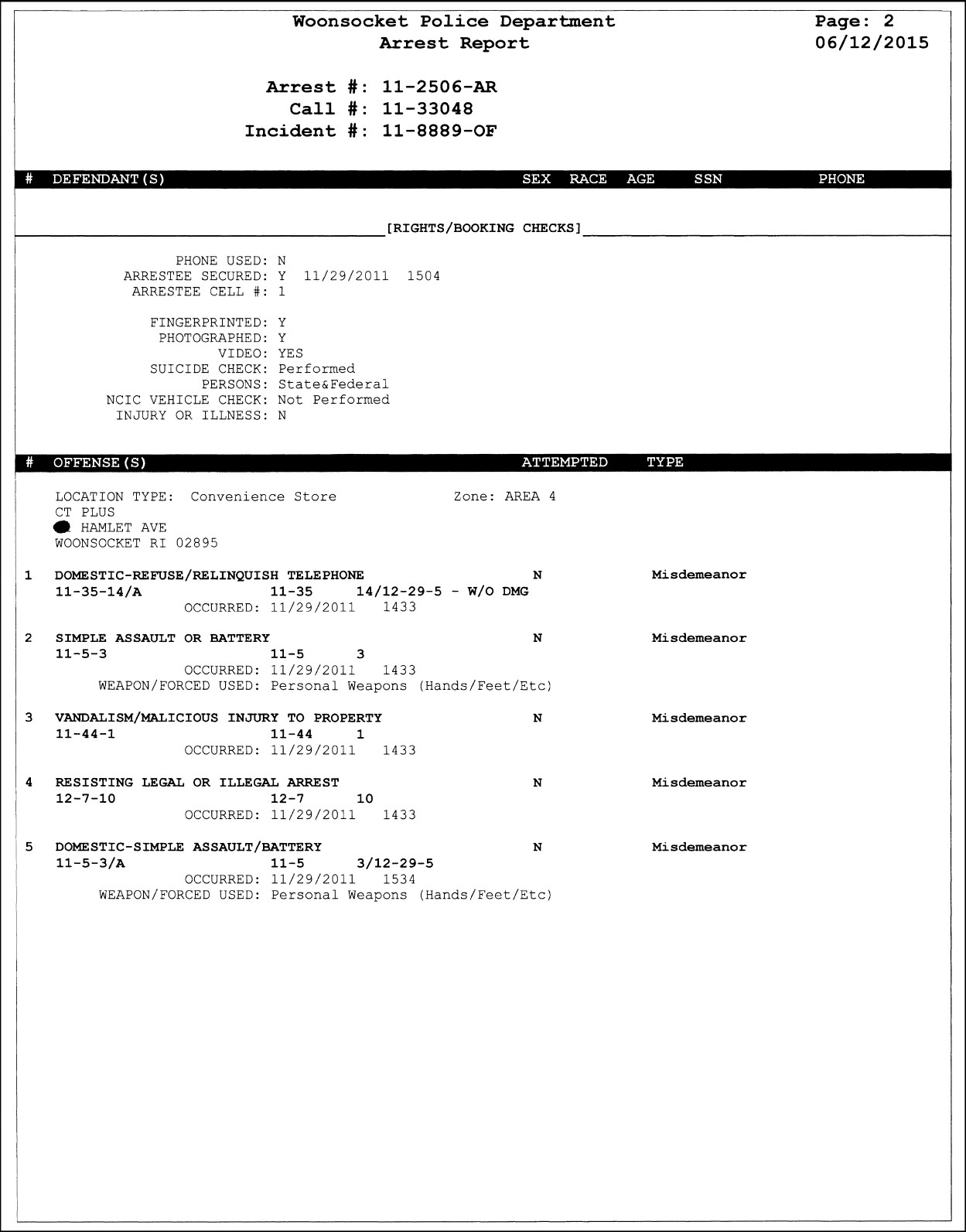
74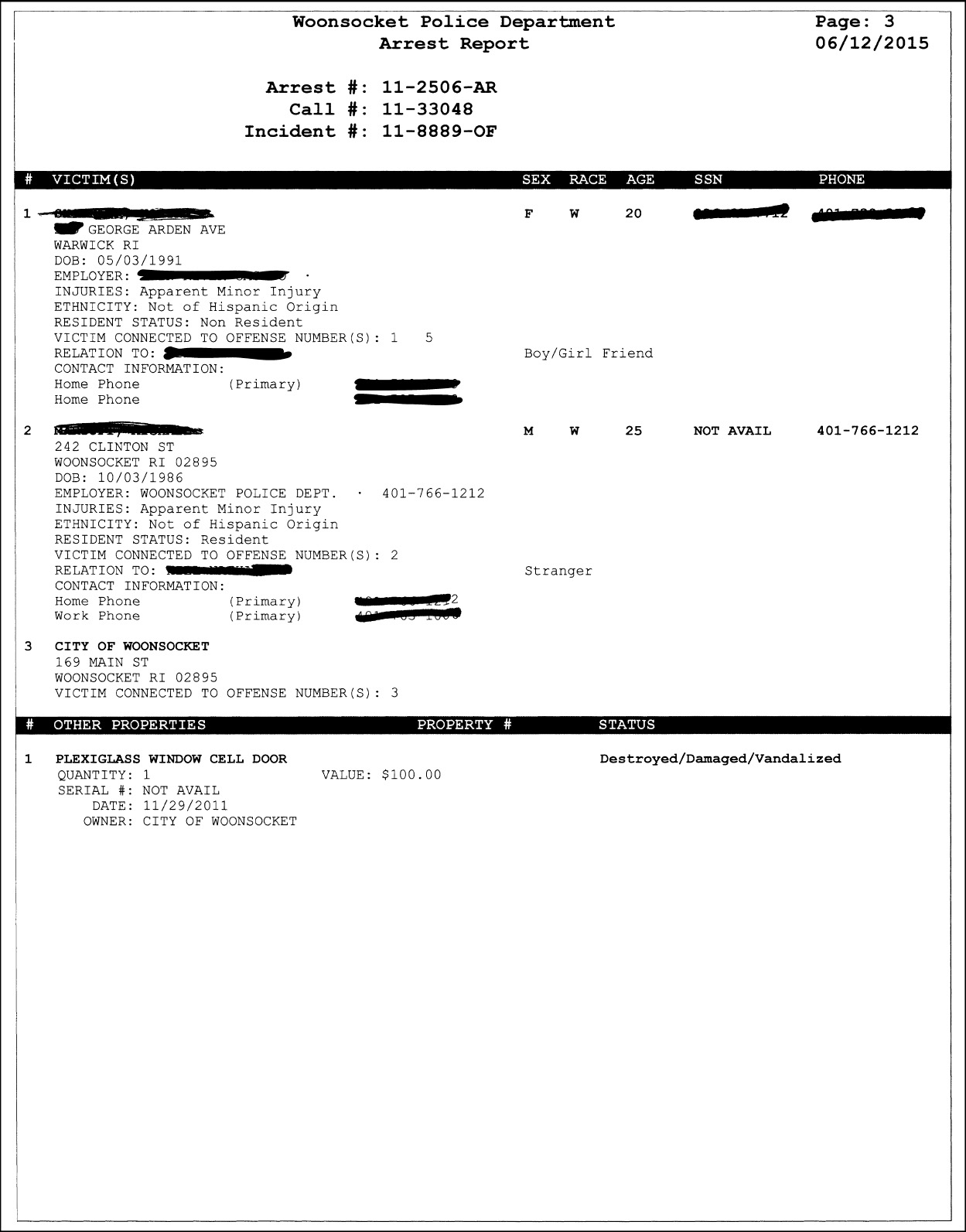
75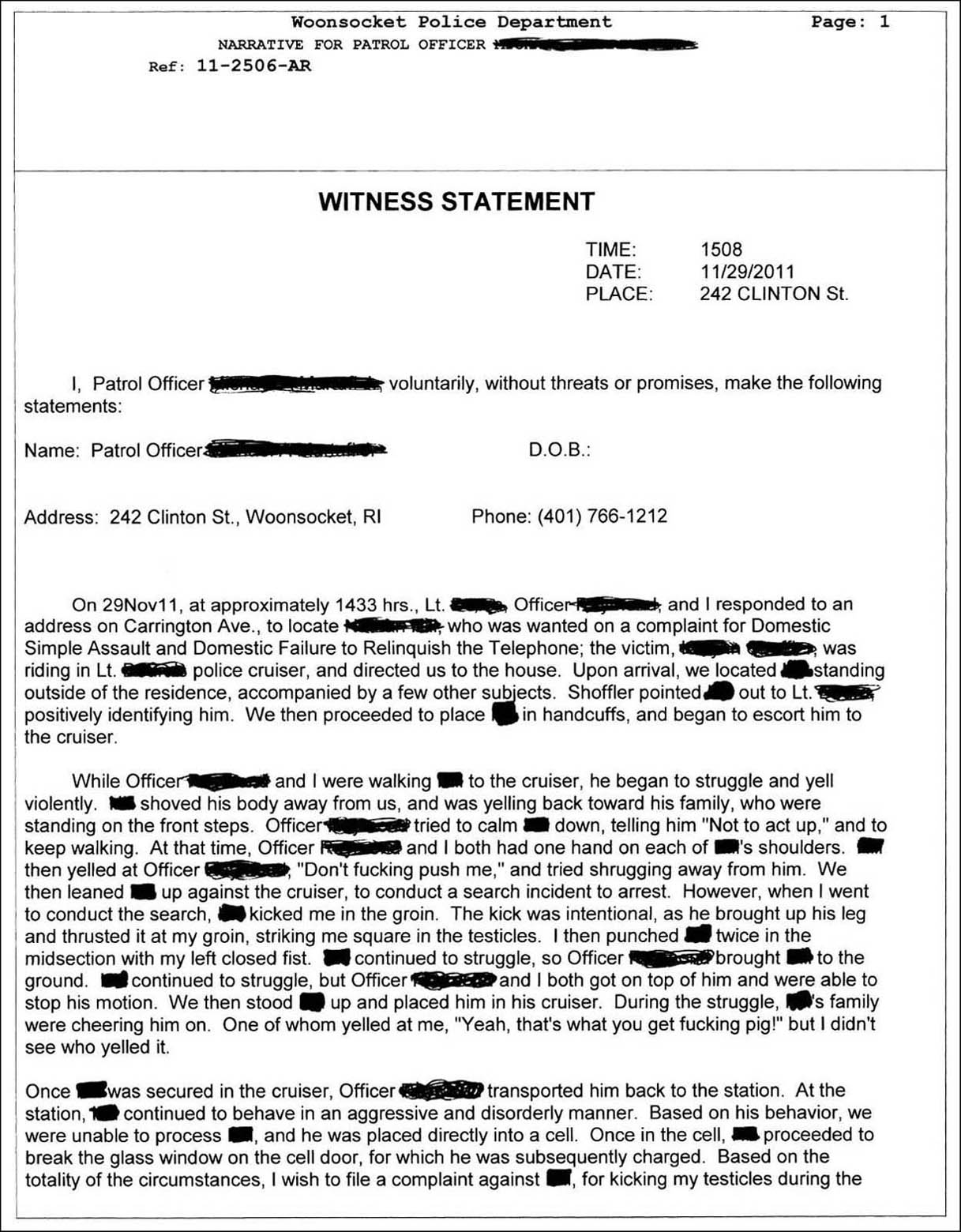
76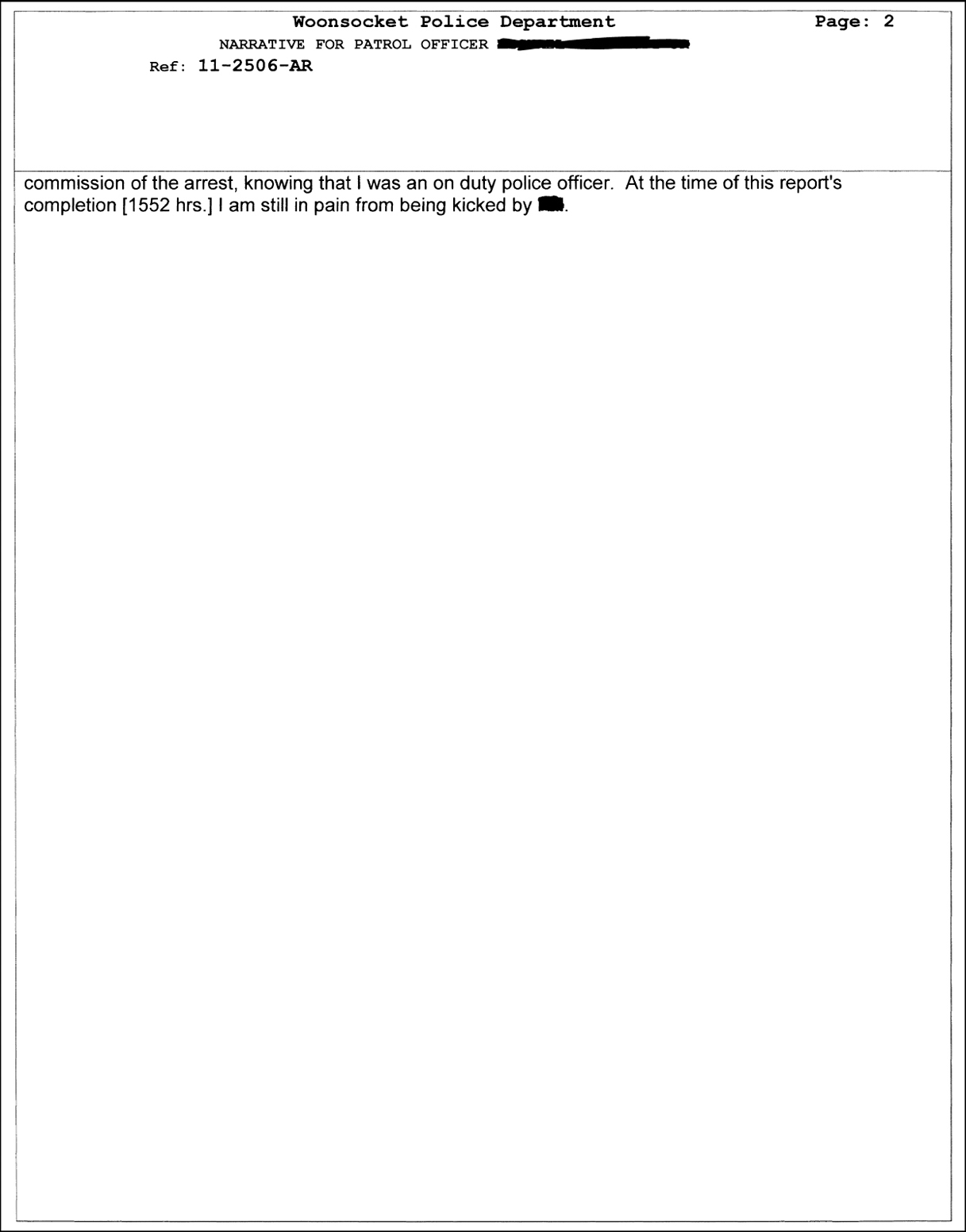
77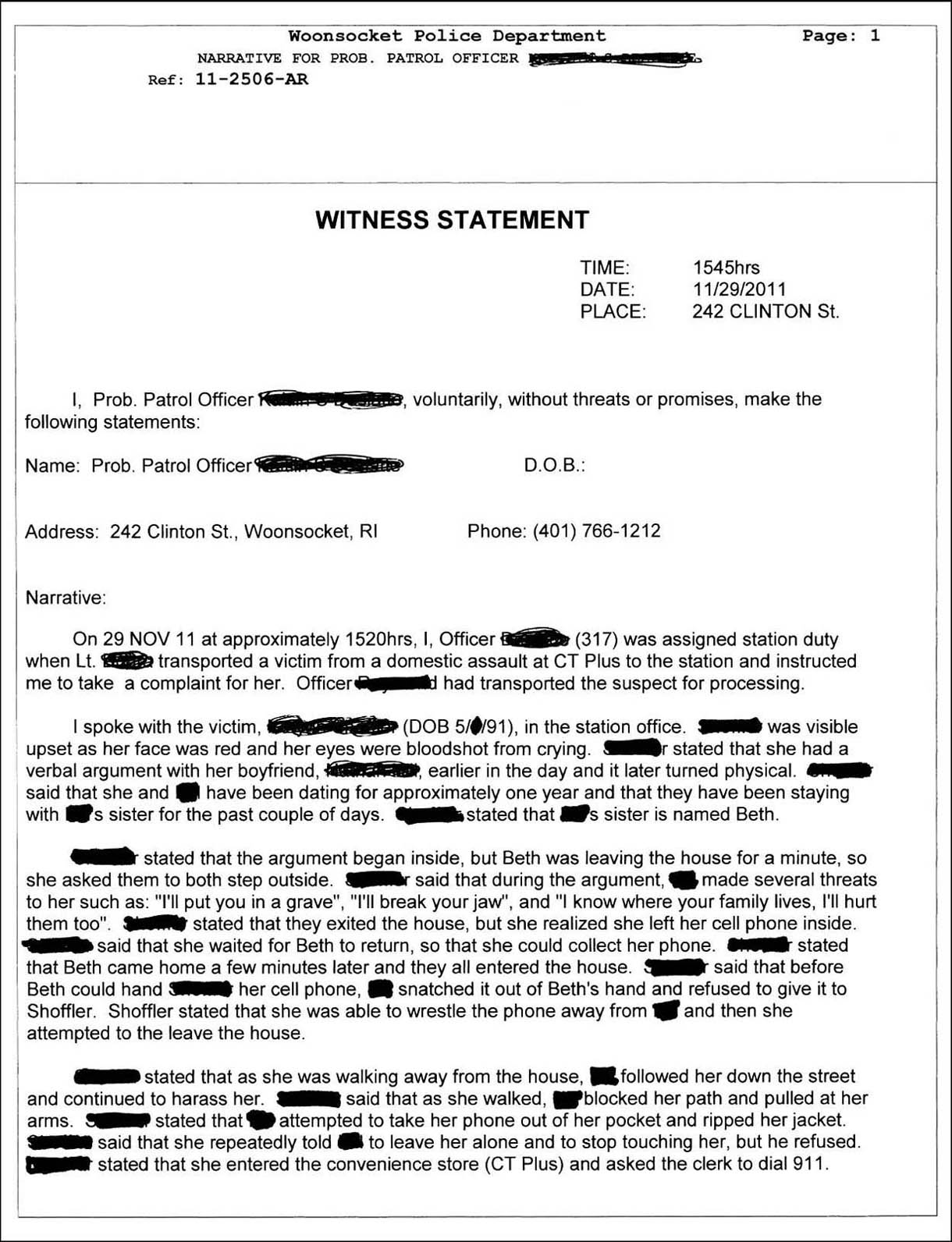
78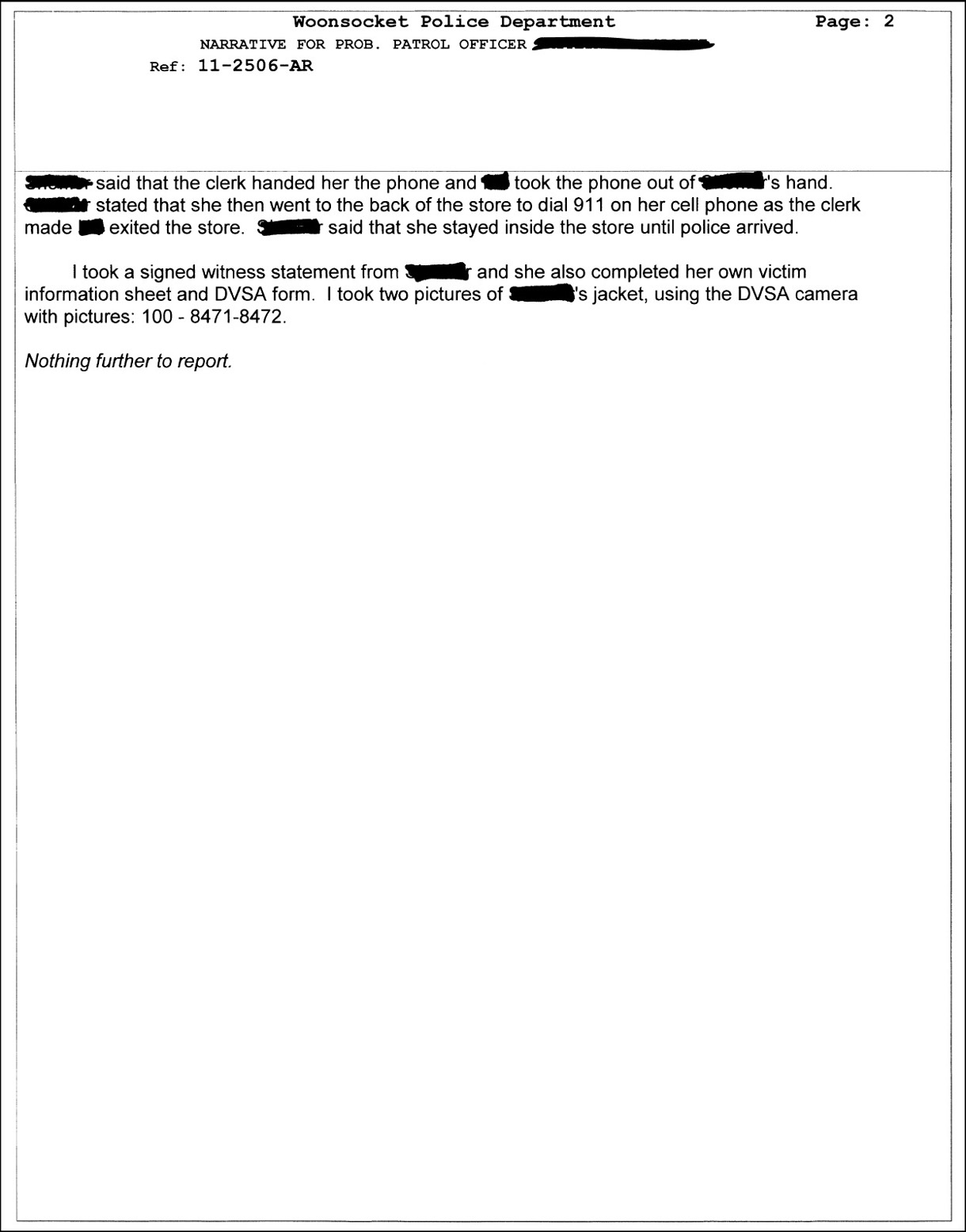
79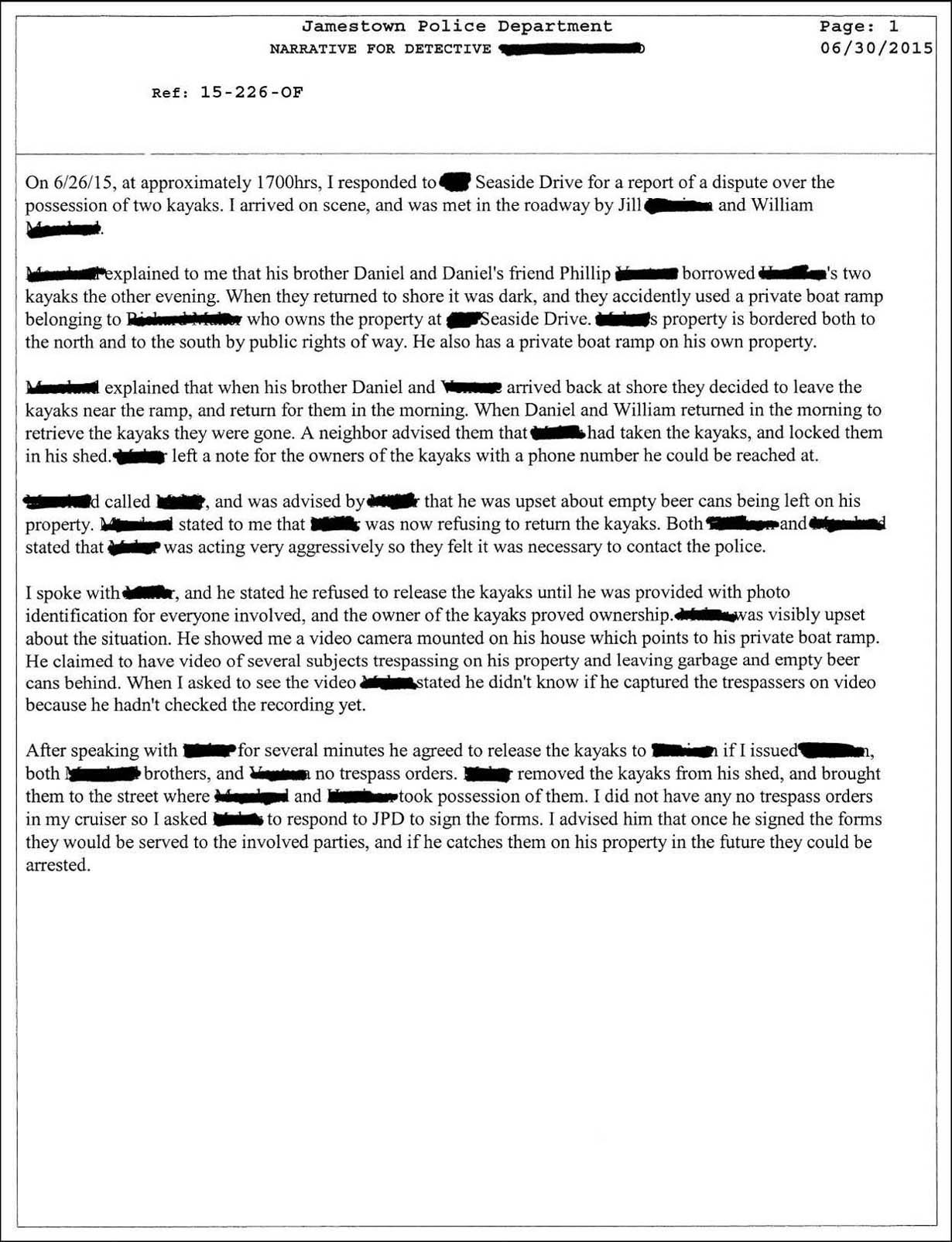
80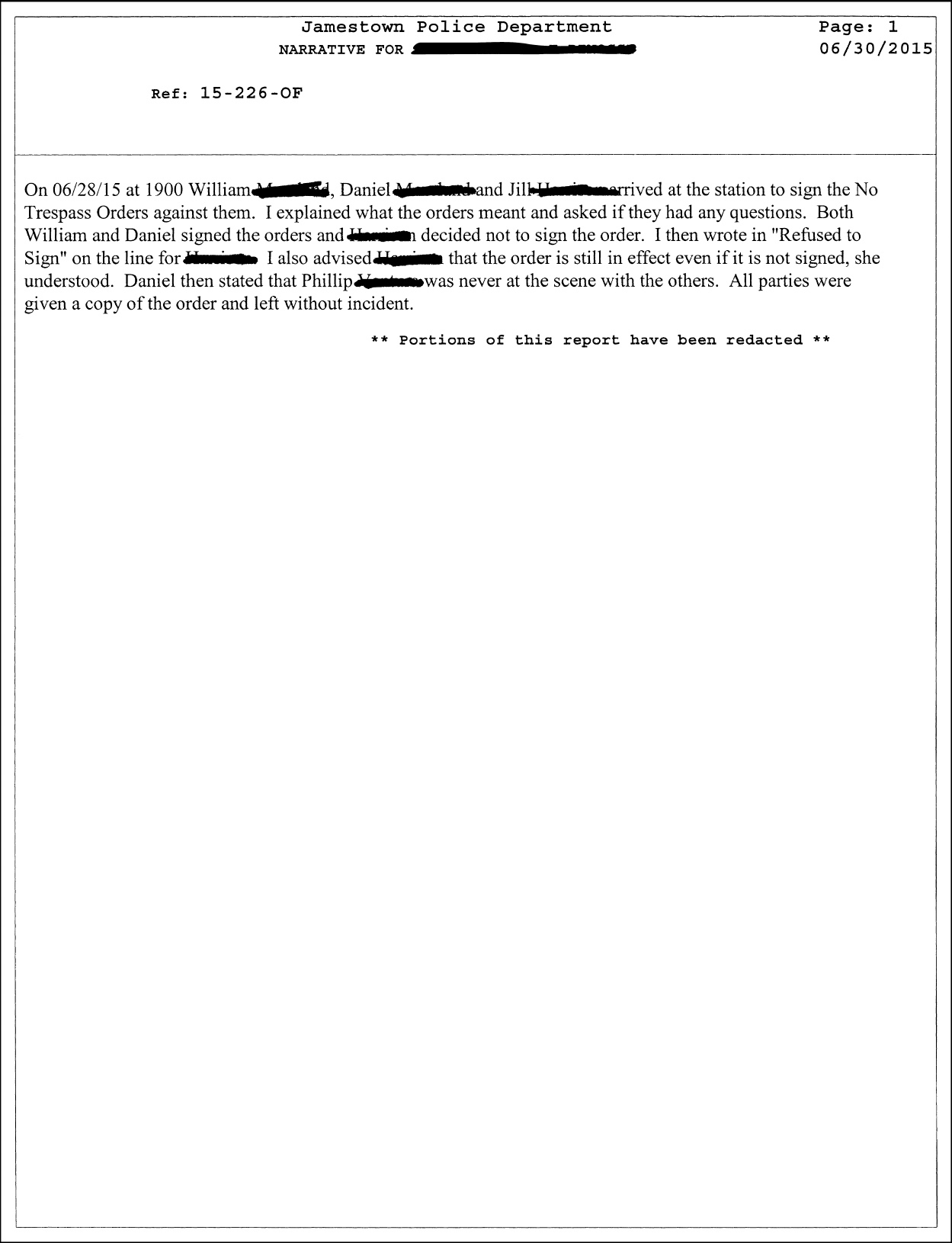
81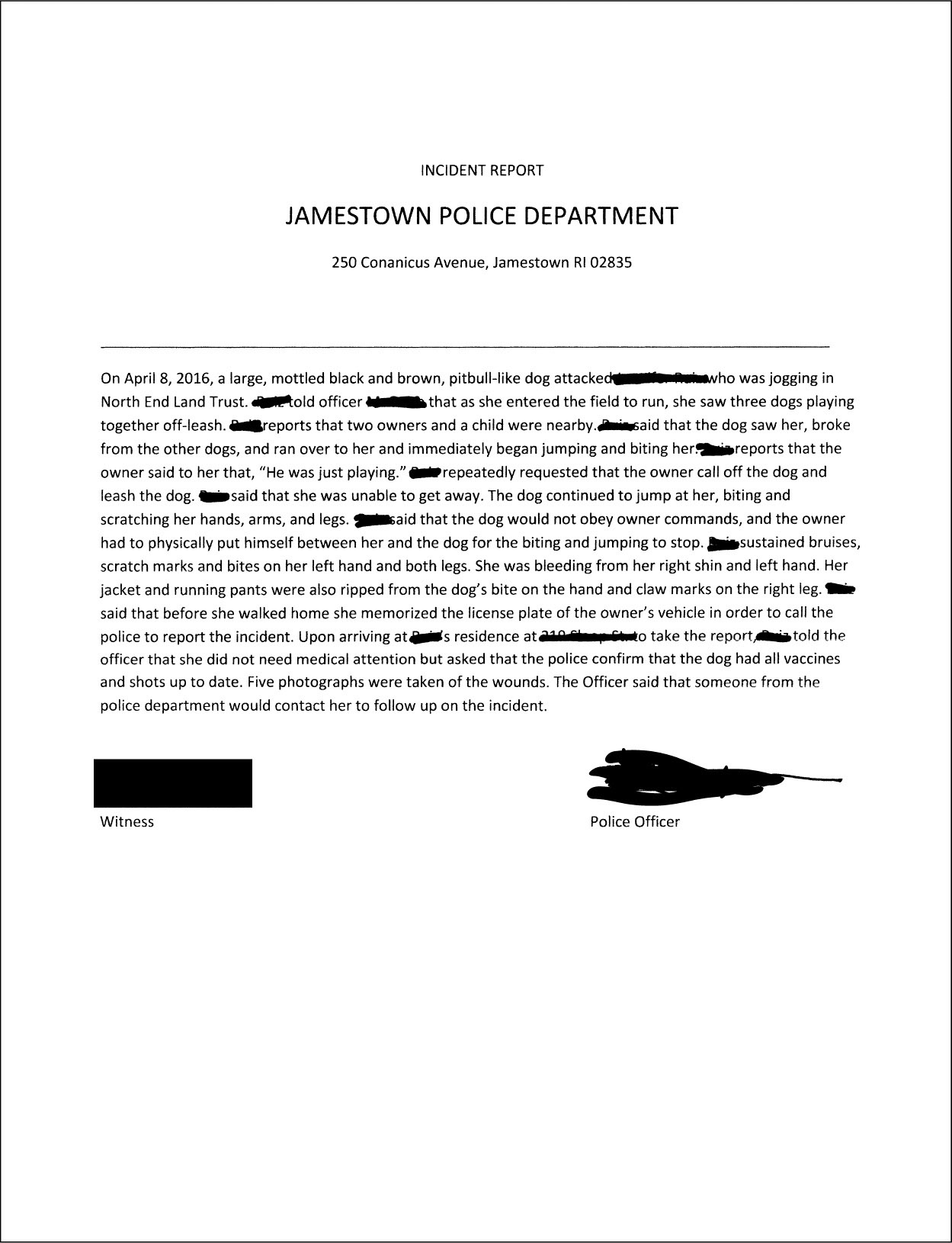
82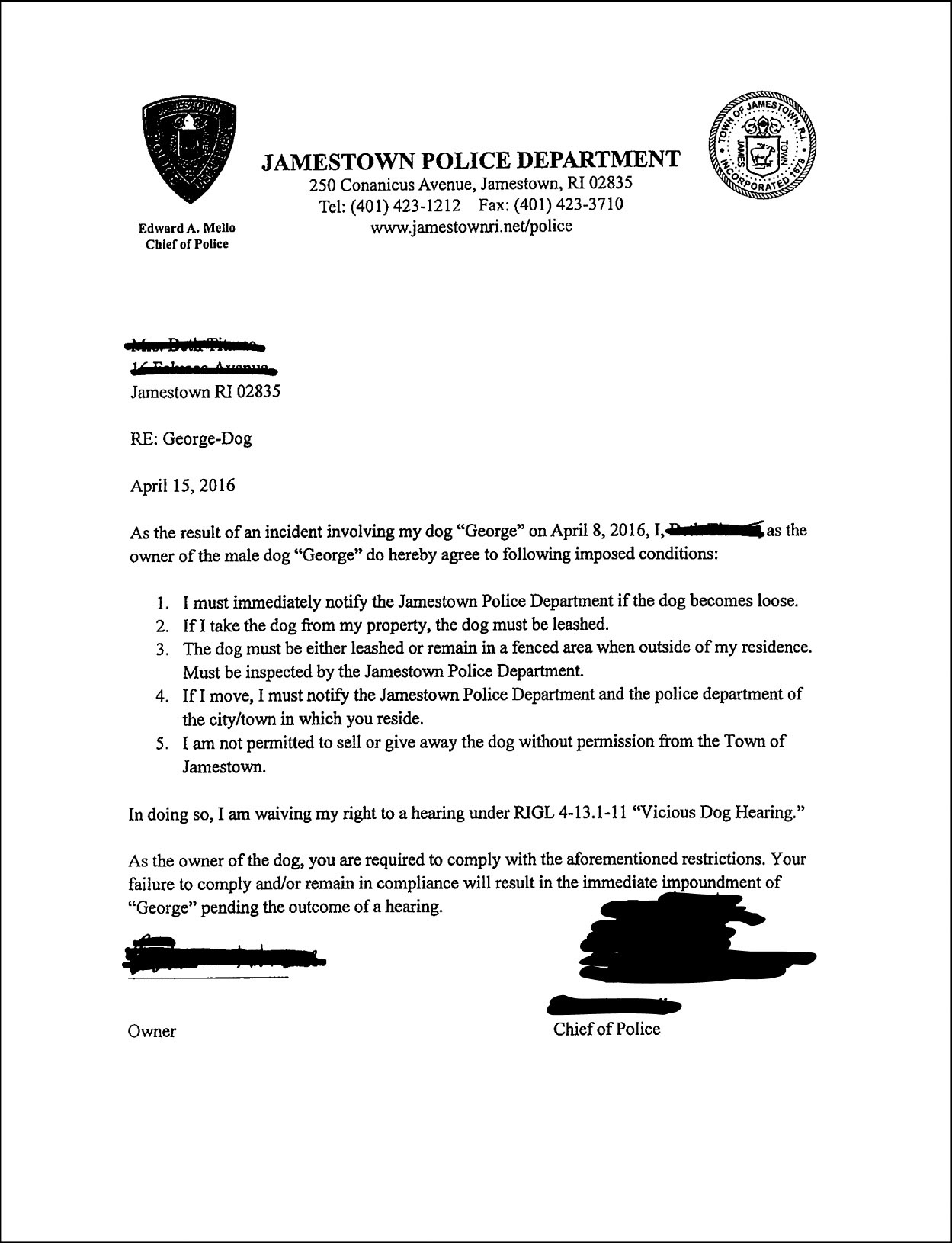
83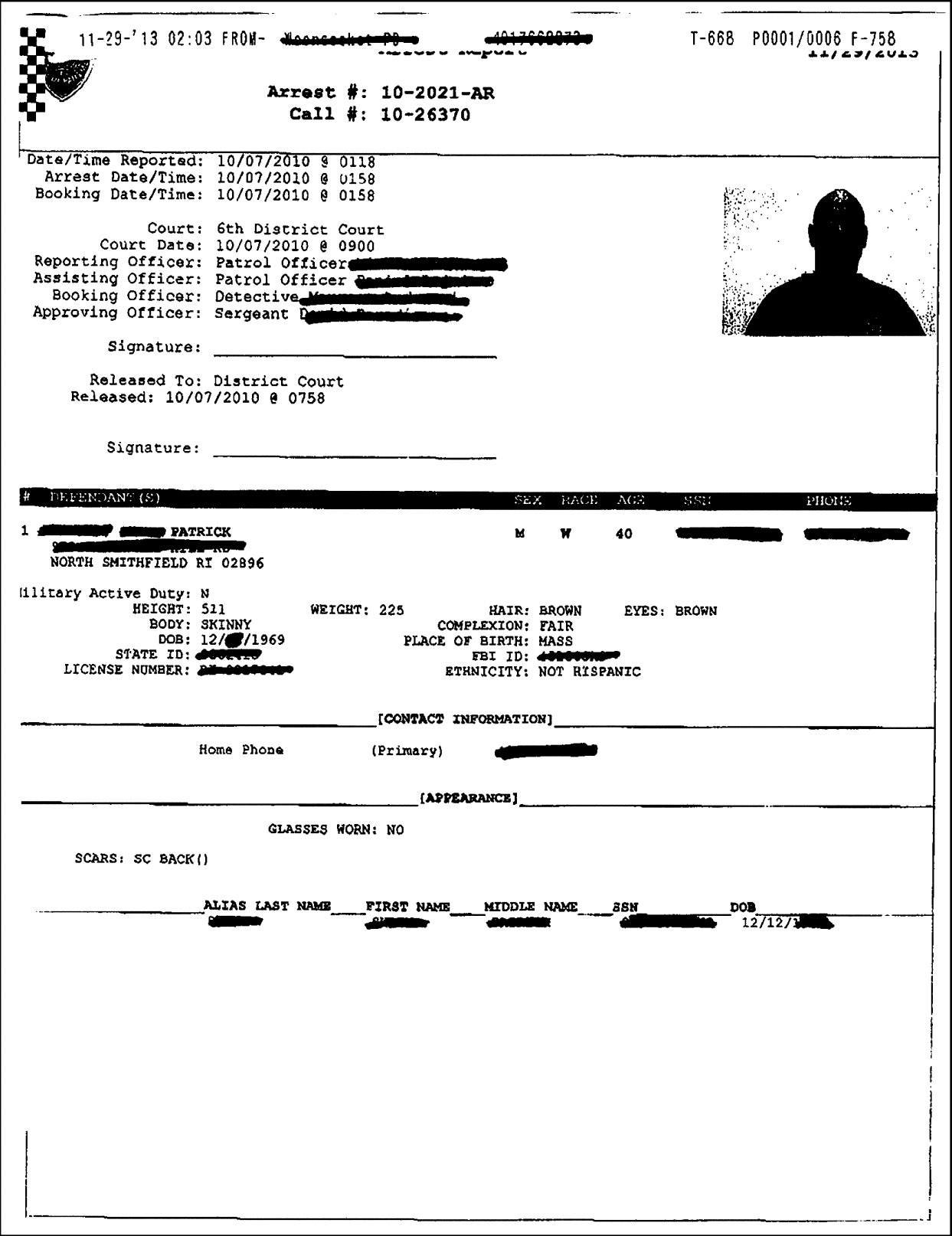
84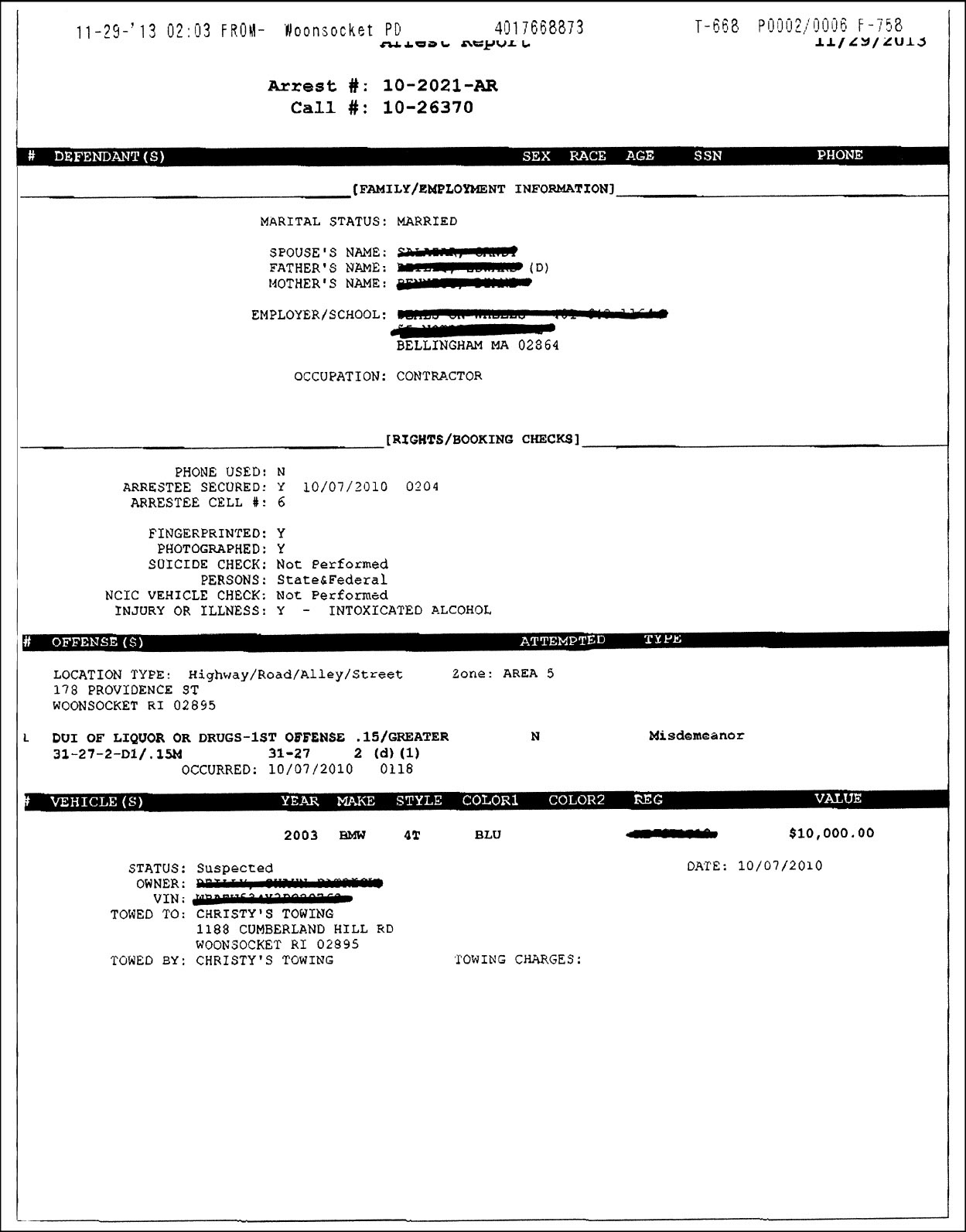
85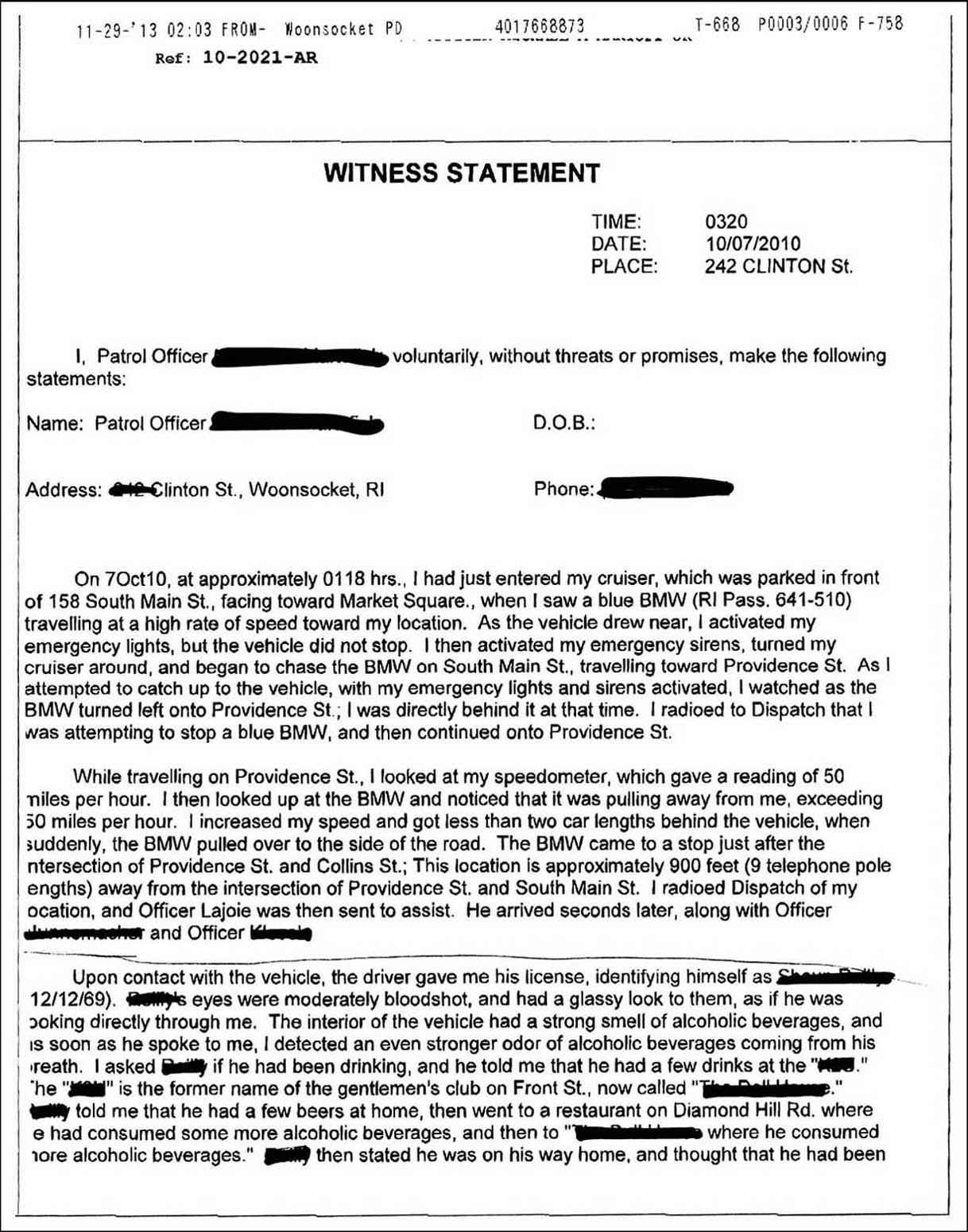
86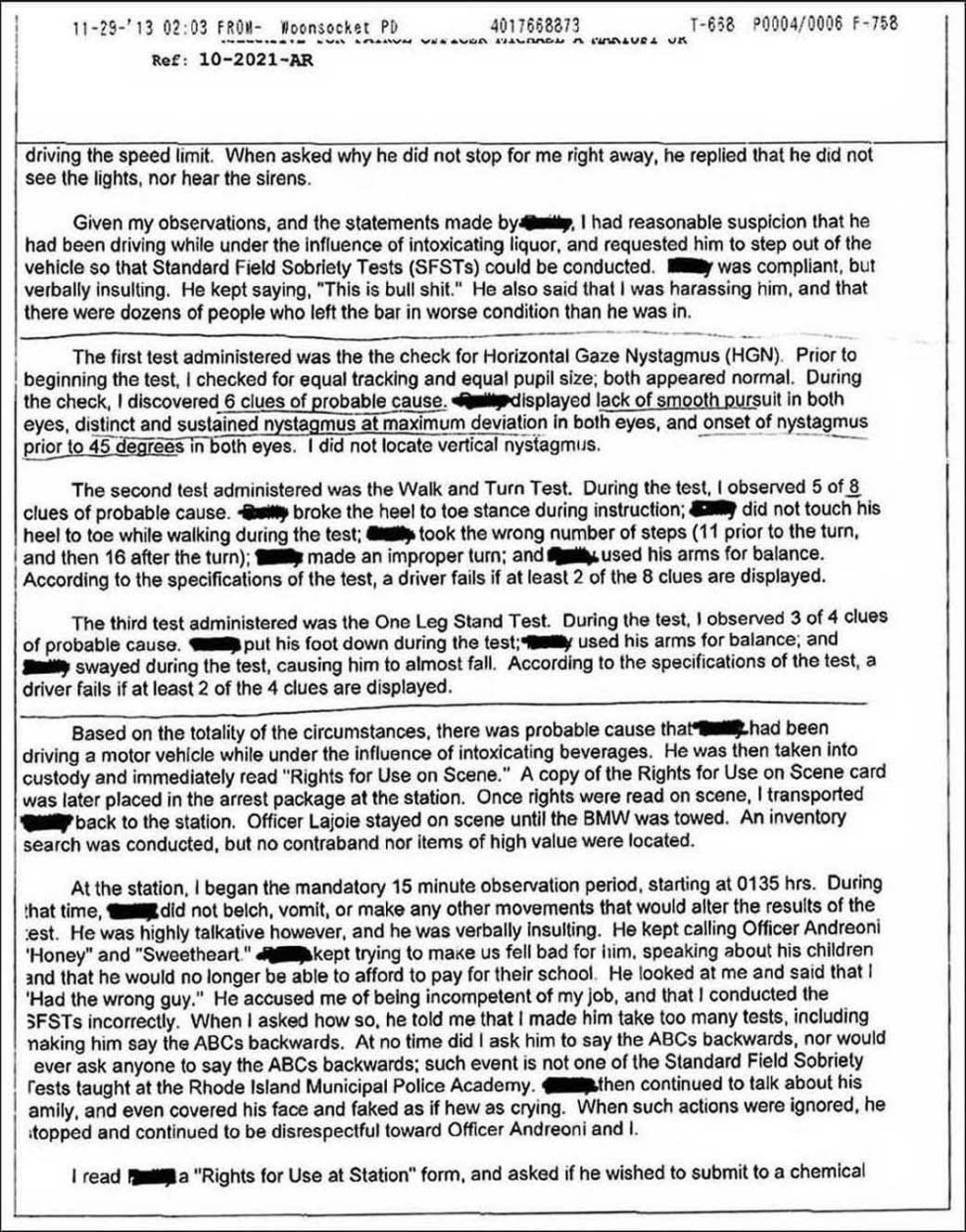
87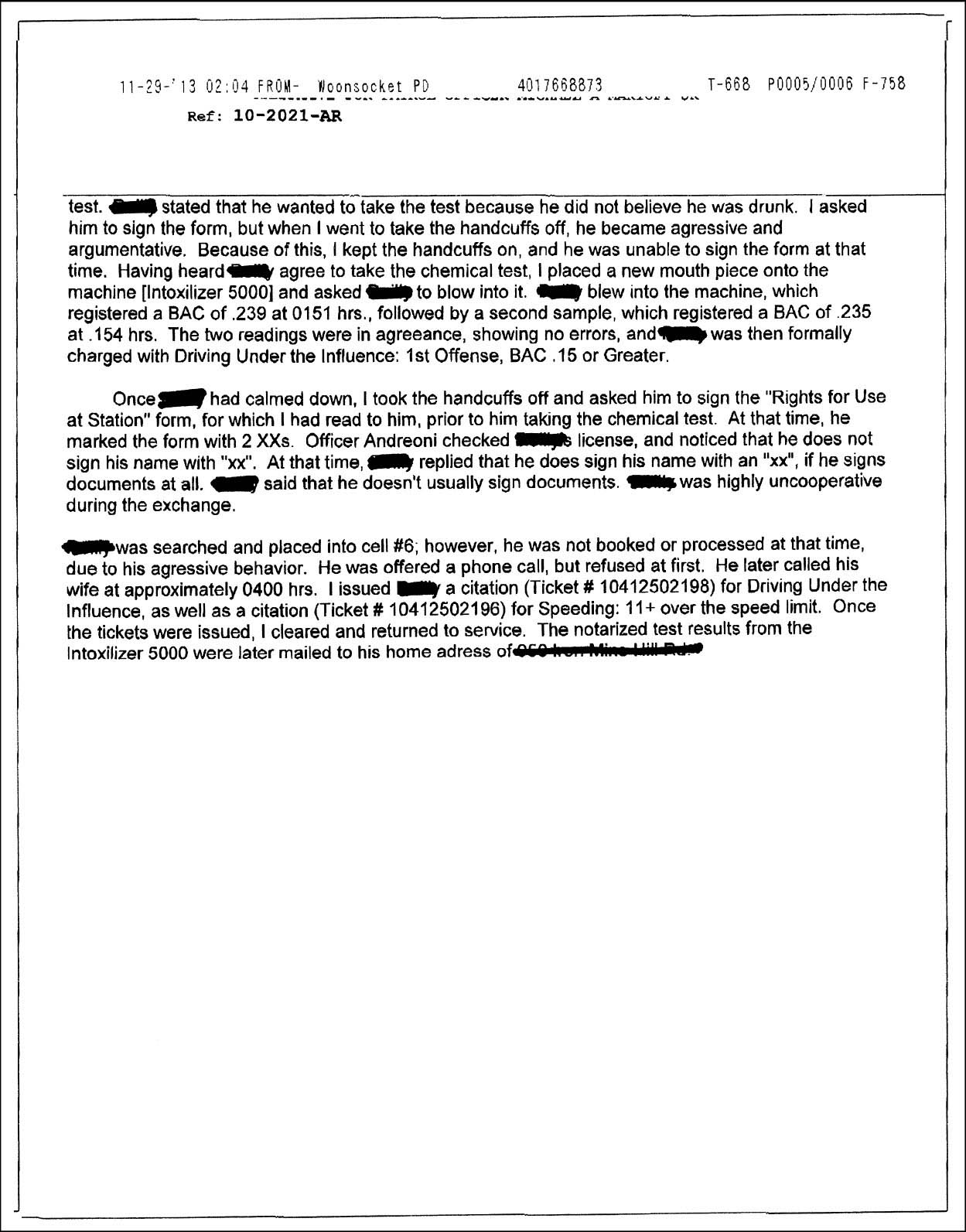
88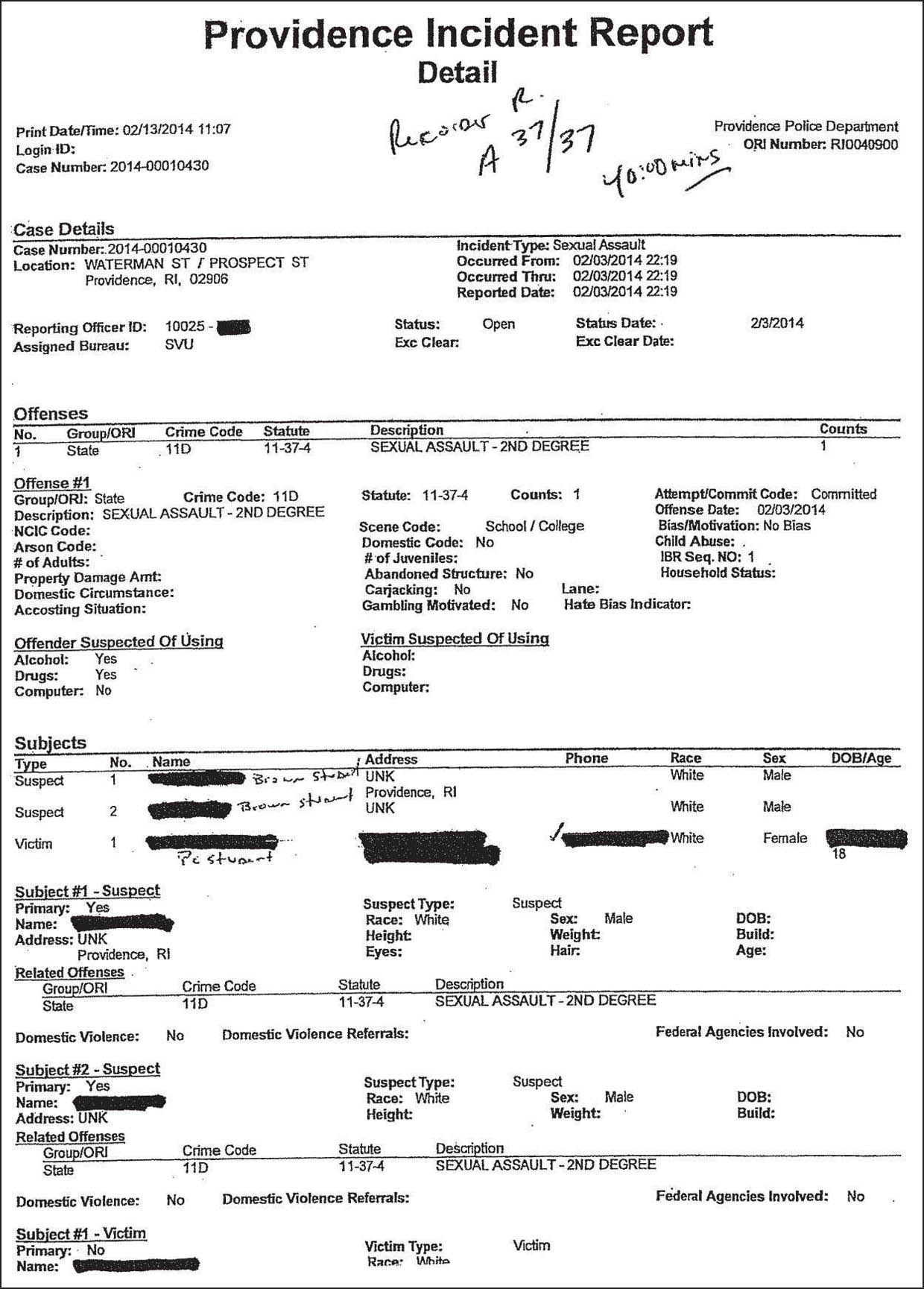
89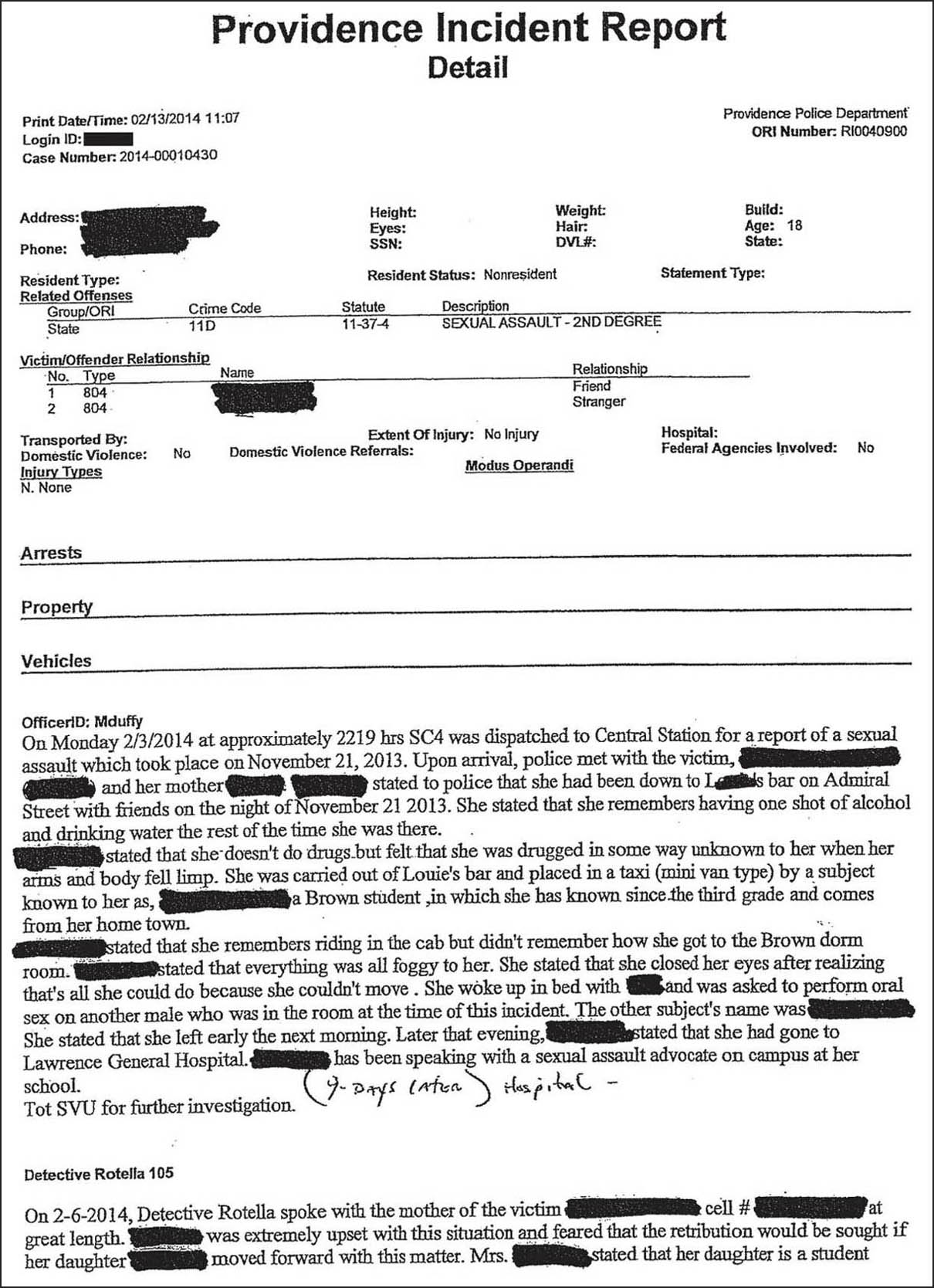
90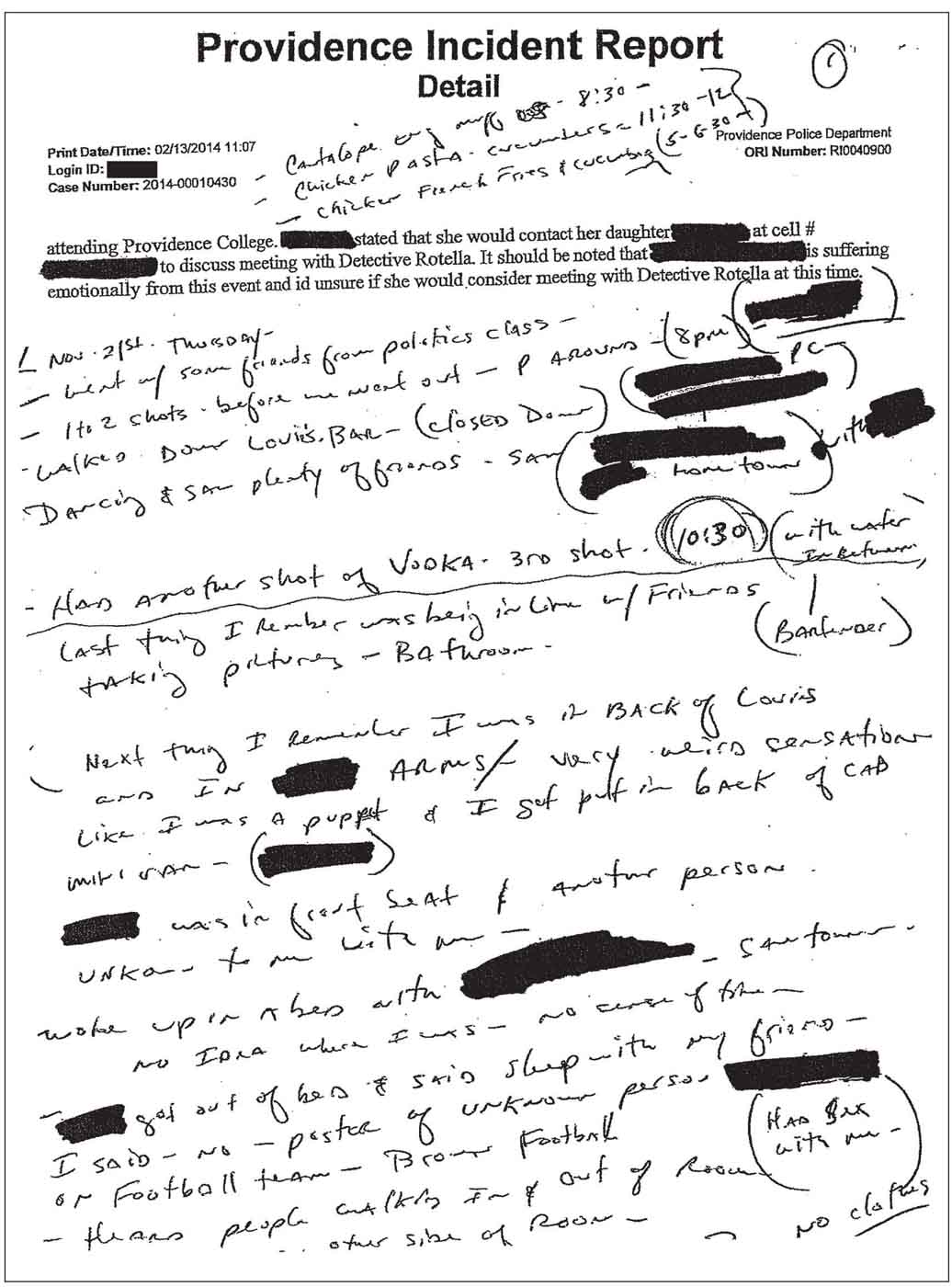
91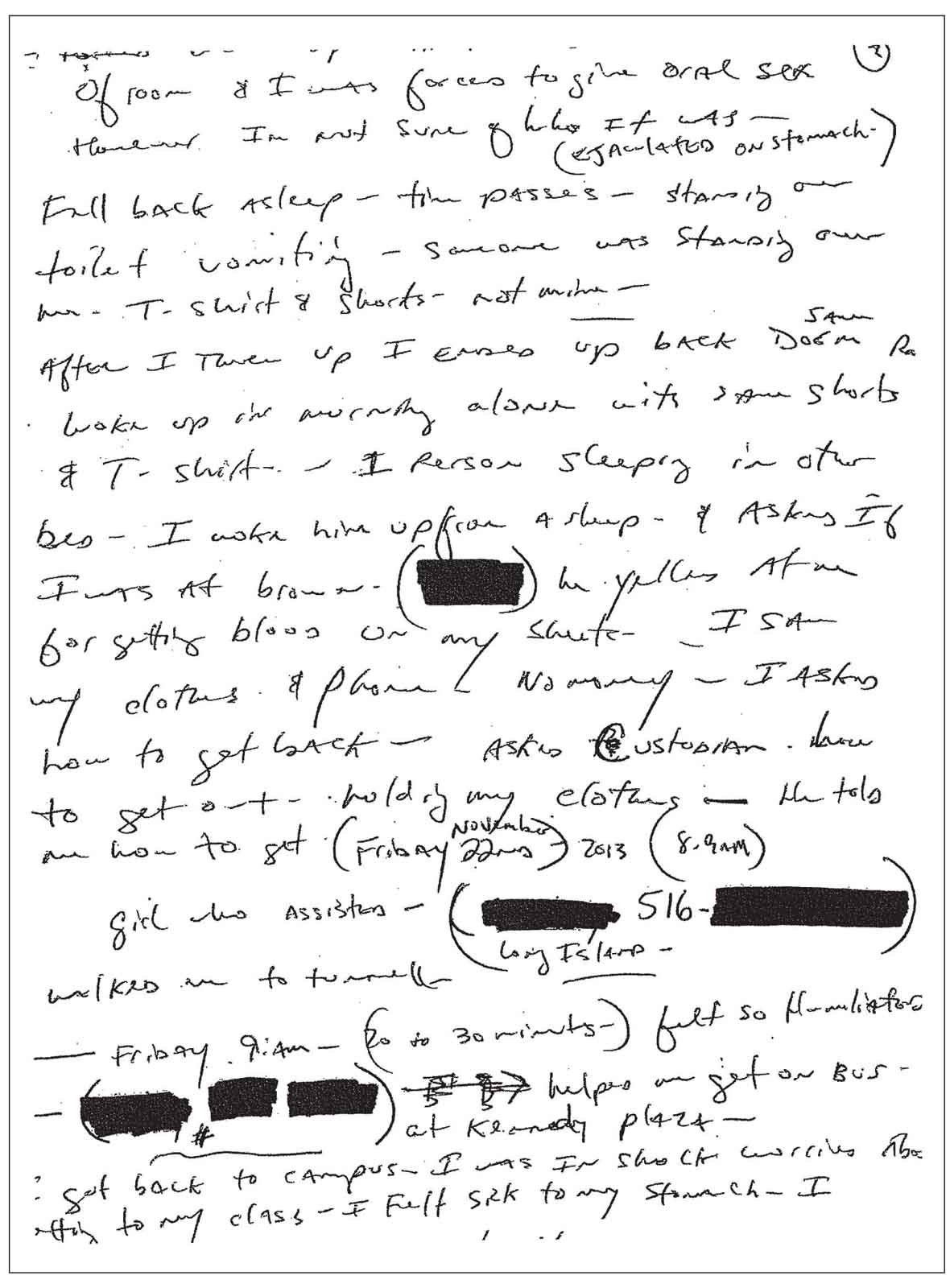
92
93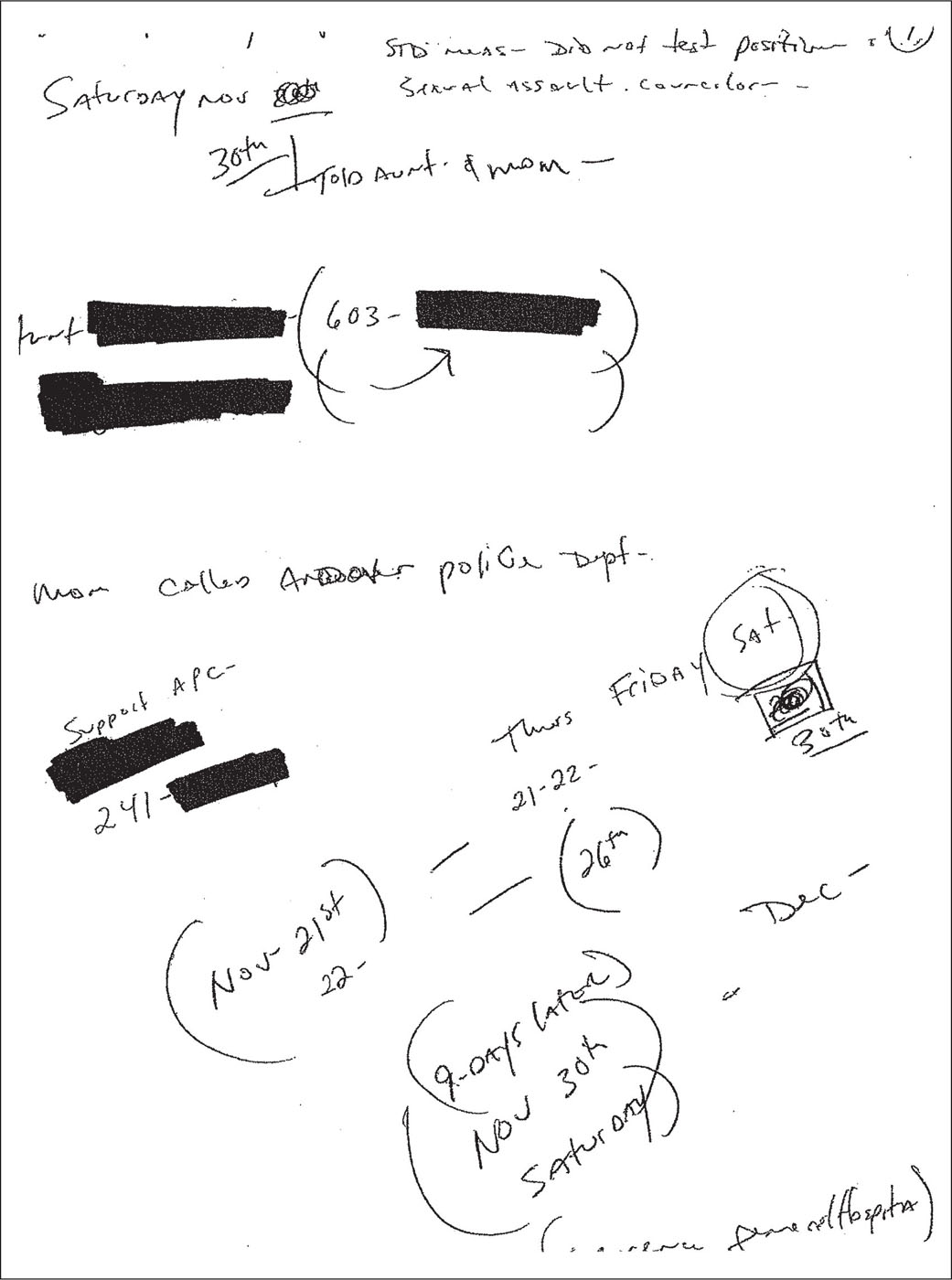
94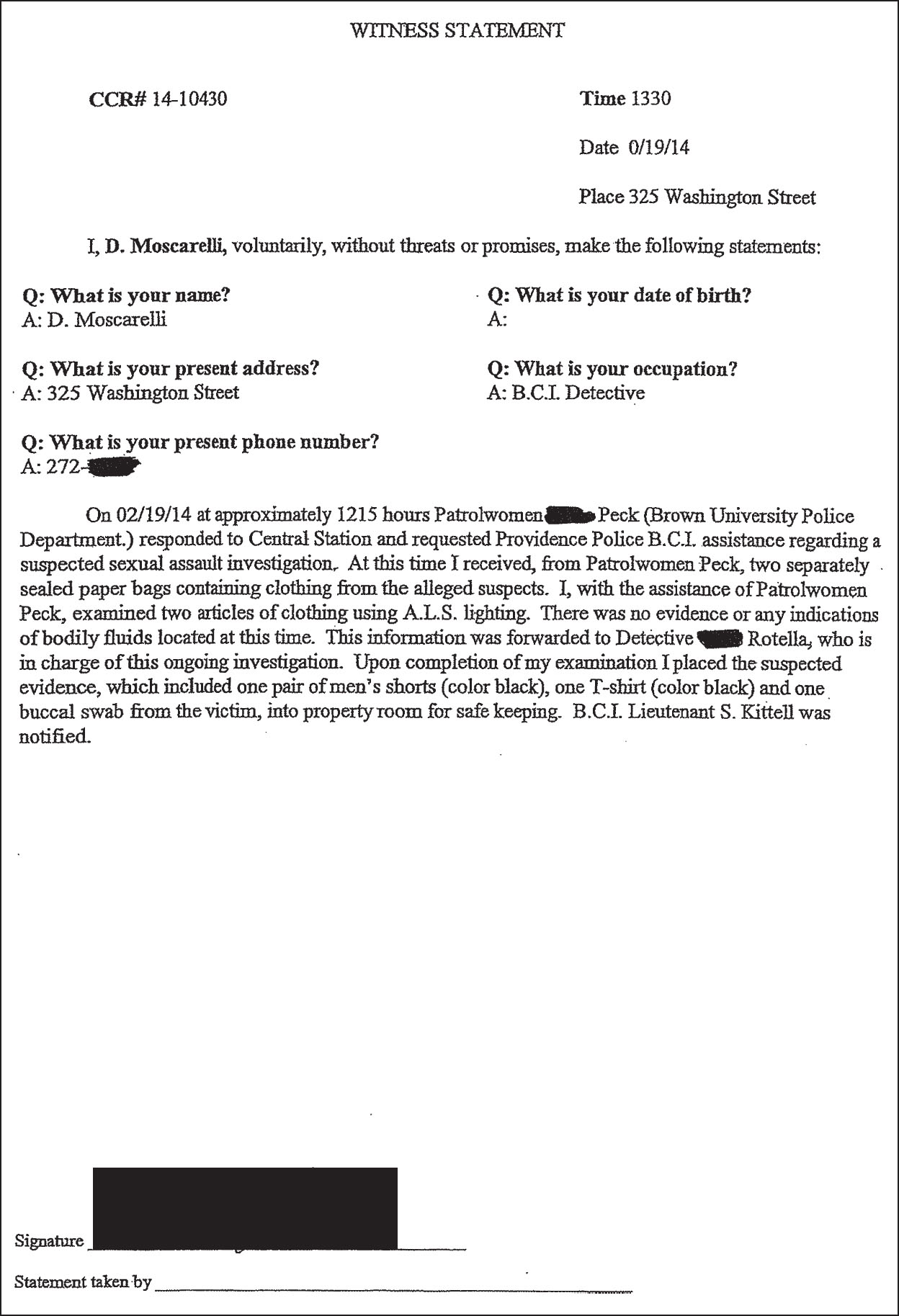
95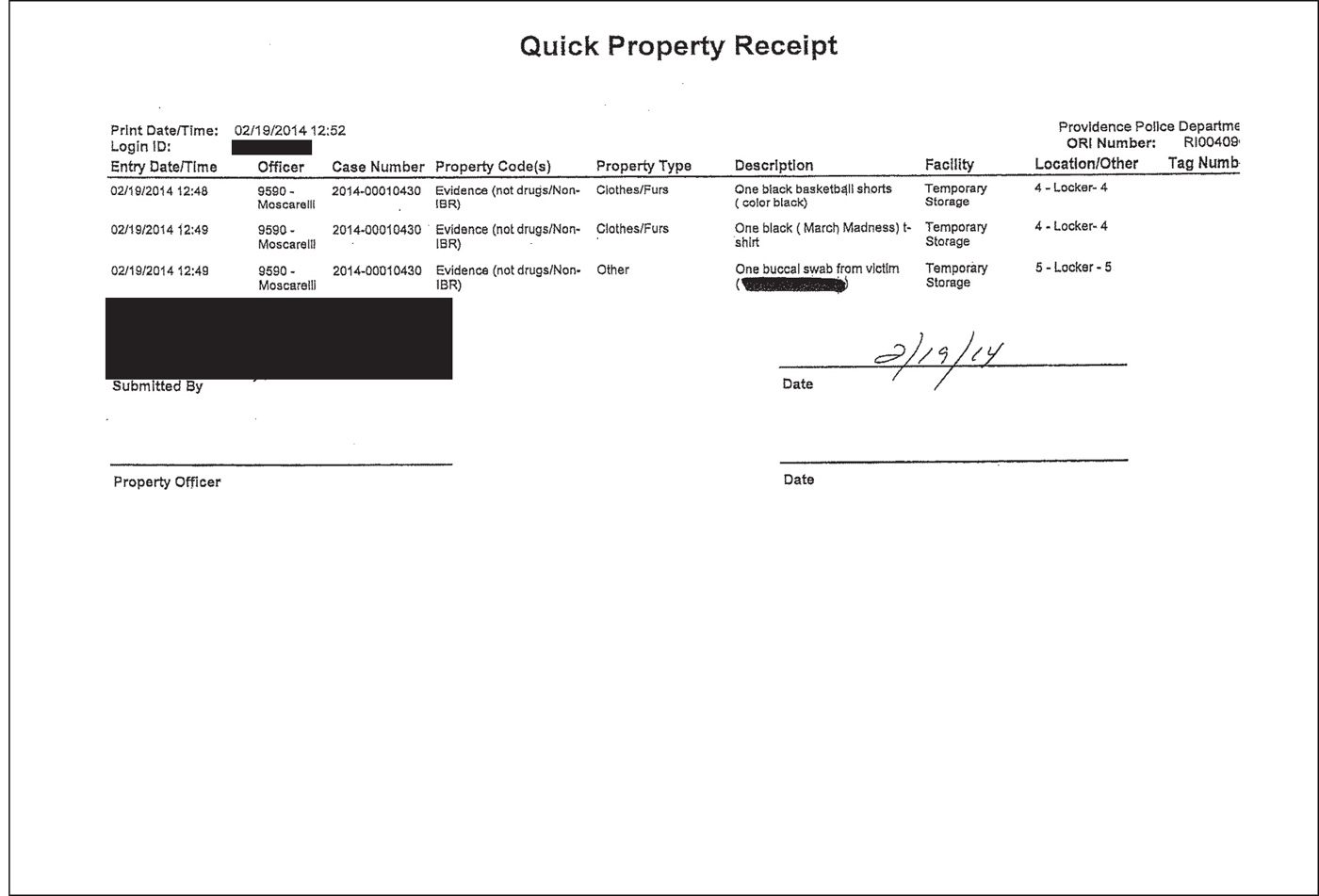
96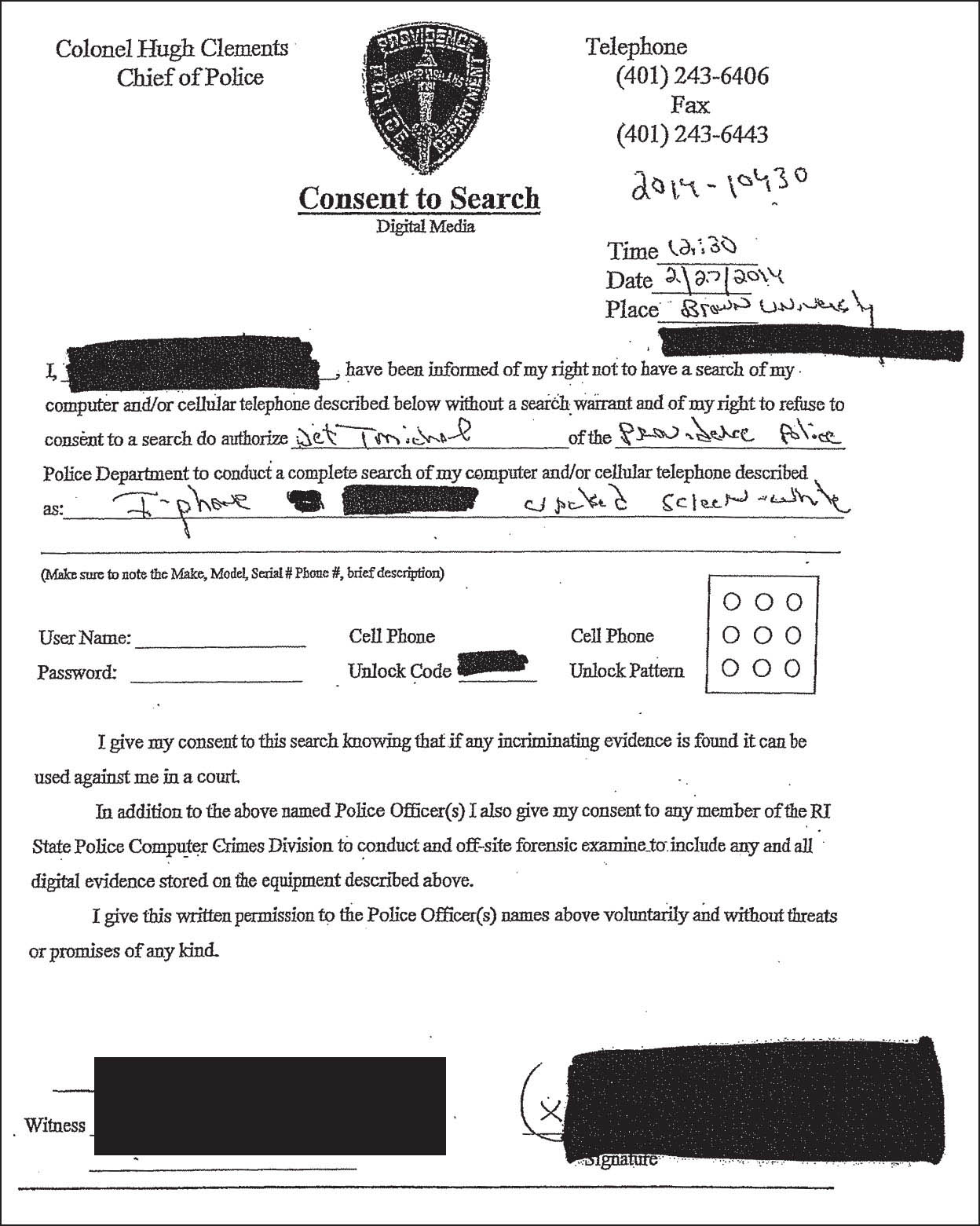
97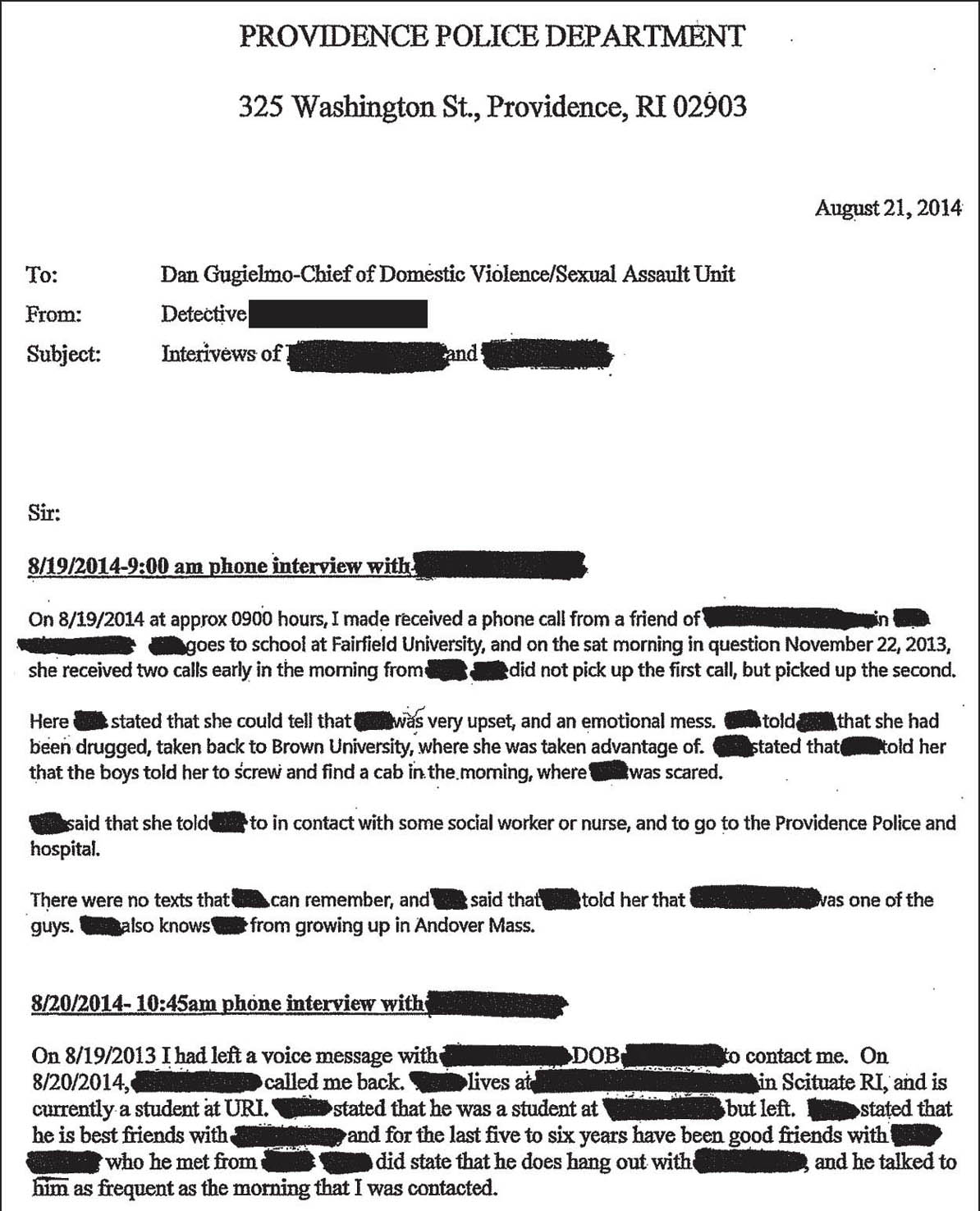
98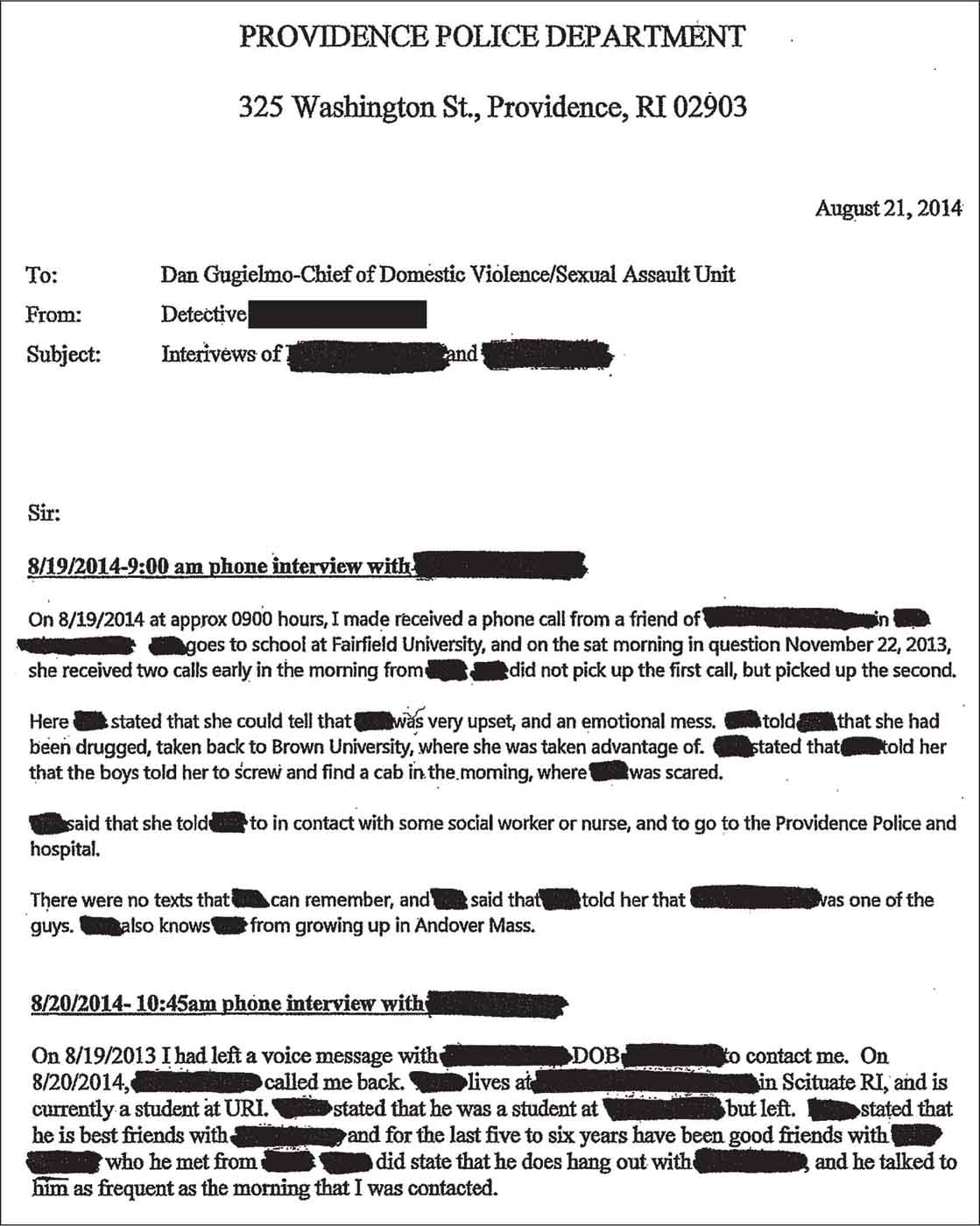
99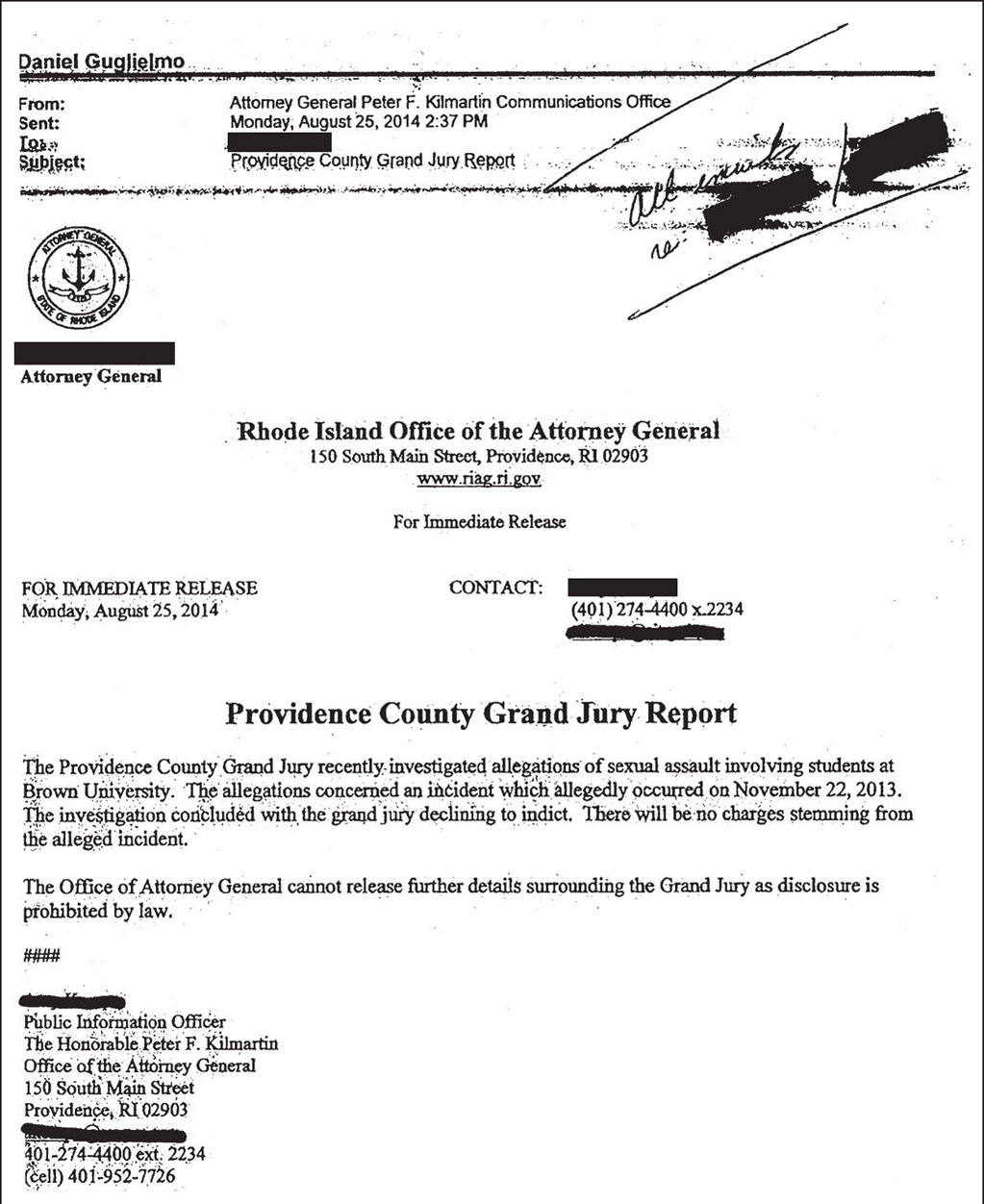
100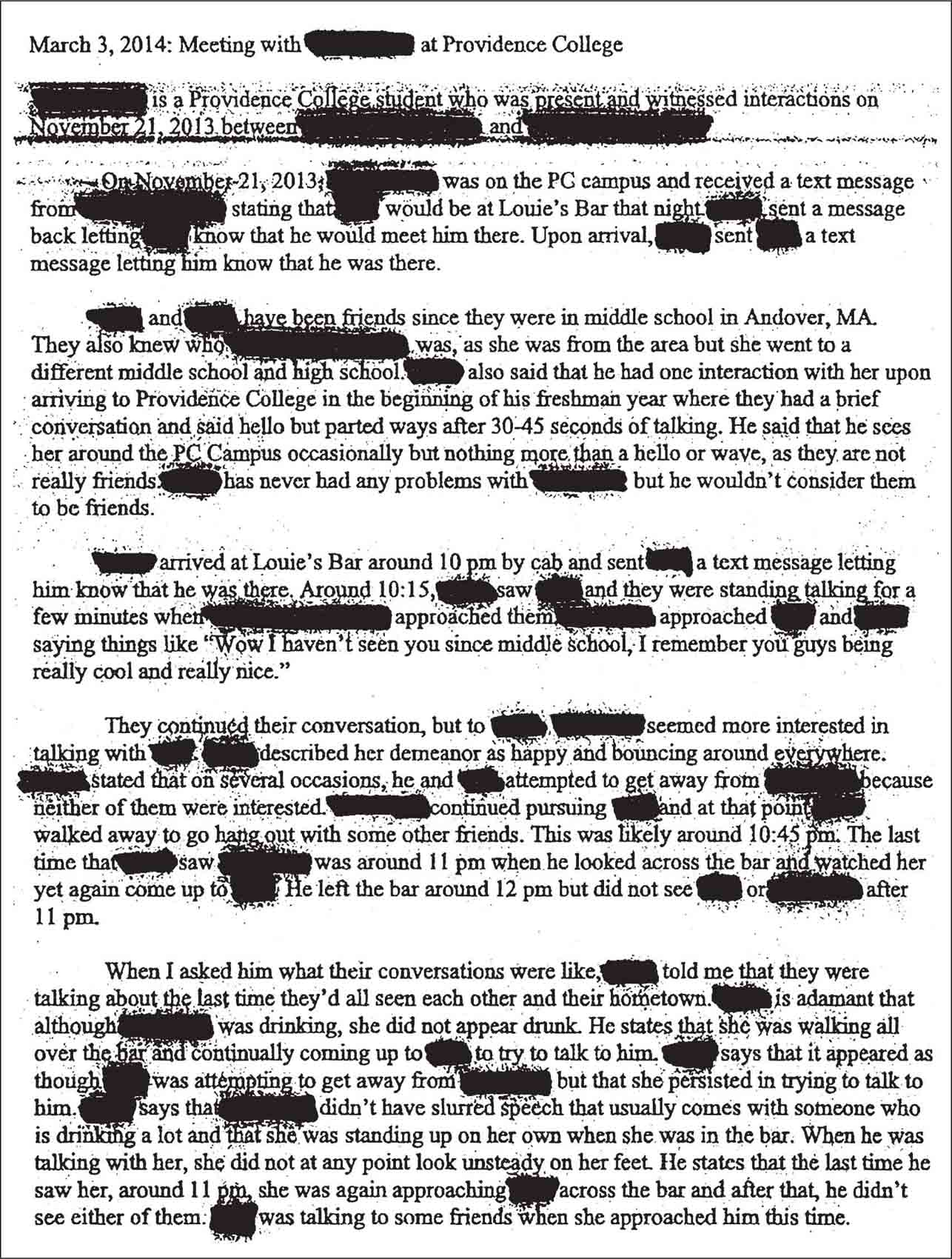
101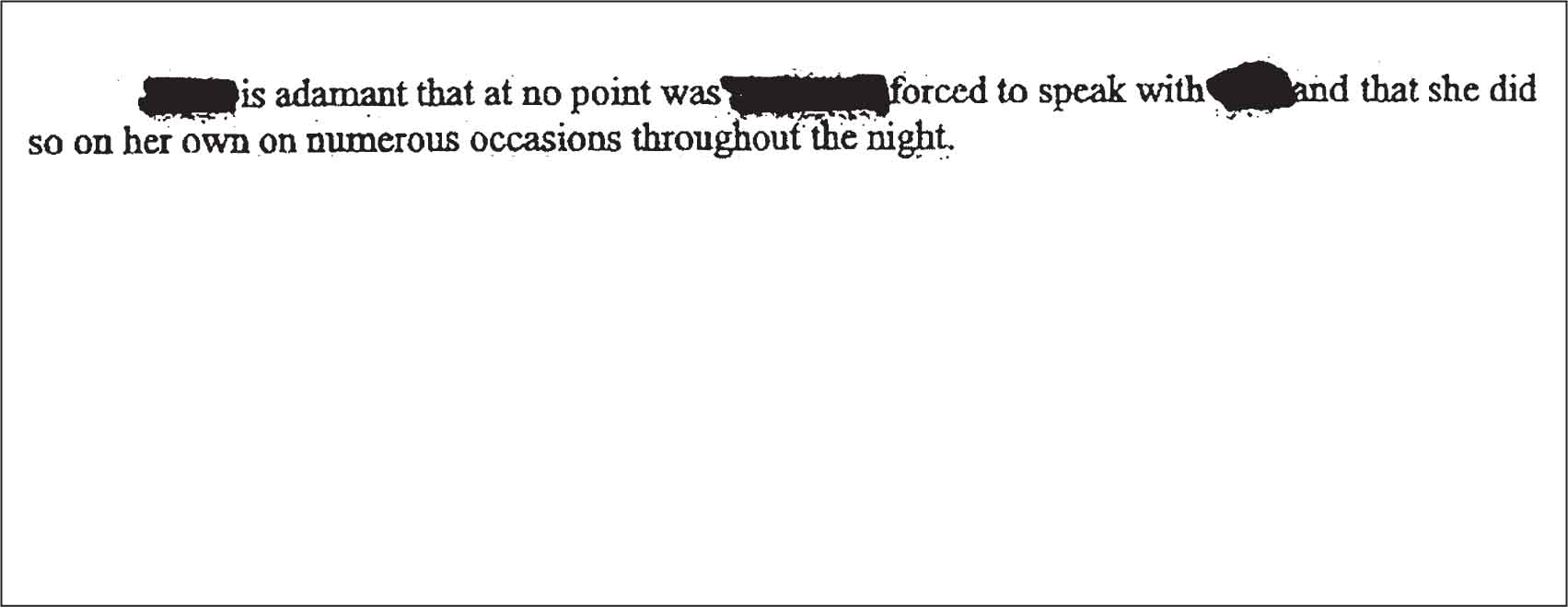
102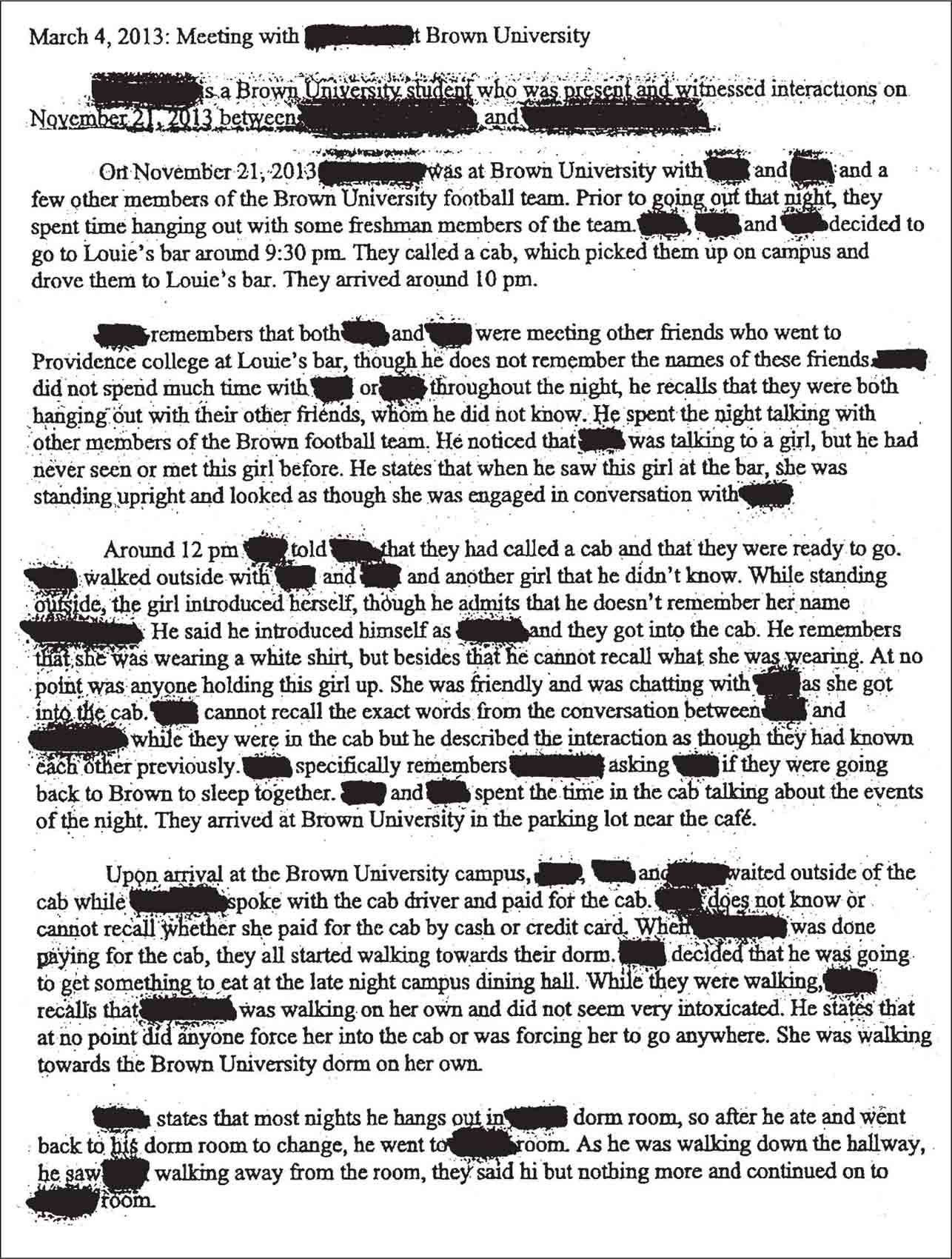
103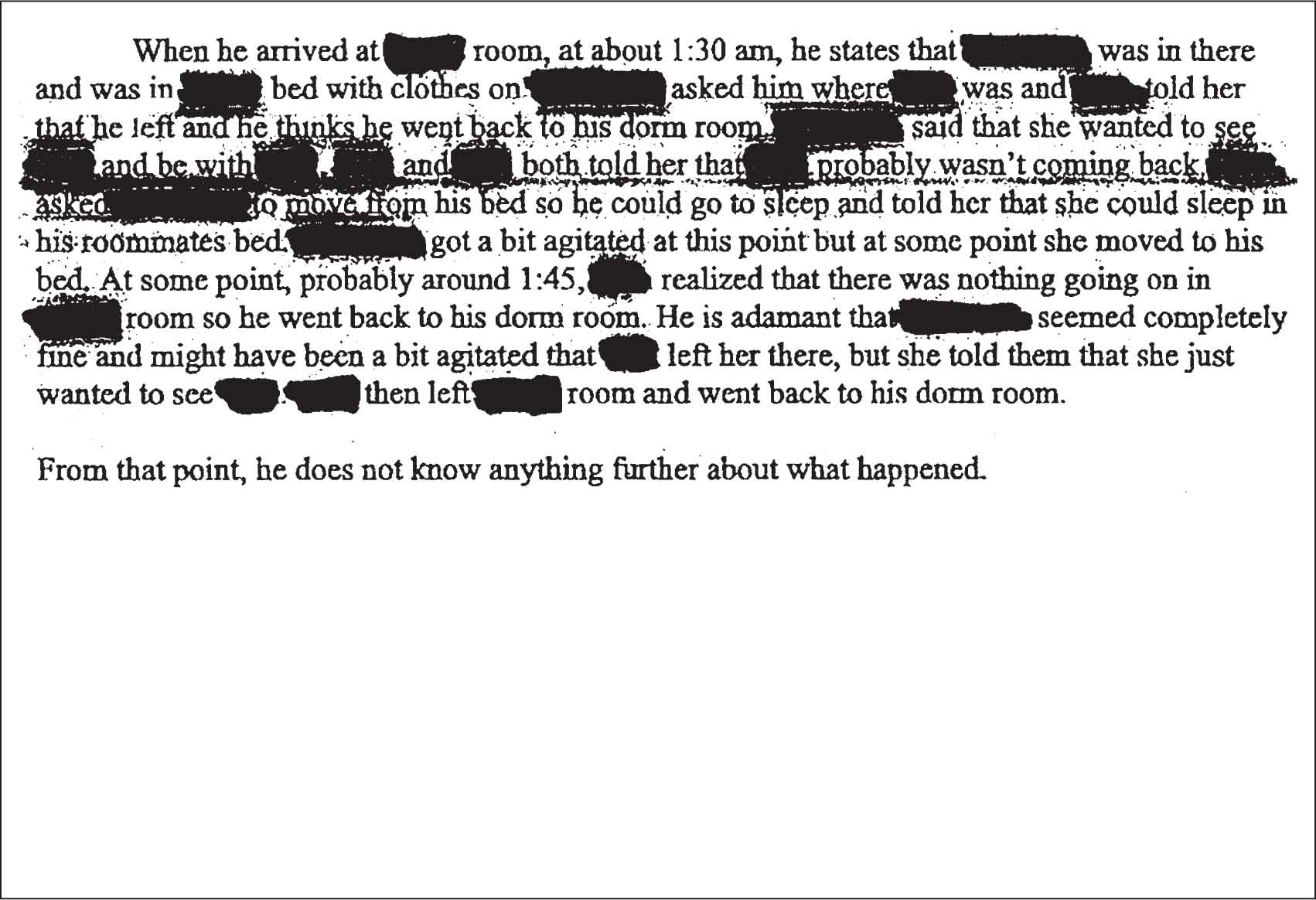
104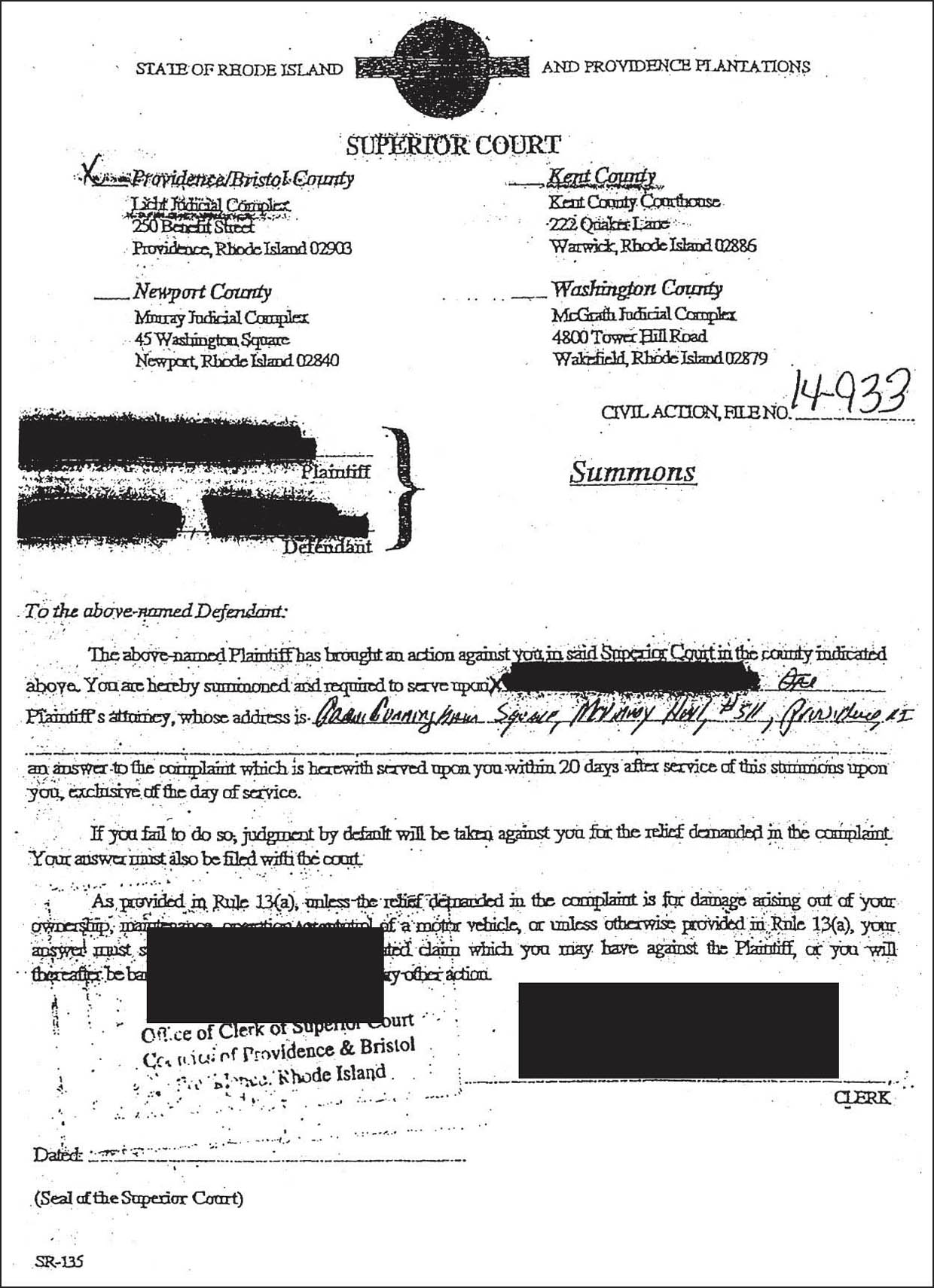
105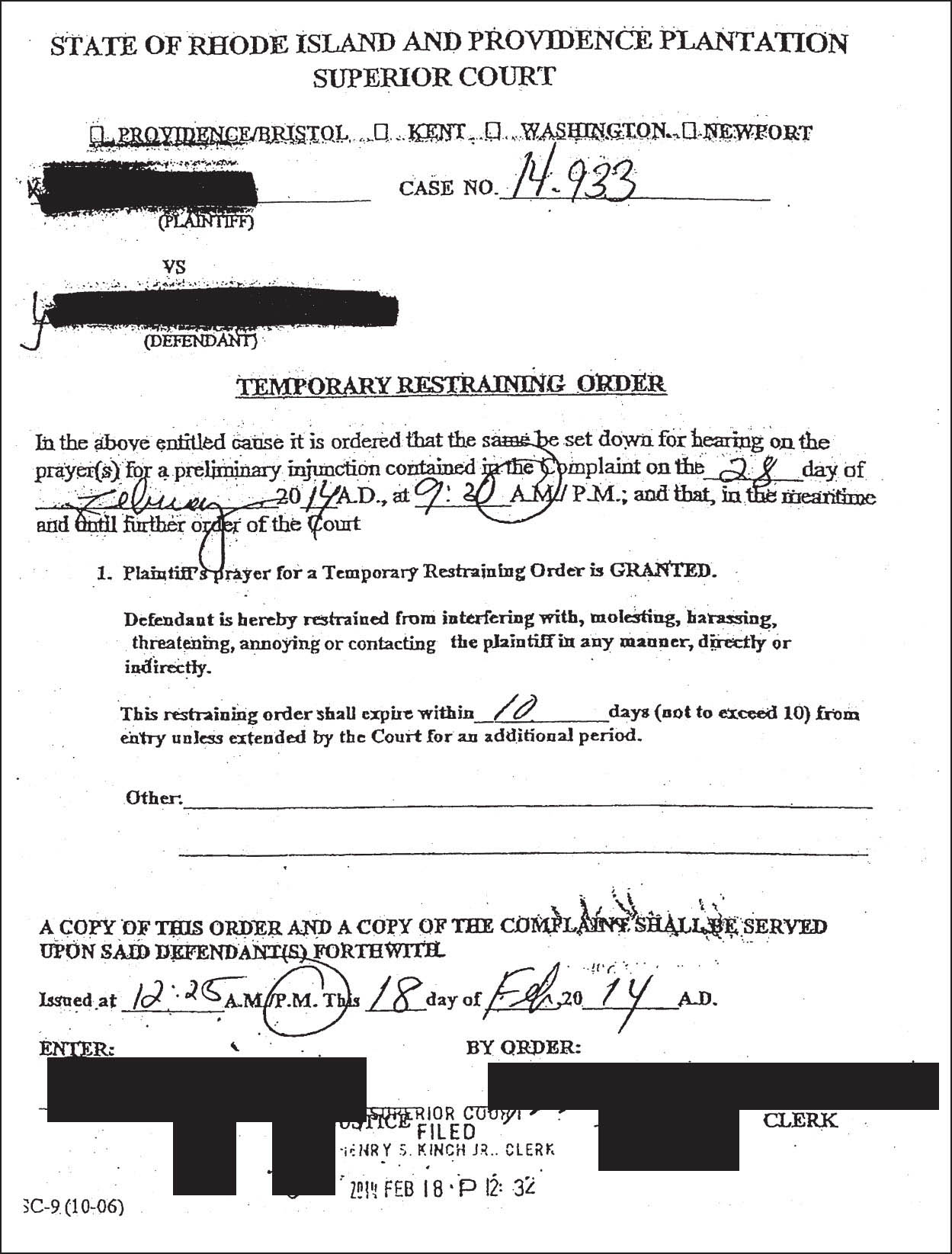
106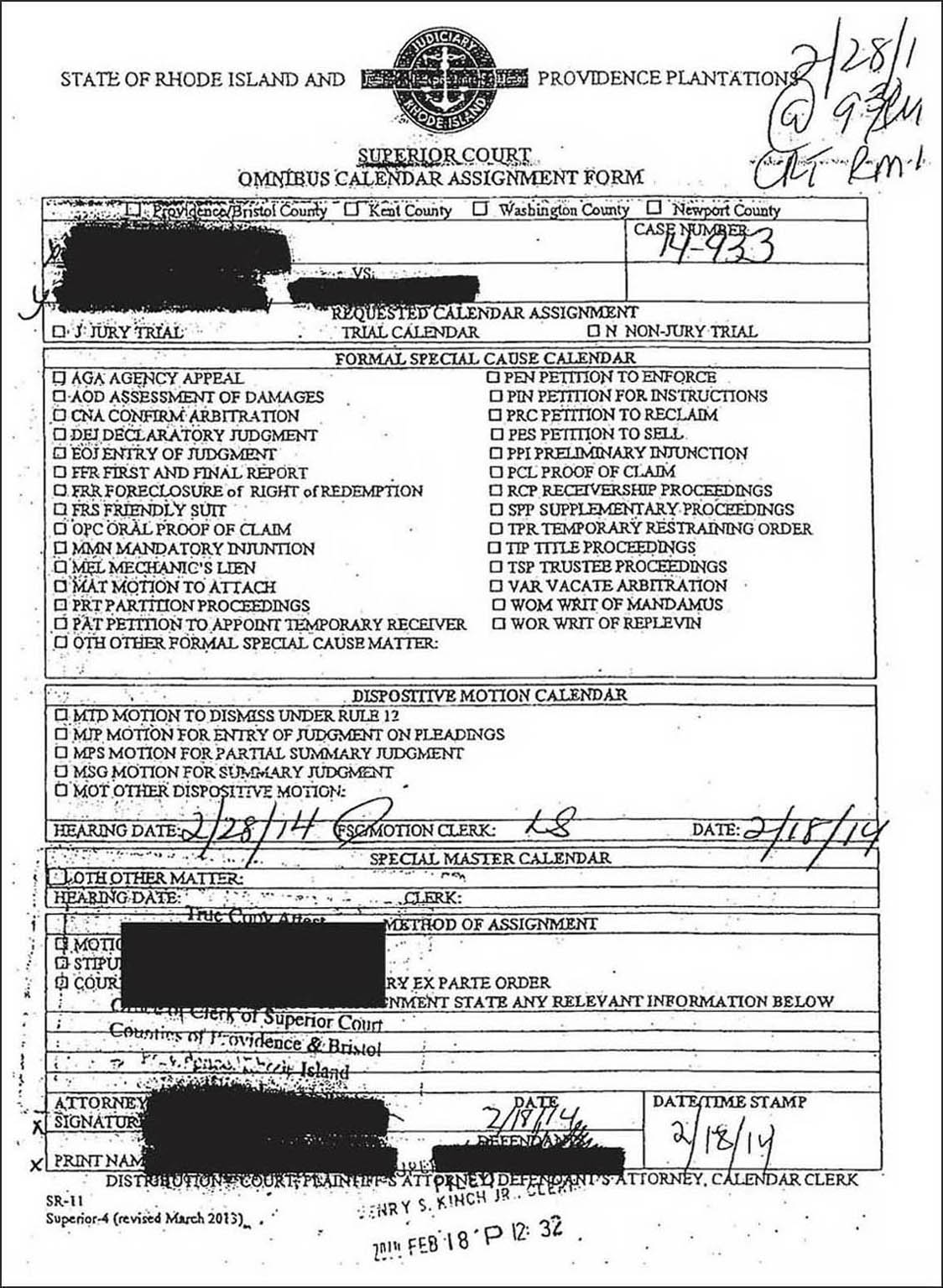
107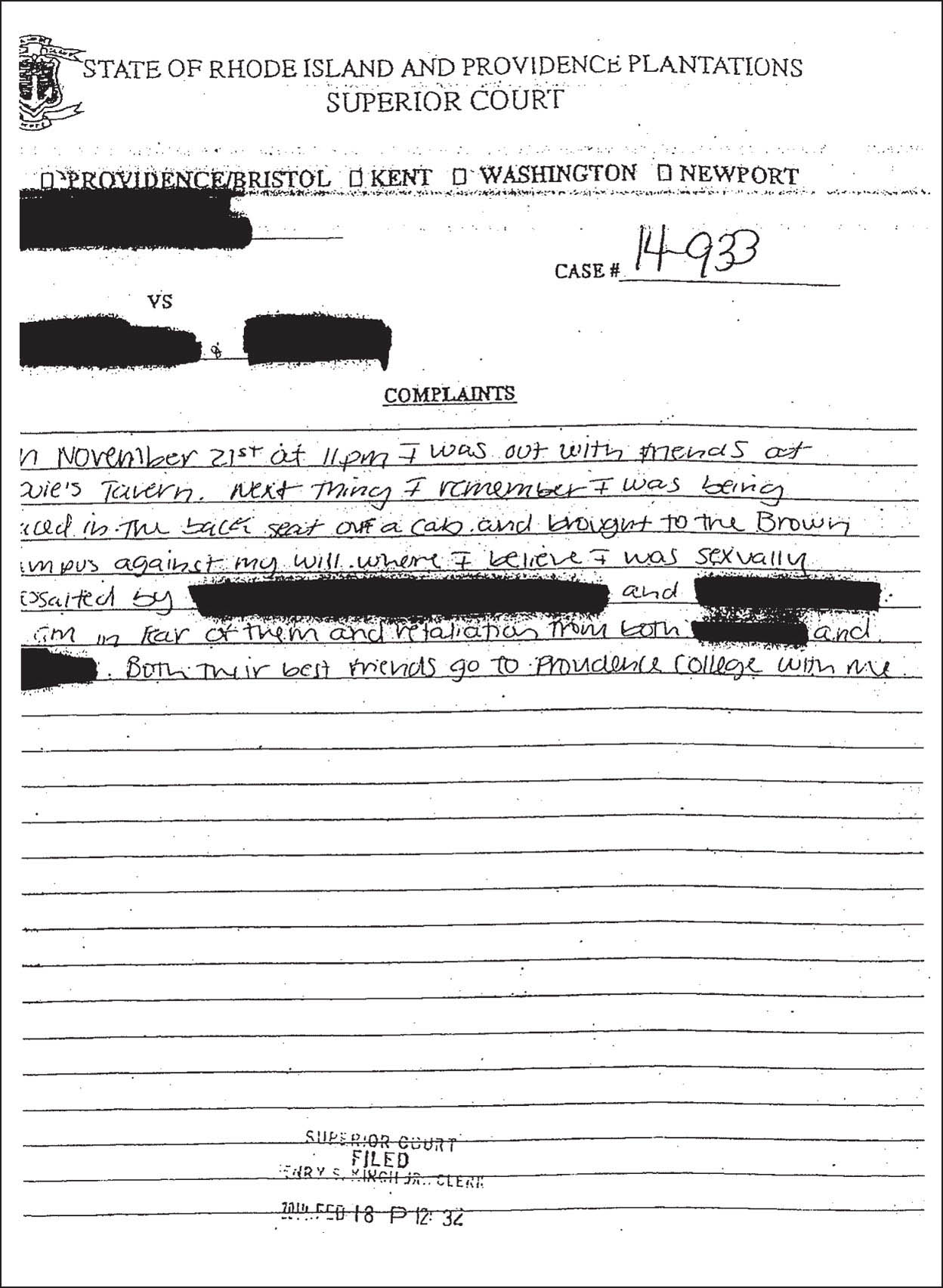
108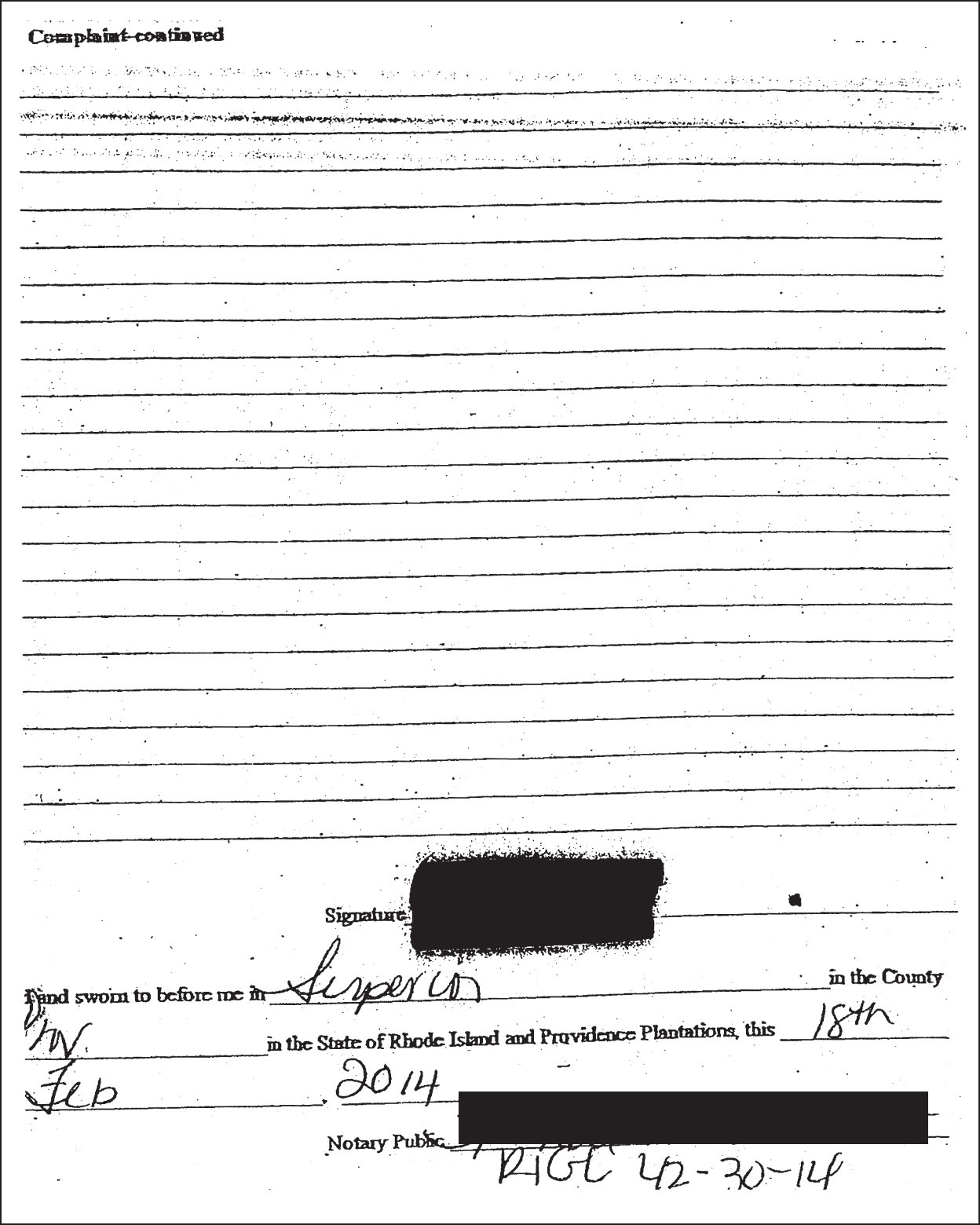
109